
construction and supply, installation and maintenance.
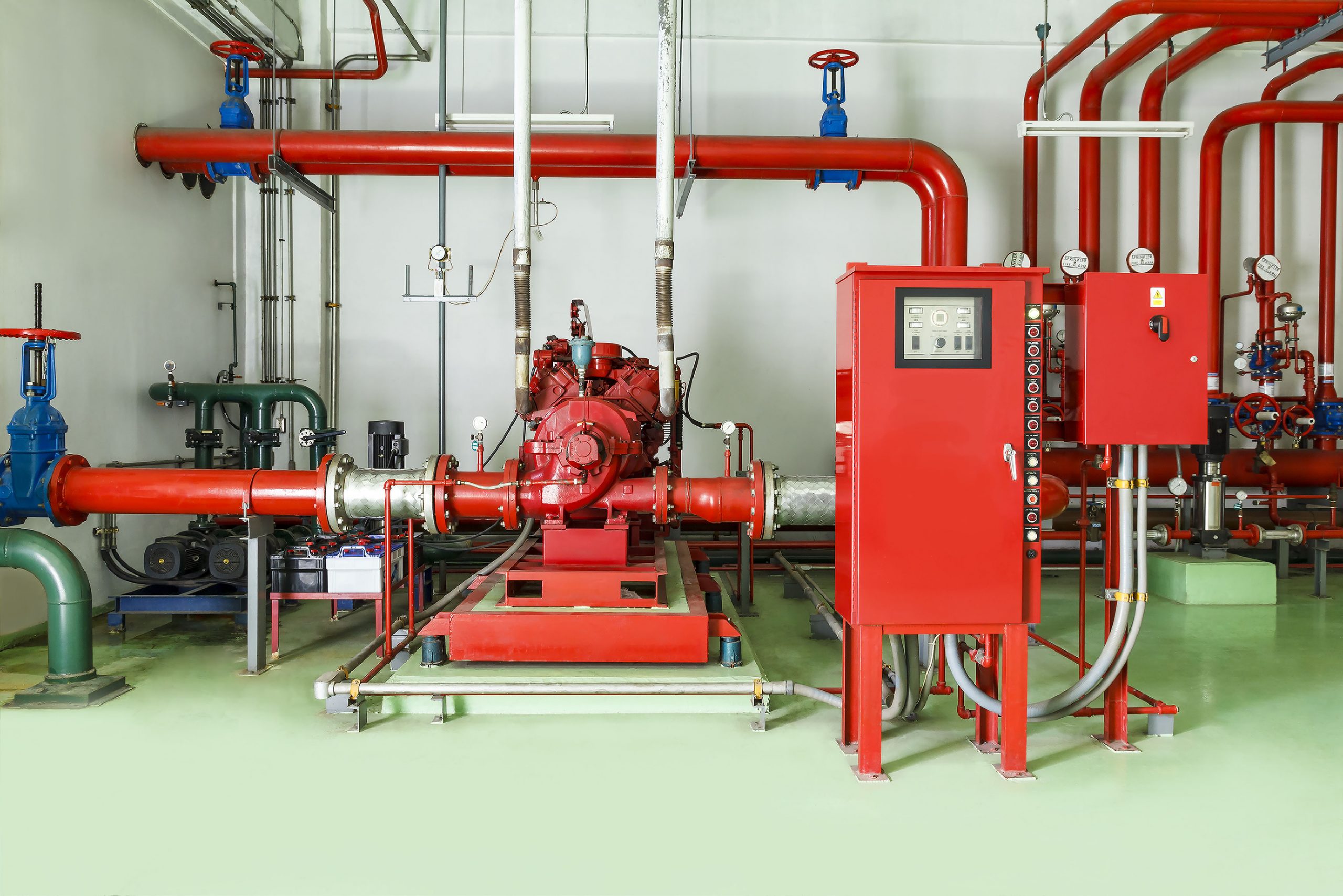
construction and supply, installation and maintenance.


construction and supply, installation and maintenance.

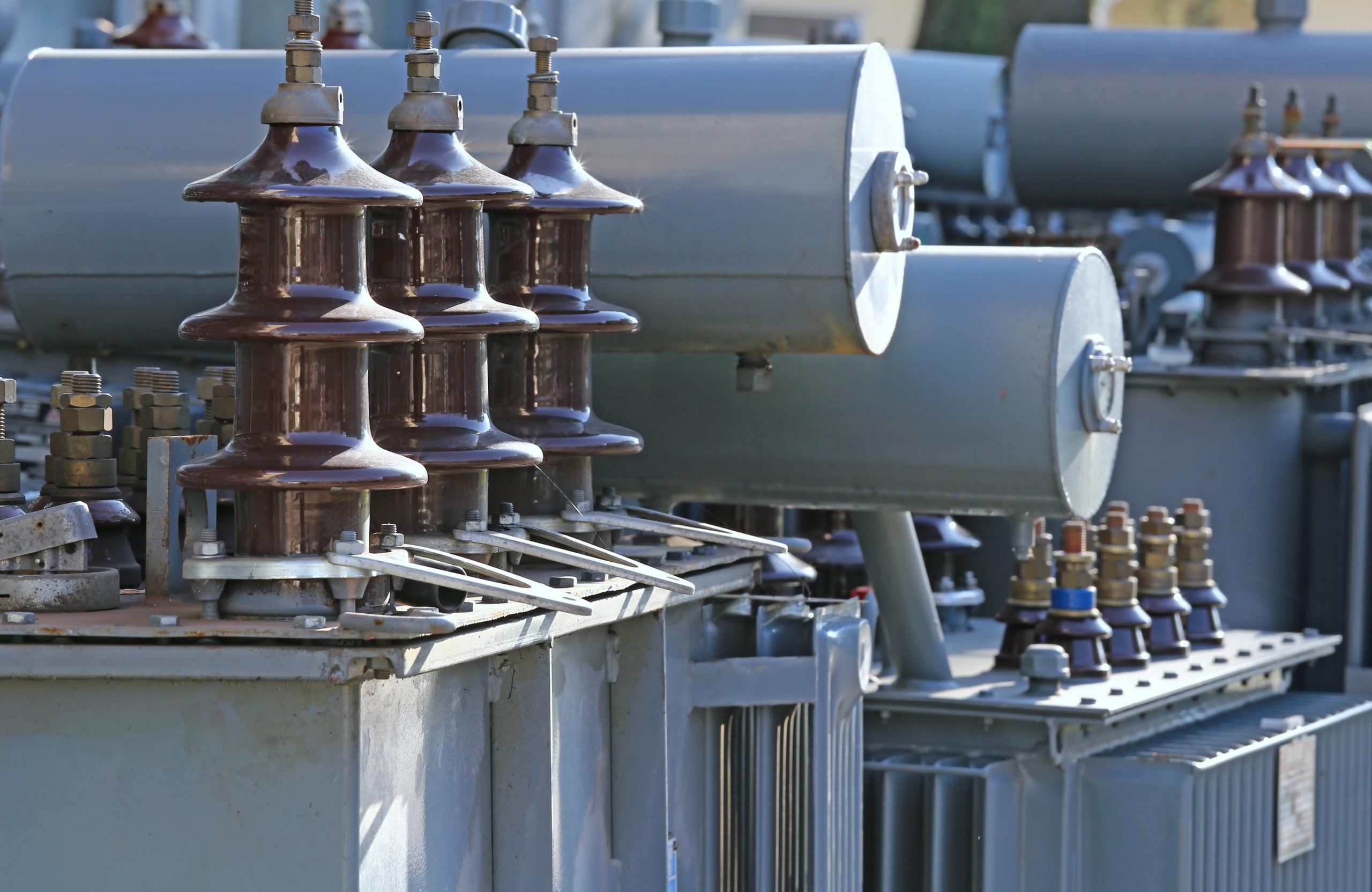
construction and supply, installation and maintenance.

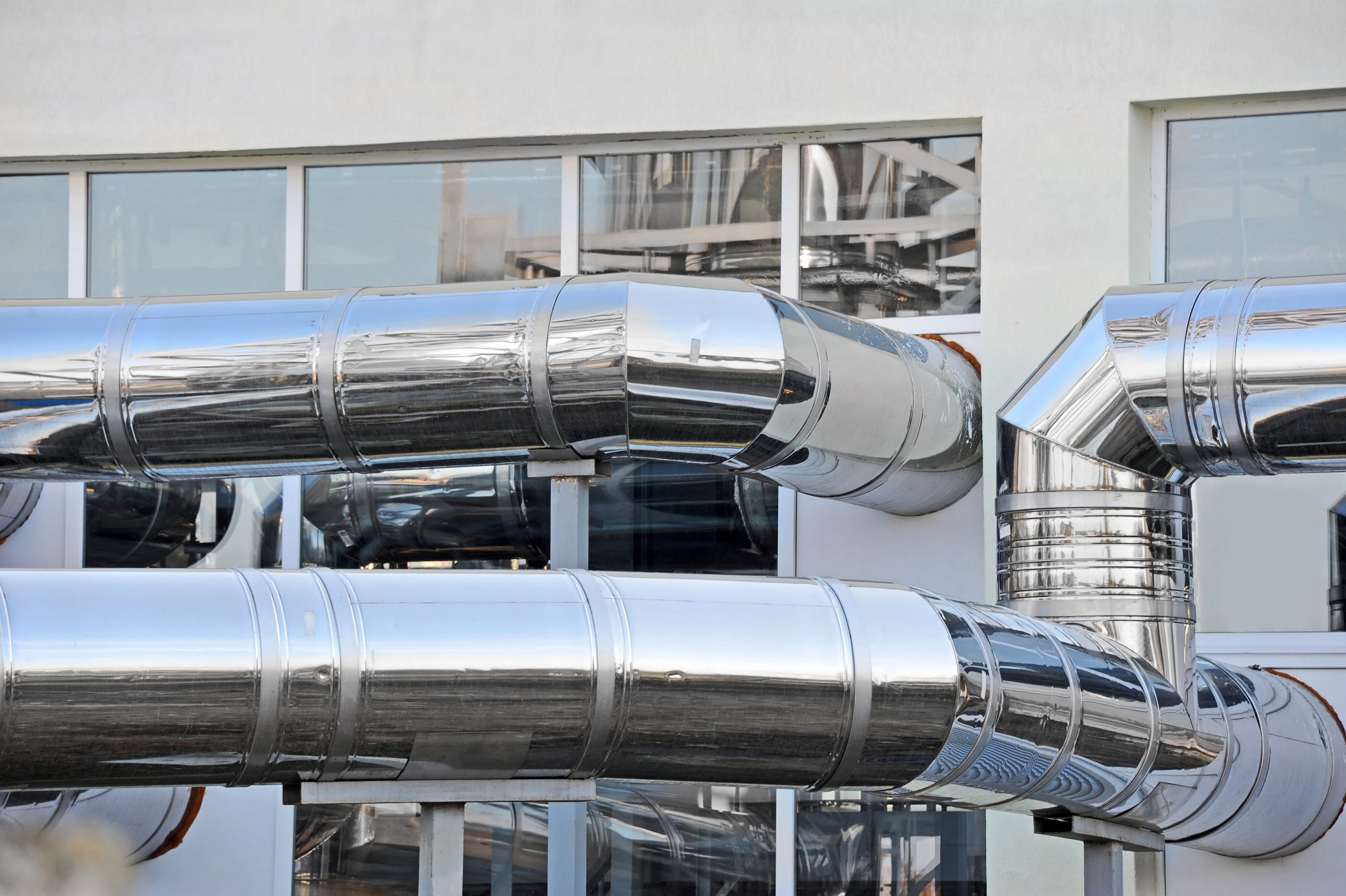
construction and supply, installation and maintenance.

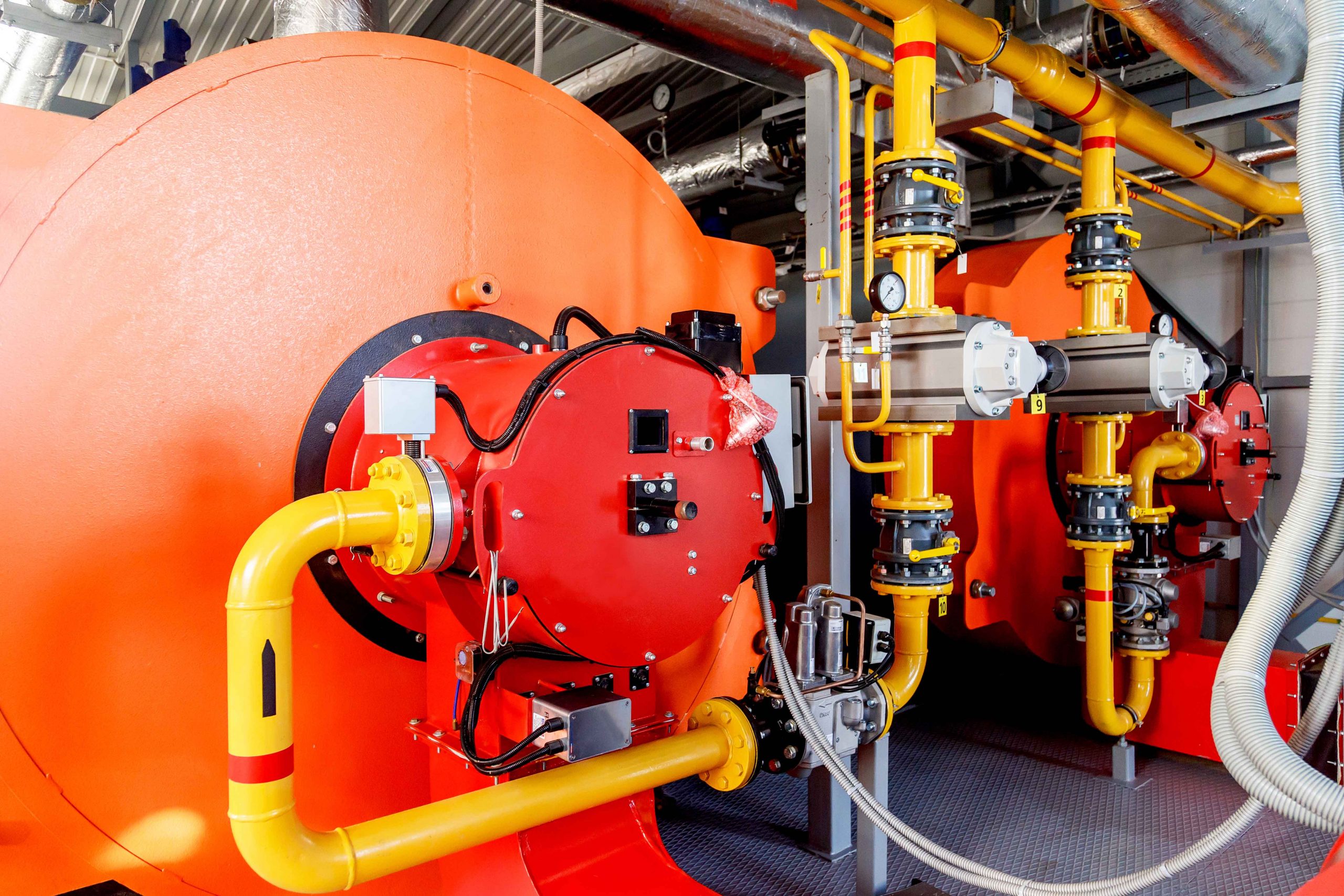
construction and supply, installation and maintenance.

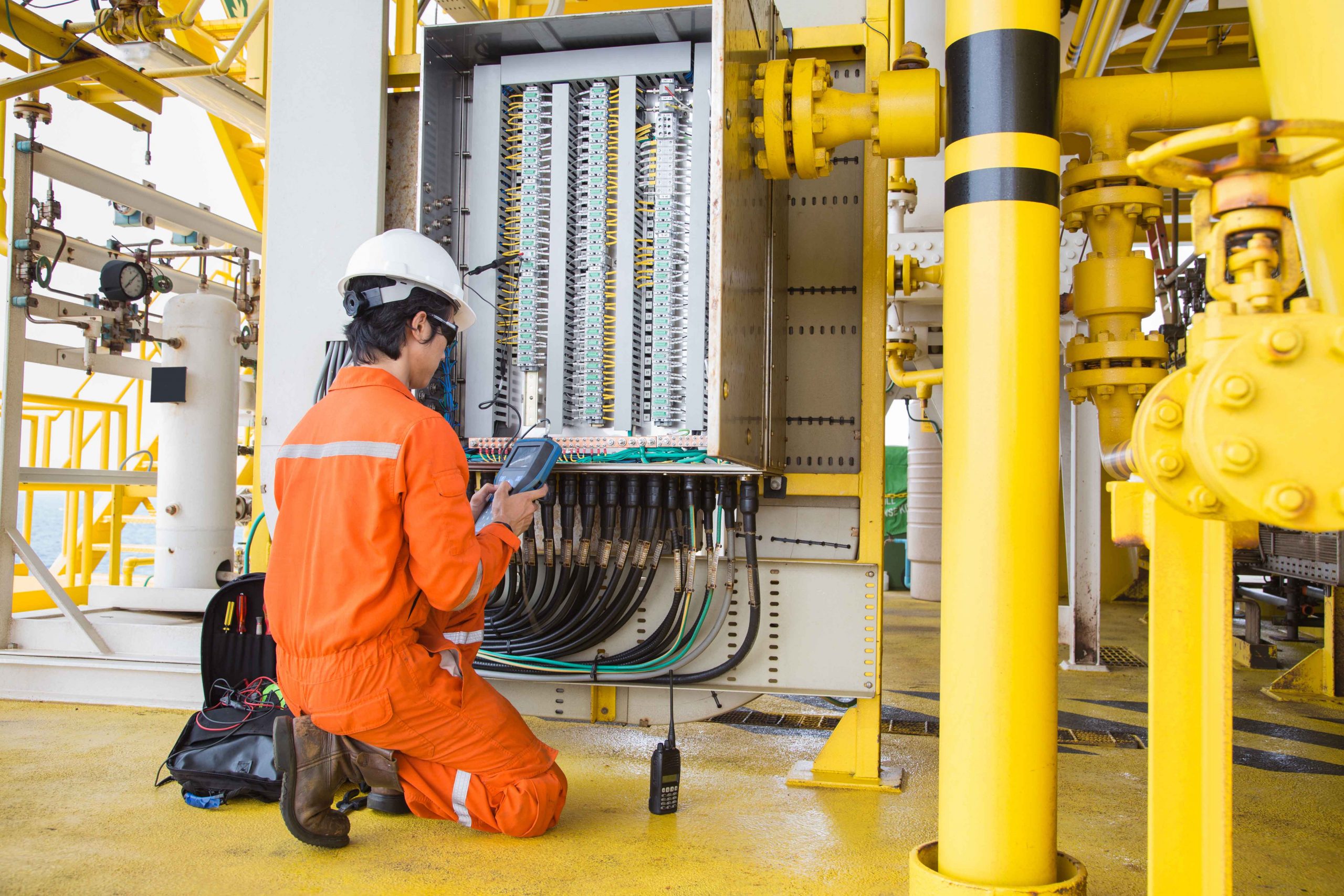
construction and supply, installation and maintenance.

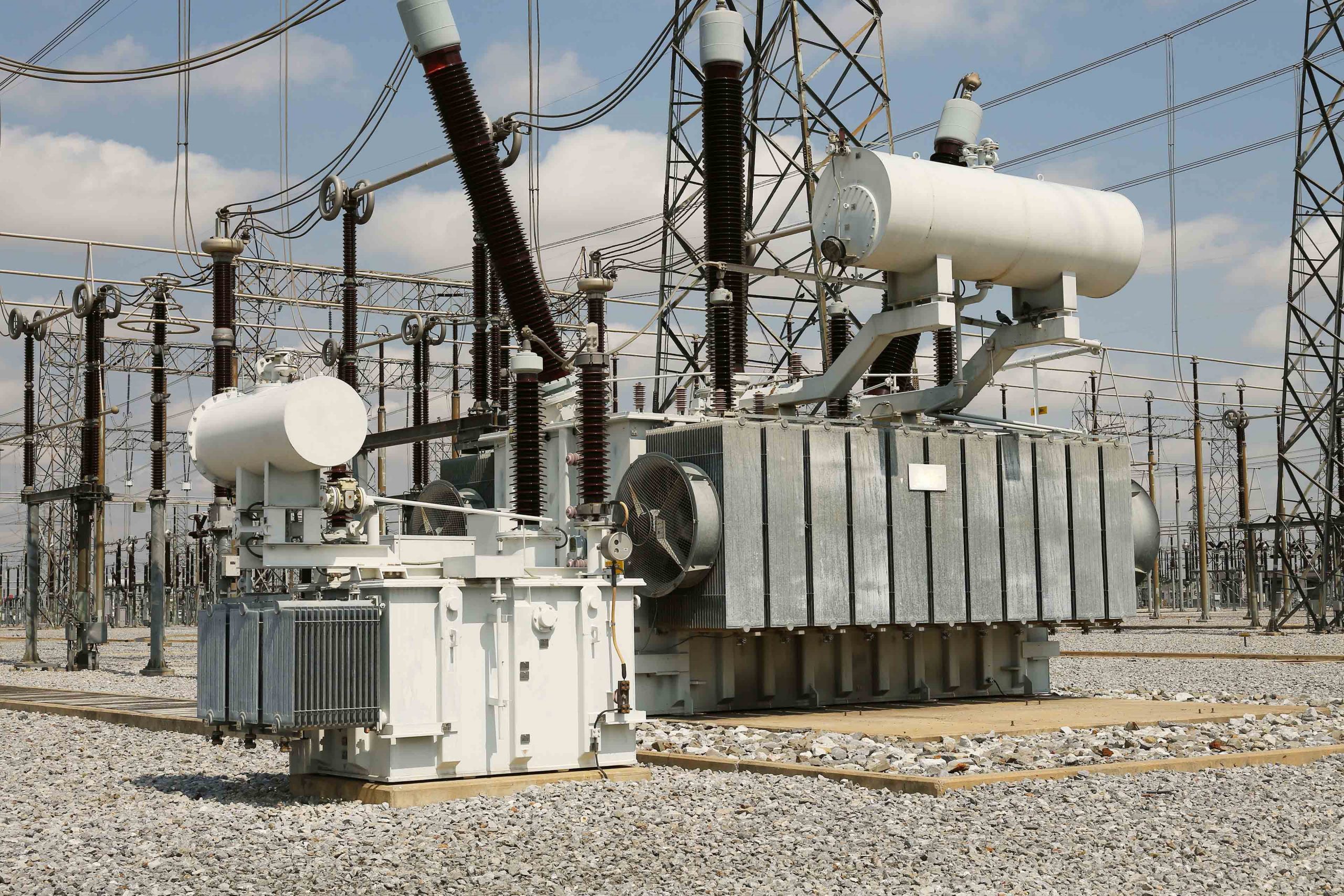
construction and supply, installation and maintenance.


construction and supply, installation and maintenance.


construction and supply, installation and maintenance.


construction and supply, installation and maintenance.

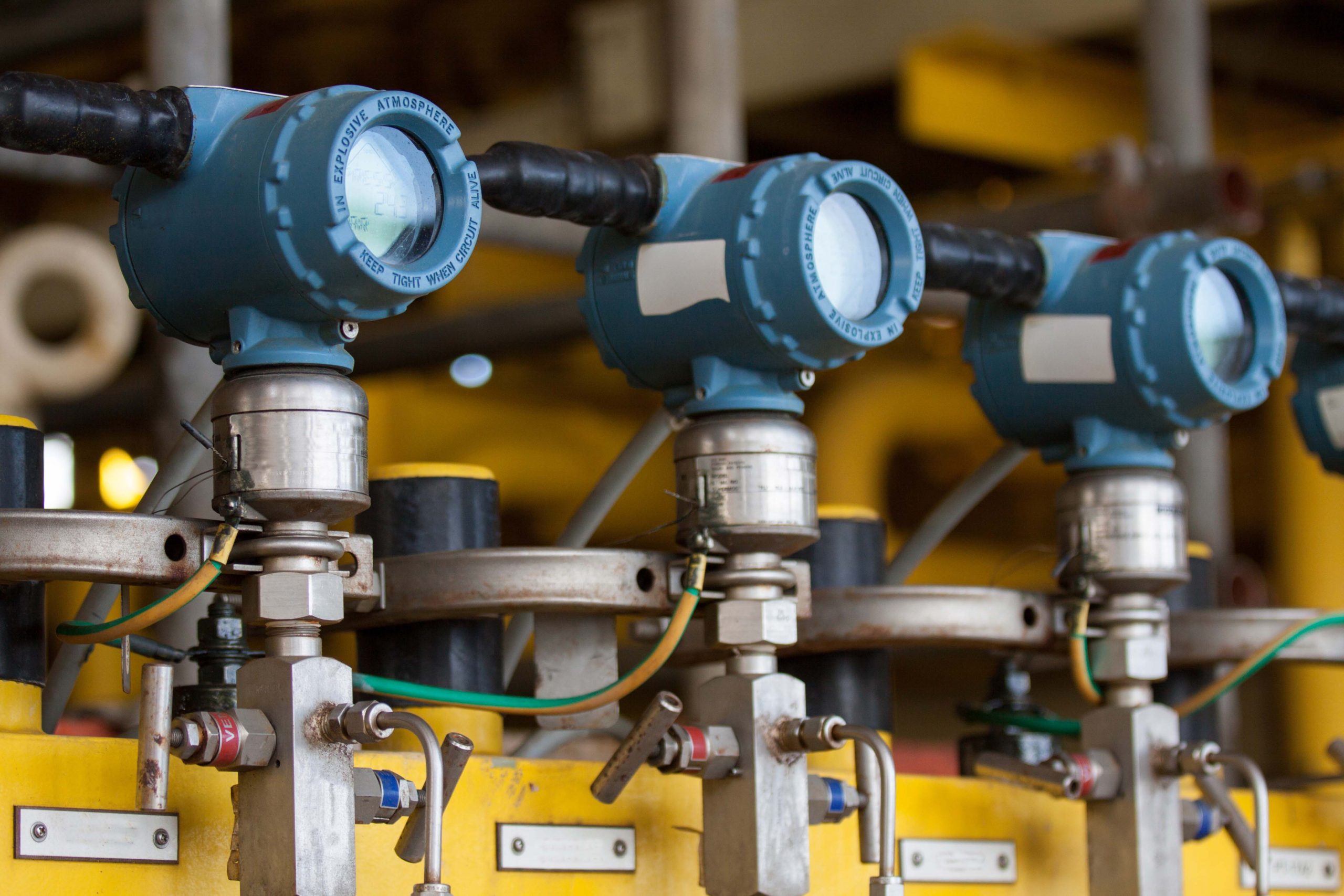
construction and supply, installation and maintenance.

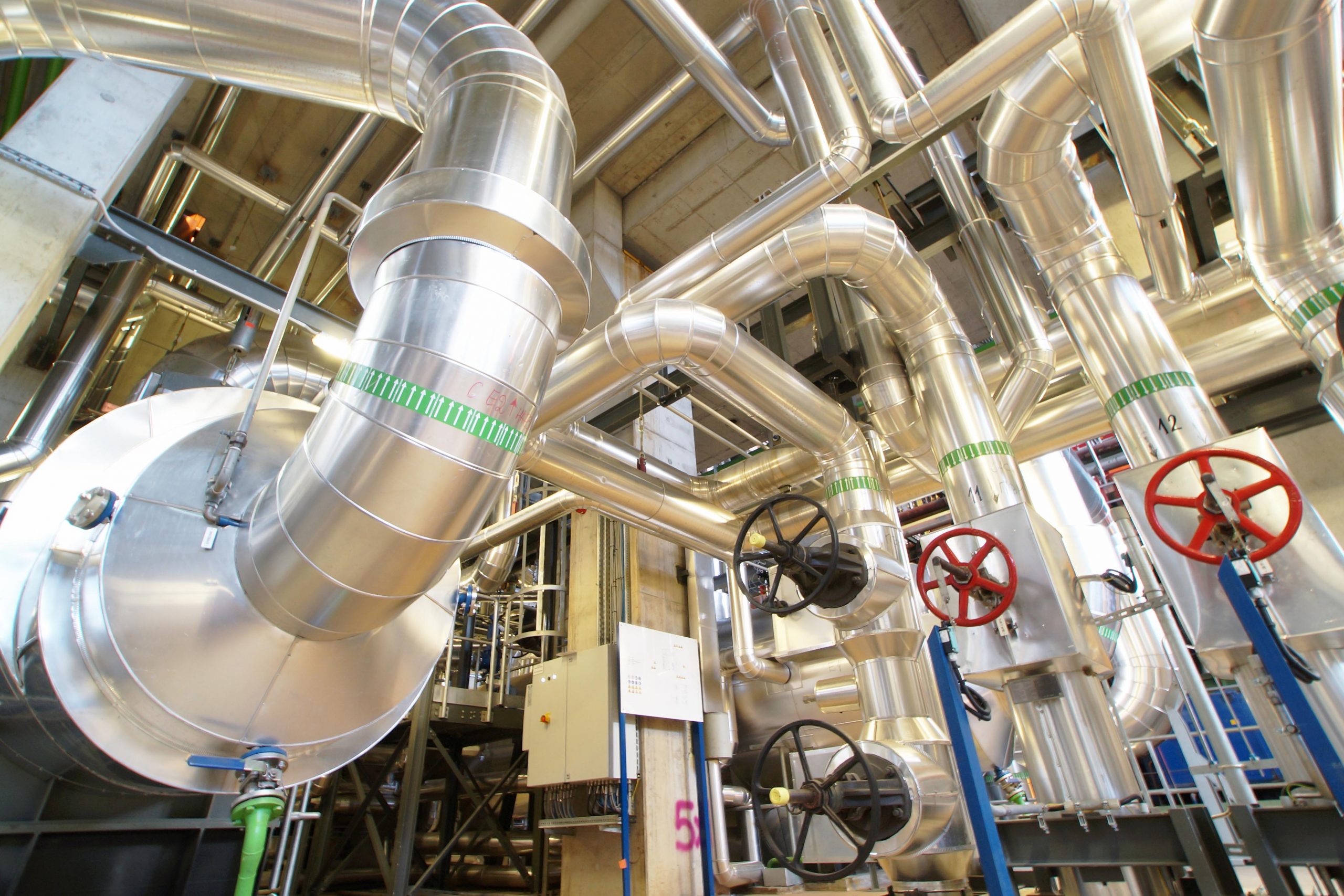
construction and supply, installation and maintenance.

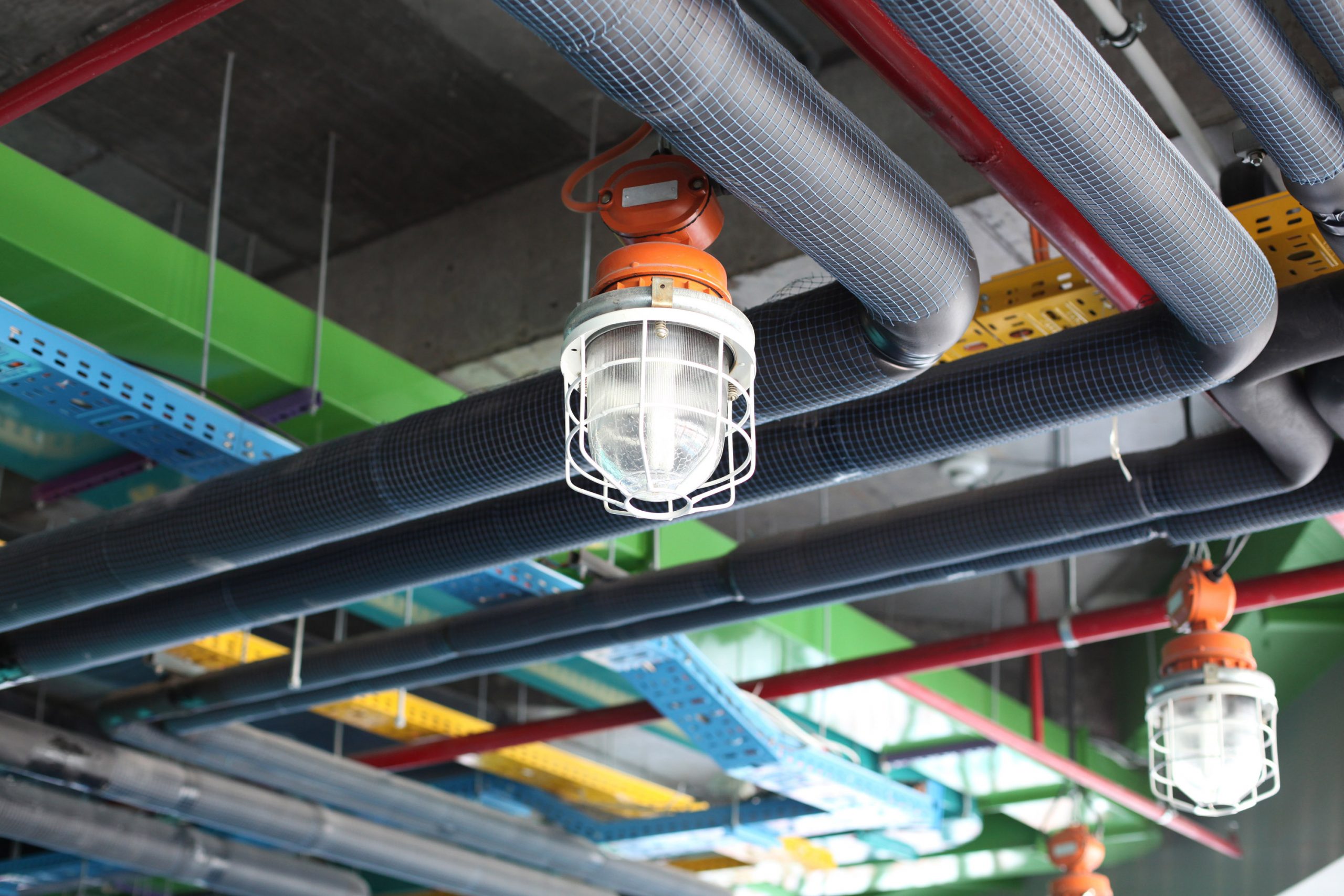
construction and supply, installation and maintenance.

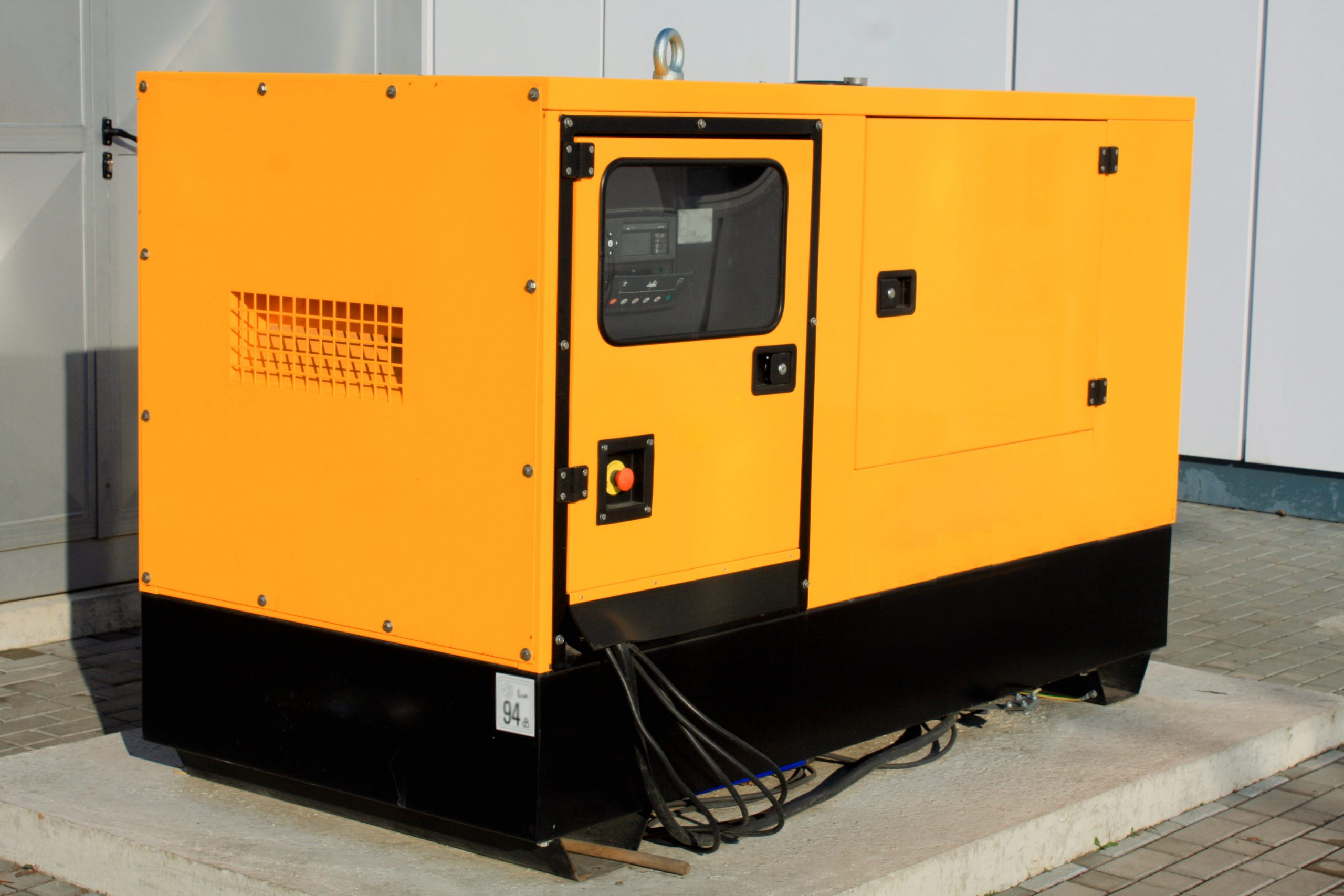
construction and supply, installation and maintenance.

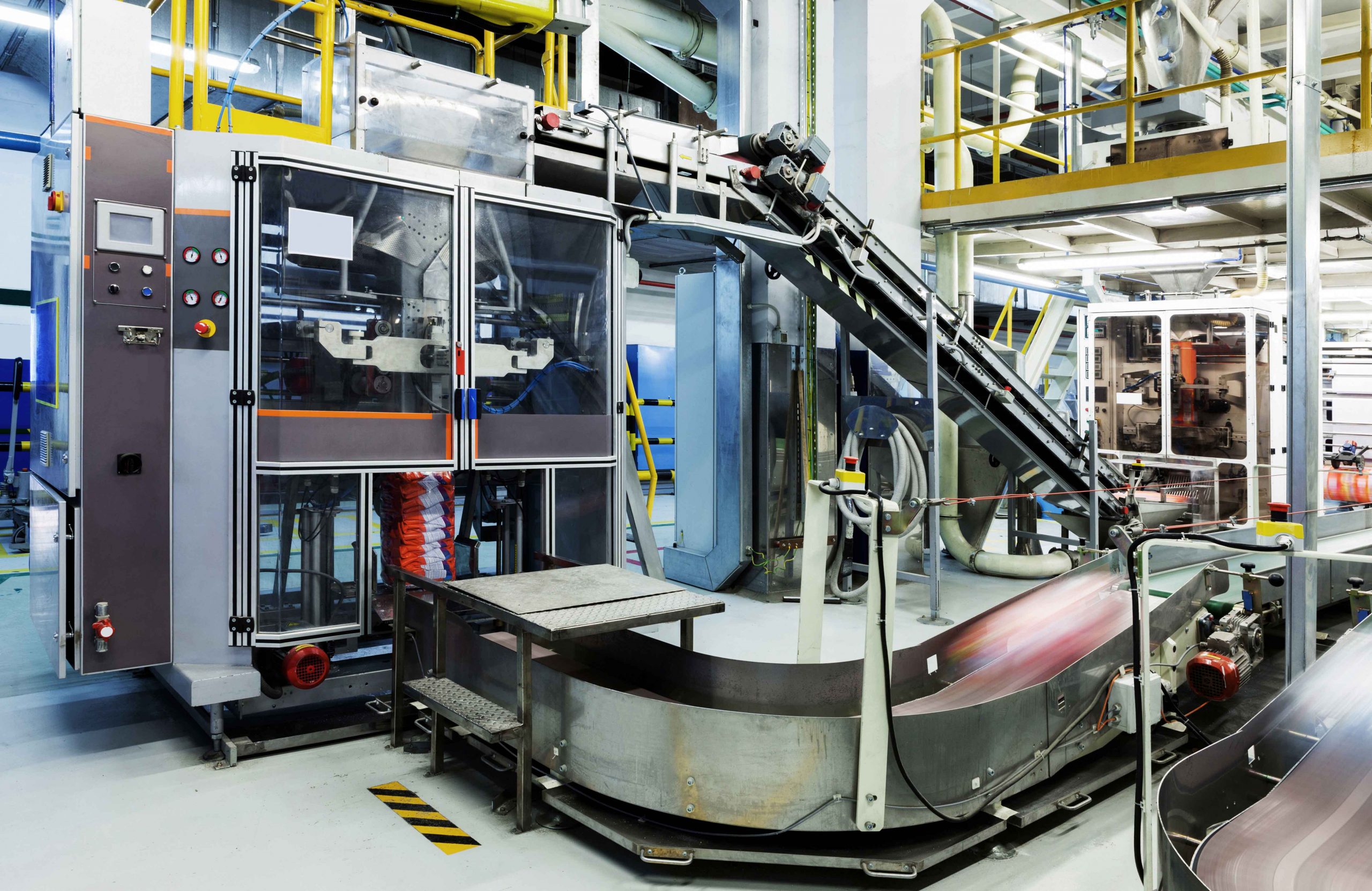
construction and supply, installation and maintenance.

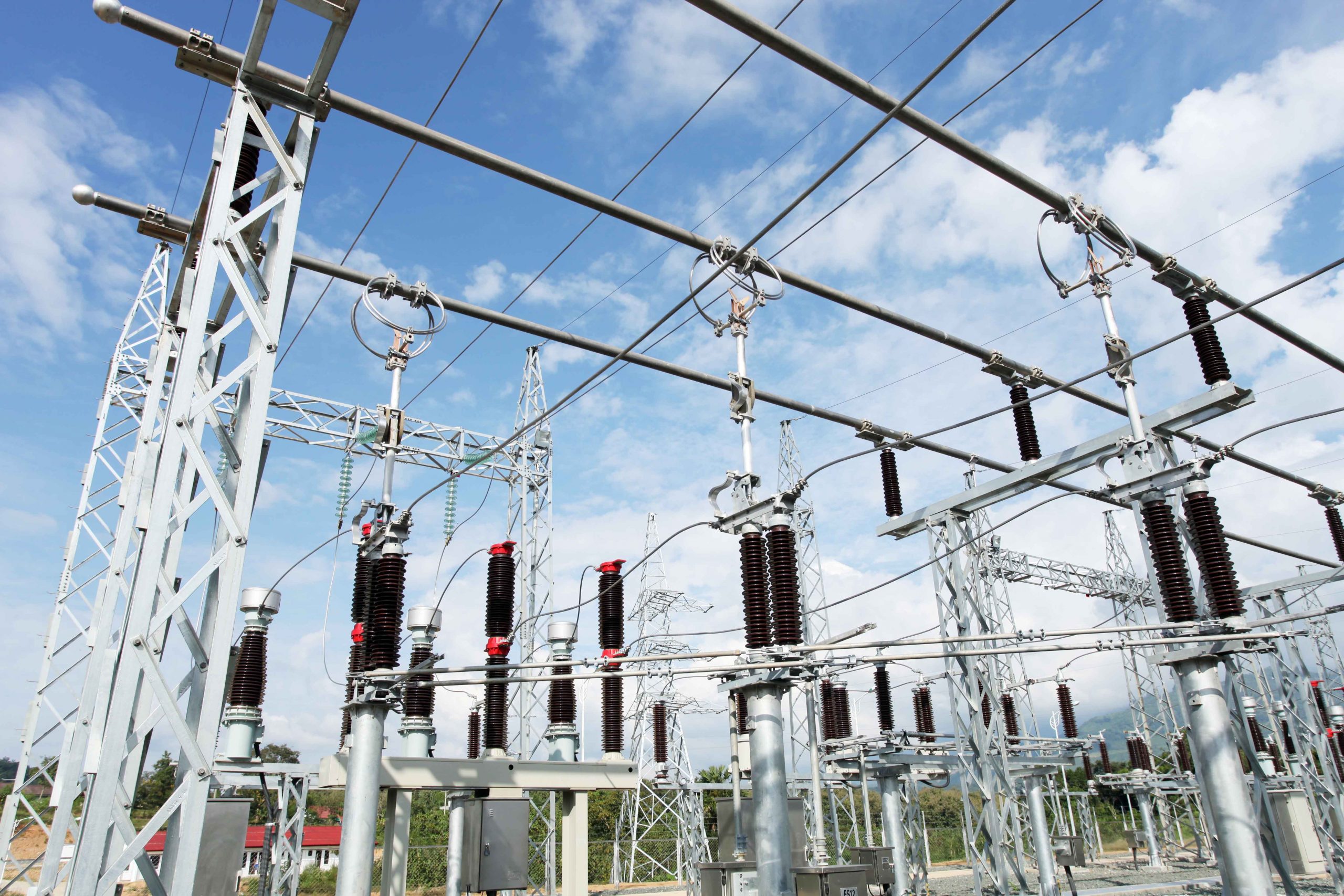
construction and supply, installation and maintenance.


construction and supply, installation and maintenance.

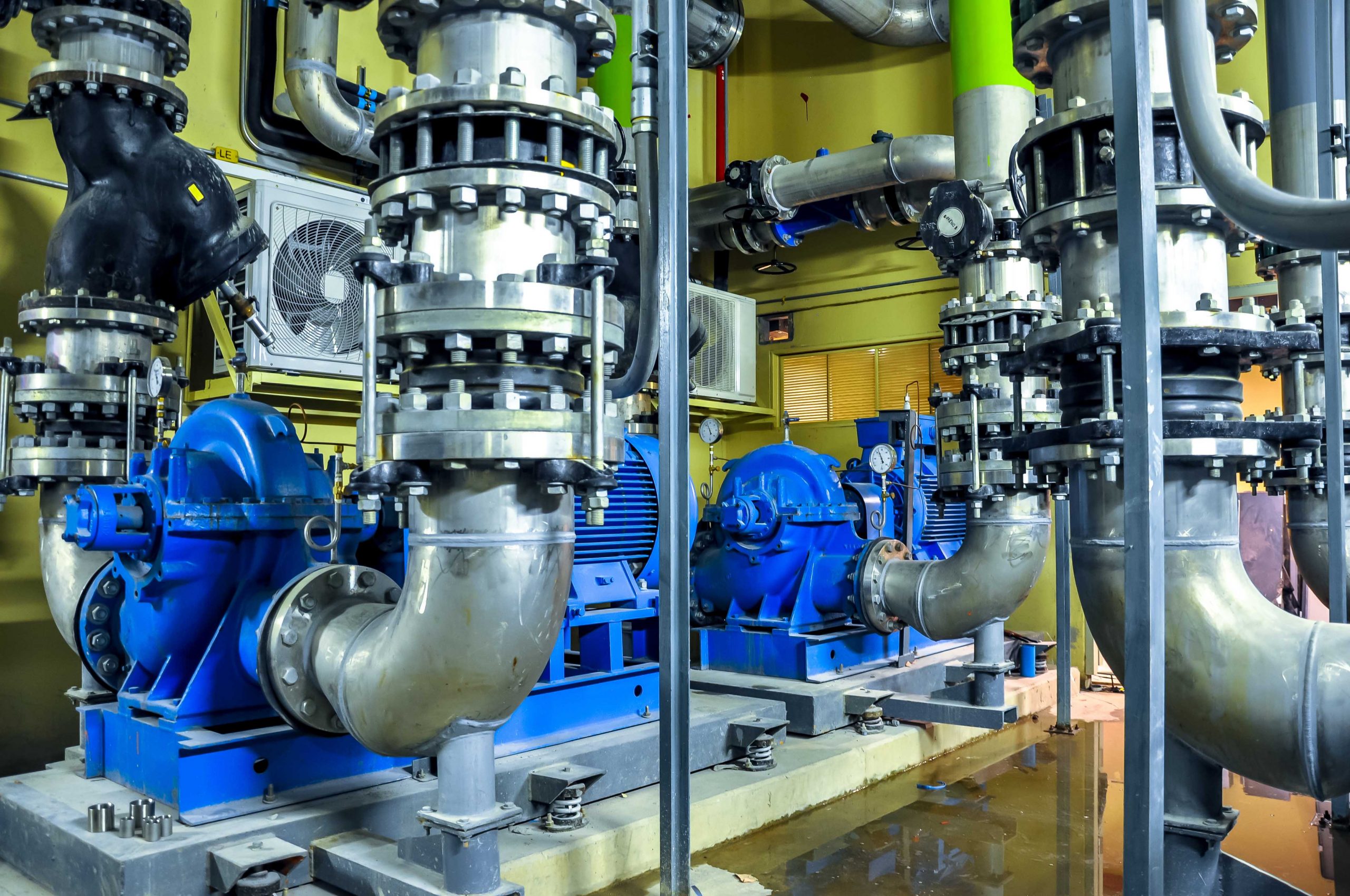
construction and supply, installation and maintenance.


construction and supply, installation and maintenance.


construction and supply, installation and maintenance.


construction and supply, installation and maintenance.


construction and supply, installation and maintenance.

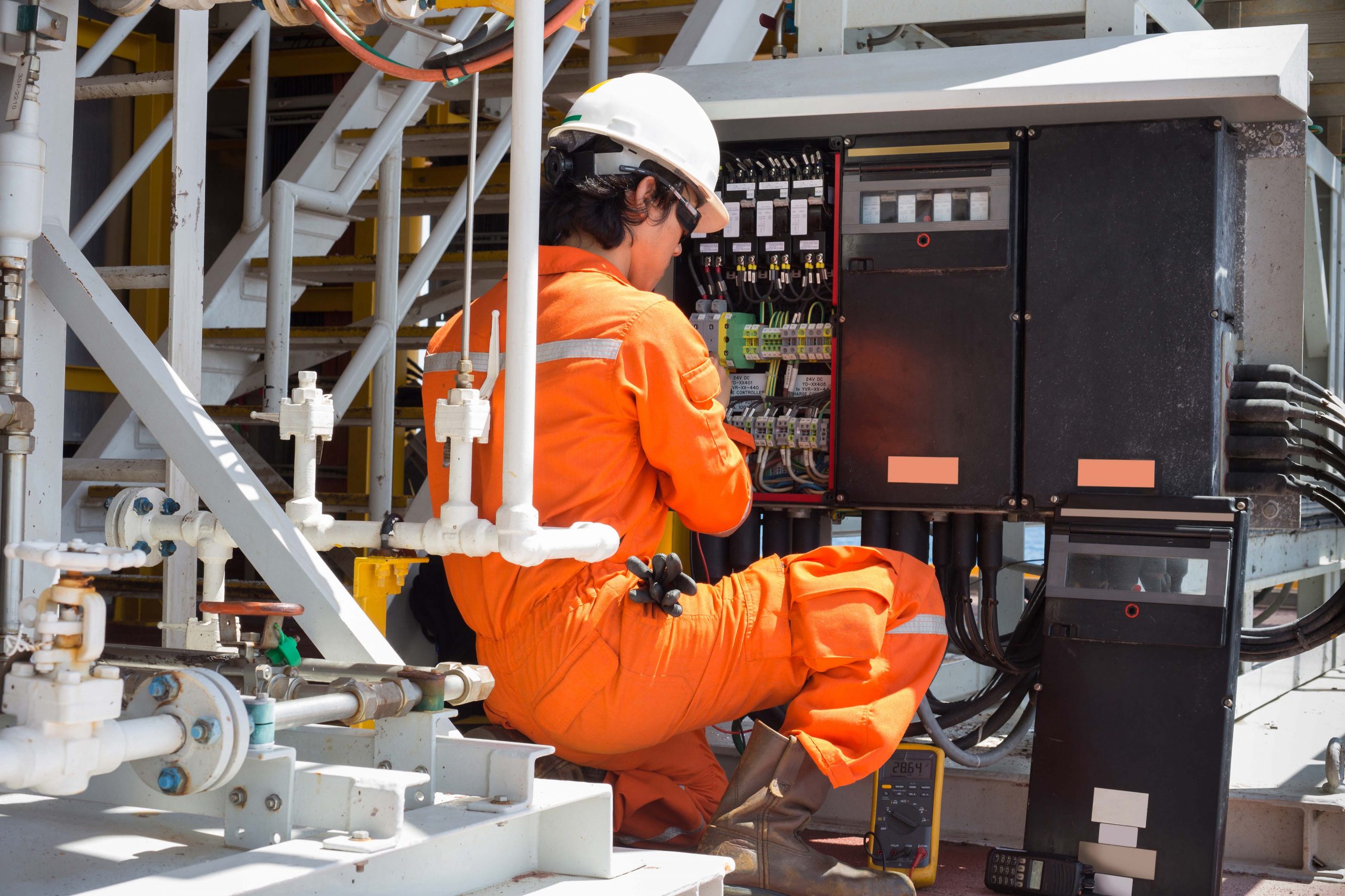
construction and supply, installation and maintenance.


construction and supply, installation and maintenance.


construction and supply, installation and maintenance.


construction and supply, installation and maintenance.

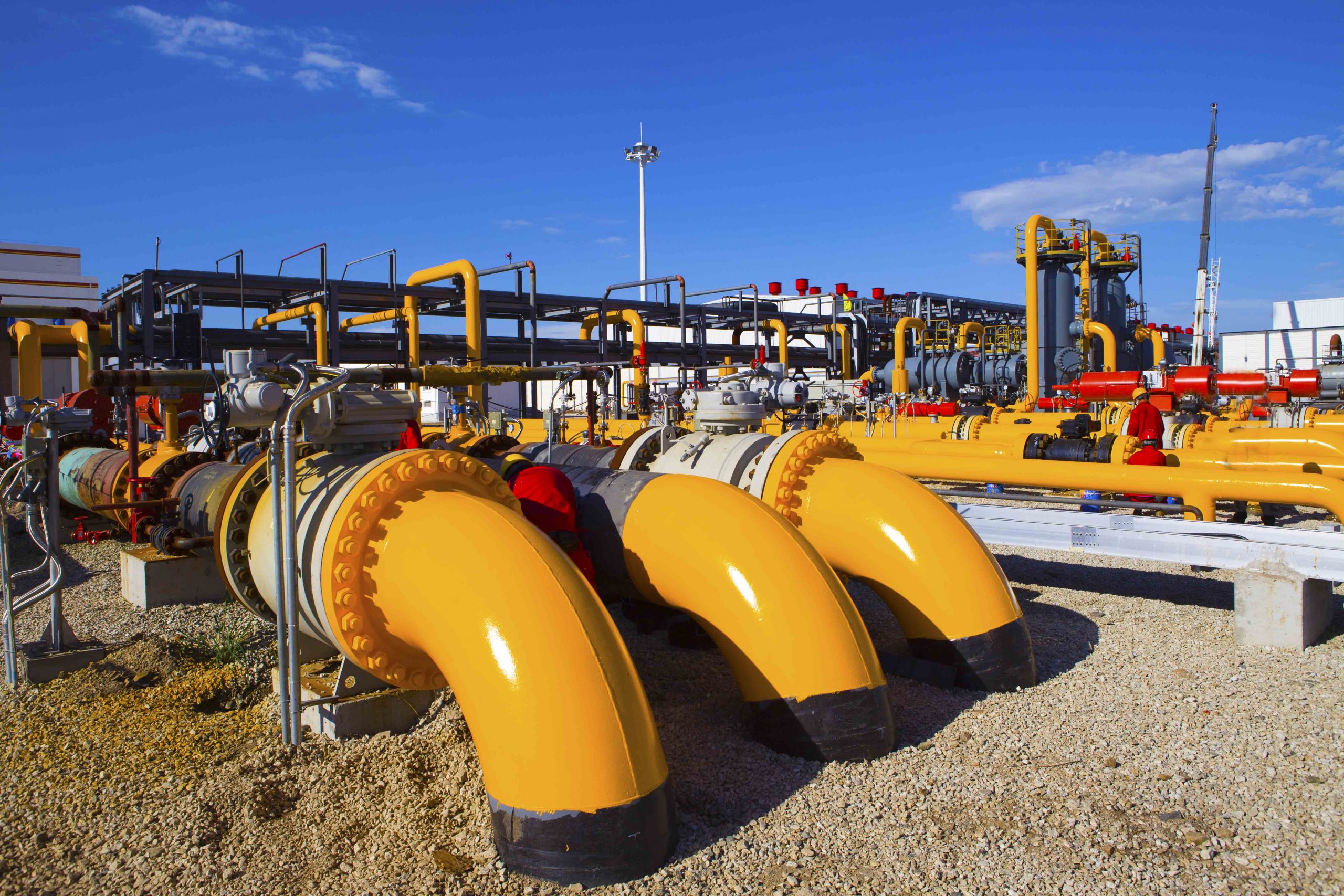
construction and supply, installation and maintenance.

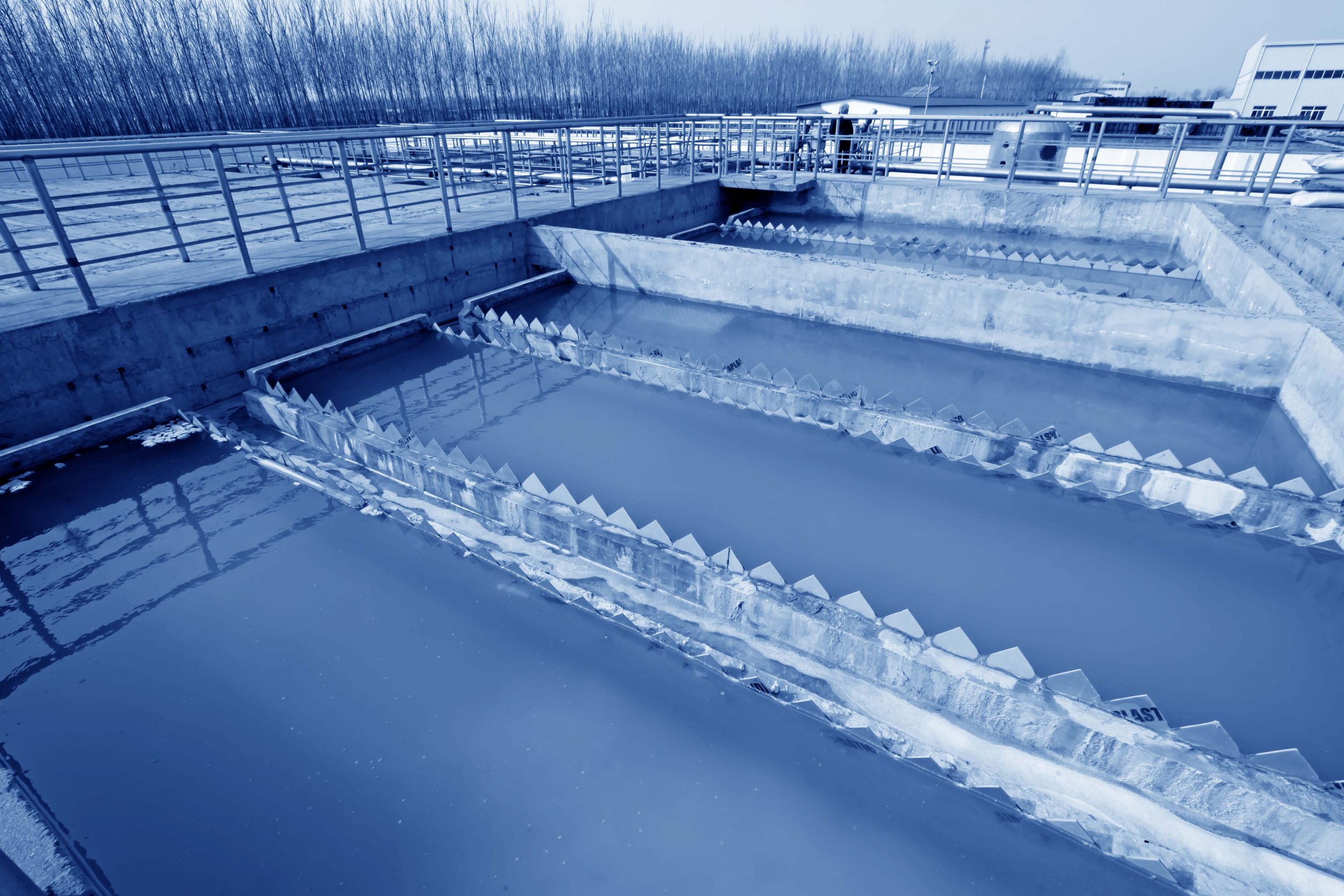
construction and supply, installation and maintenance.

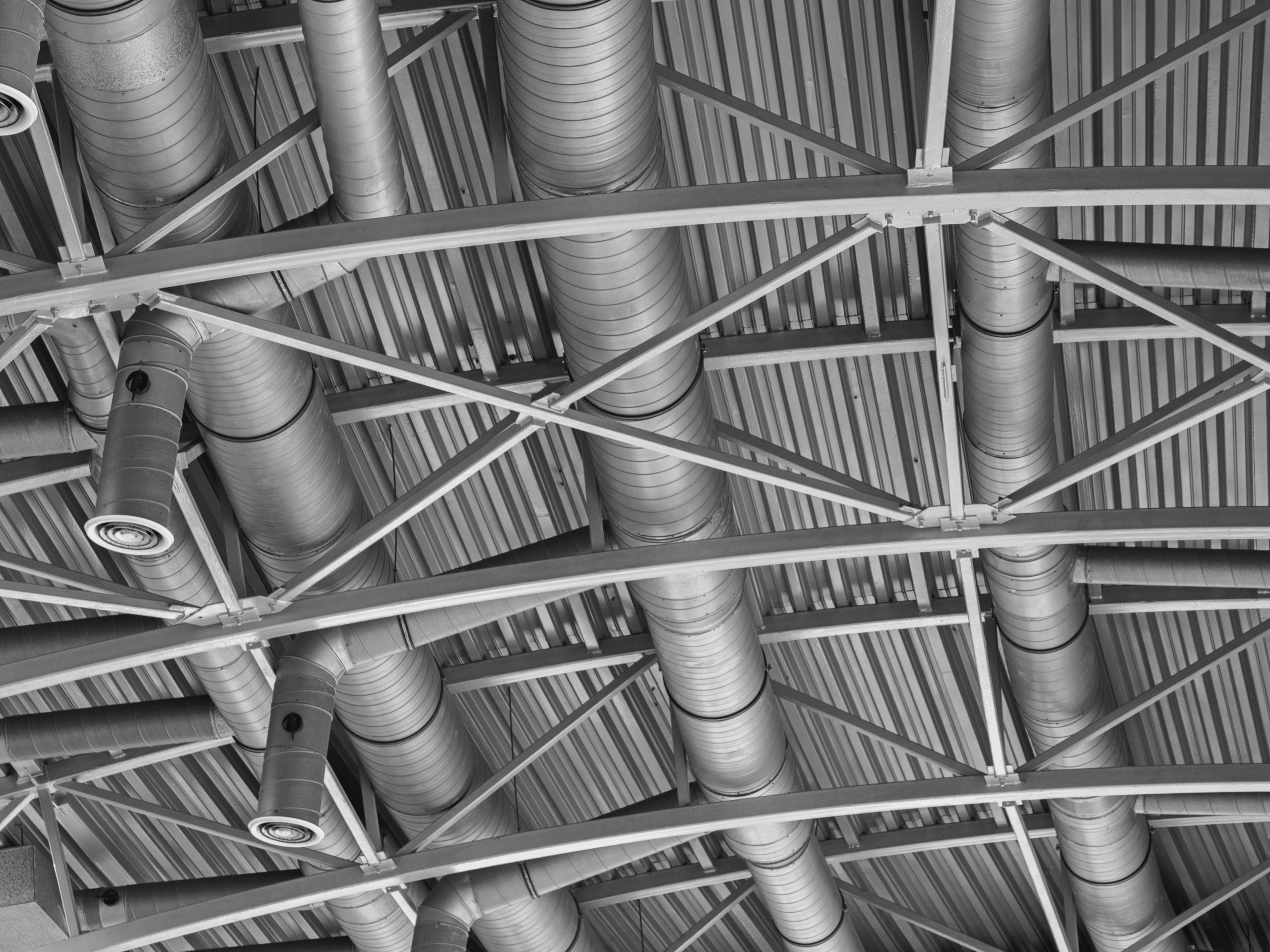
construction and supply, installation and maintenance.

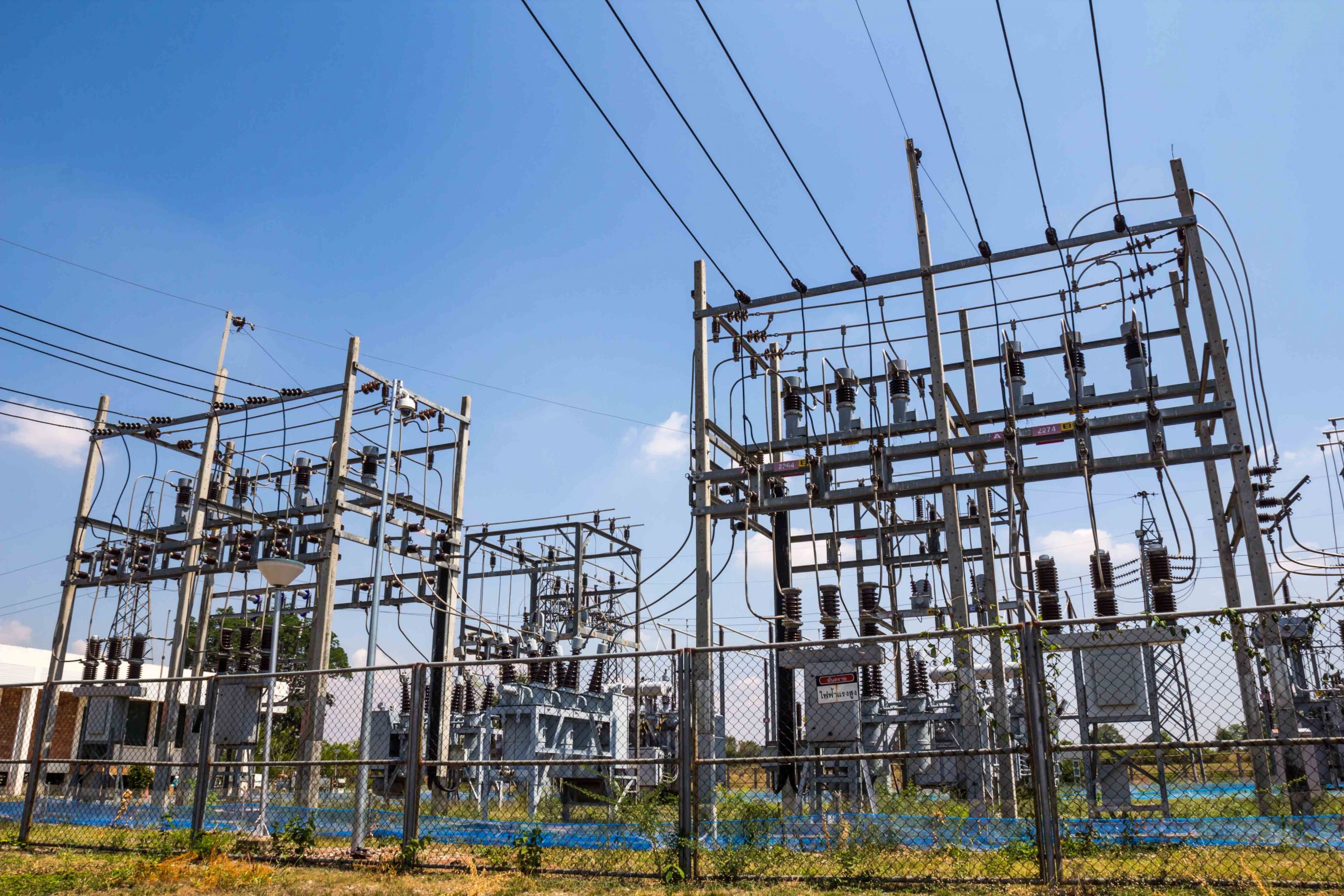
construction and supply, installation and maintenance.

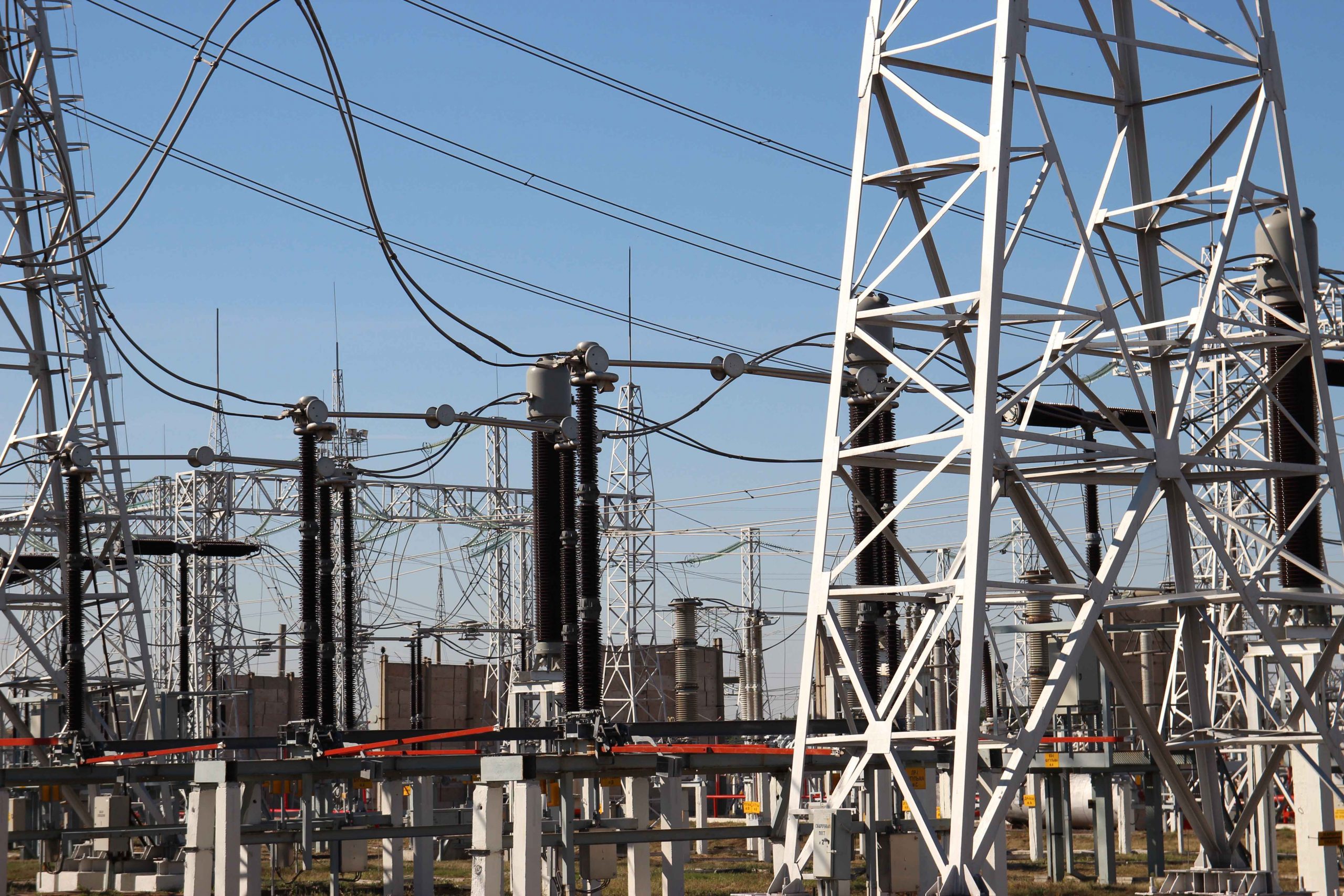
construction and supply, installation and maintenance.


construction and supply, installation and maintenance.

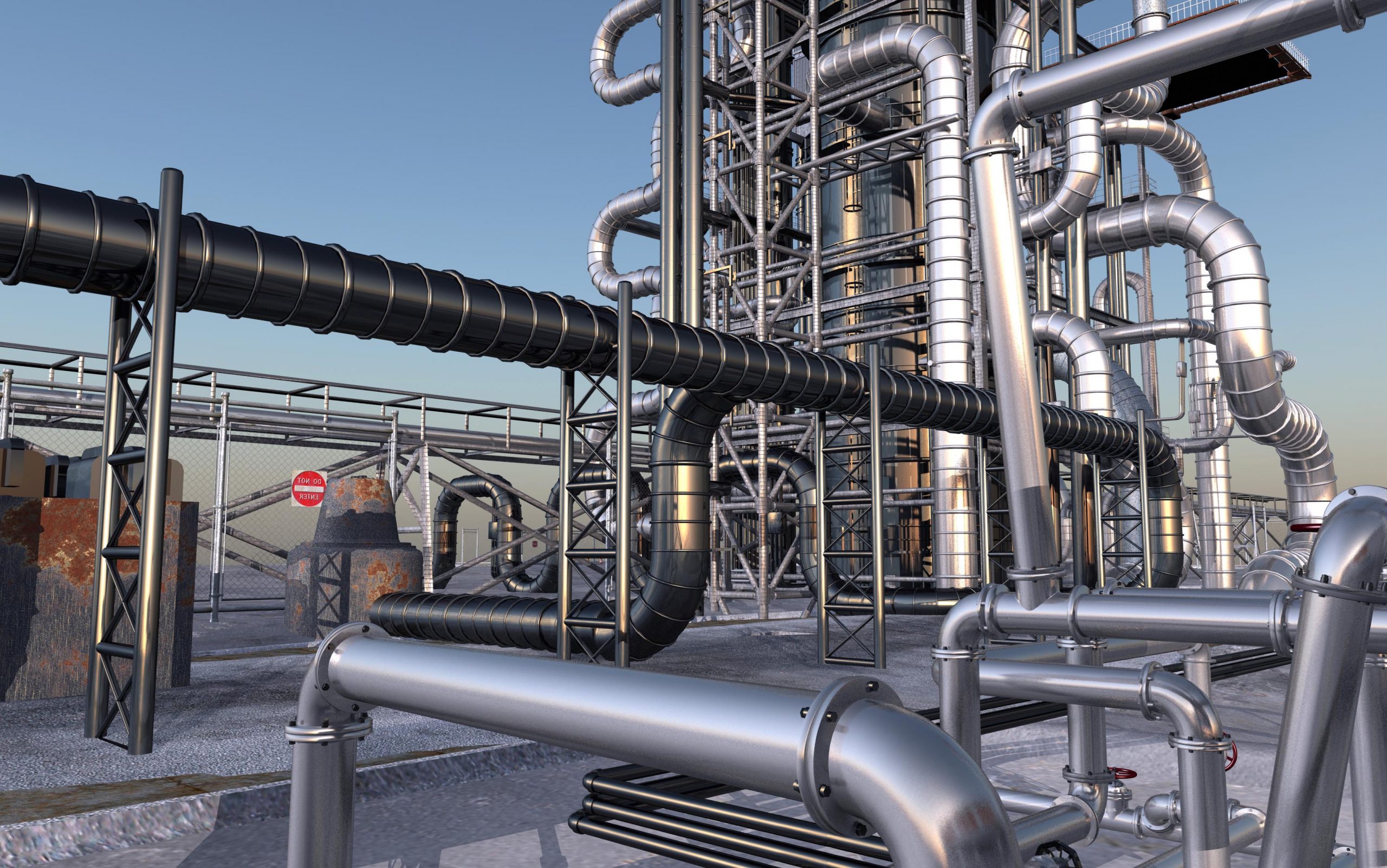
construction and supply, installation and maintenance.


construction and supply, installation and maintenance.


construction and supply, installation and maintenance.

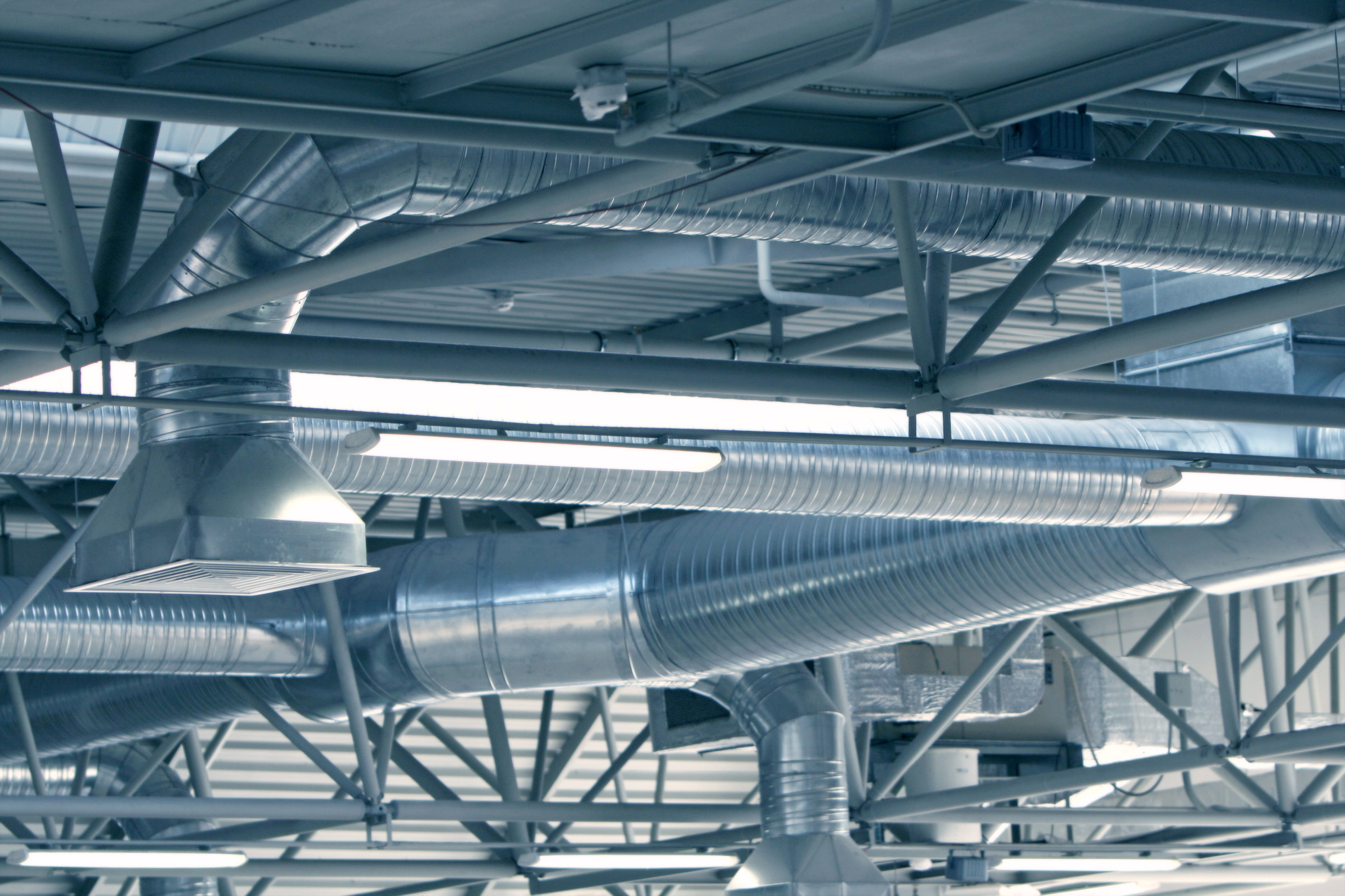
construction and supply, installation and maintenance.

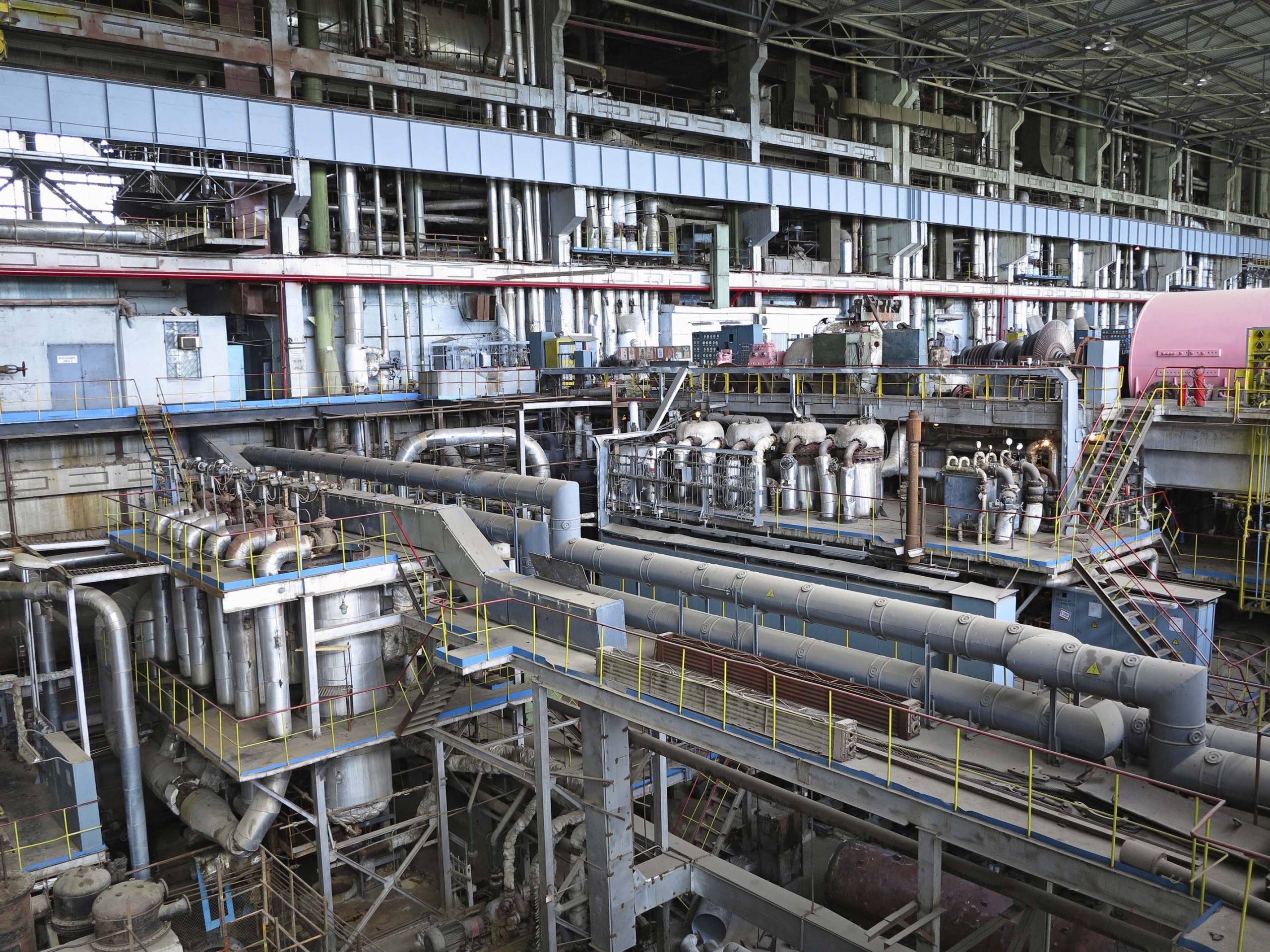
construction and supply, installation and maintenance.


construction and supply, installation and maintenance.


construction and supply, installation and maintenance.


construction and supply, installation and maintenance.


construction and supply, installation and maintenance.


construction and supply, installation and maintenance.

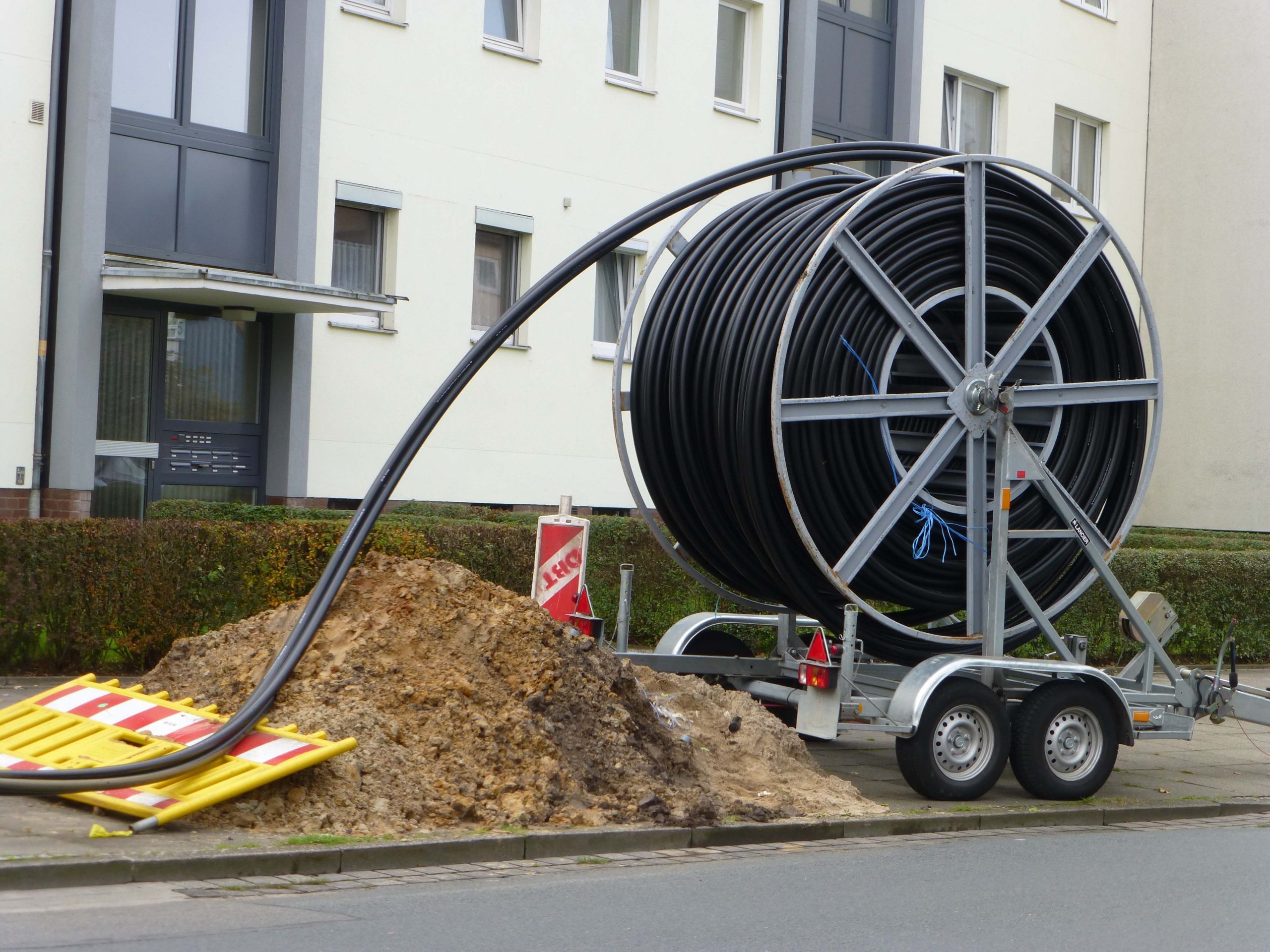
construction and supply, installation and maintenance.

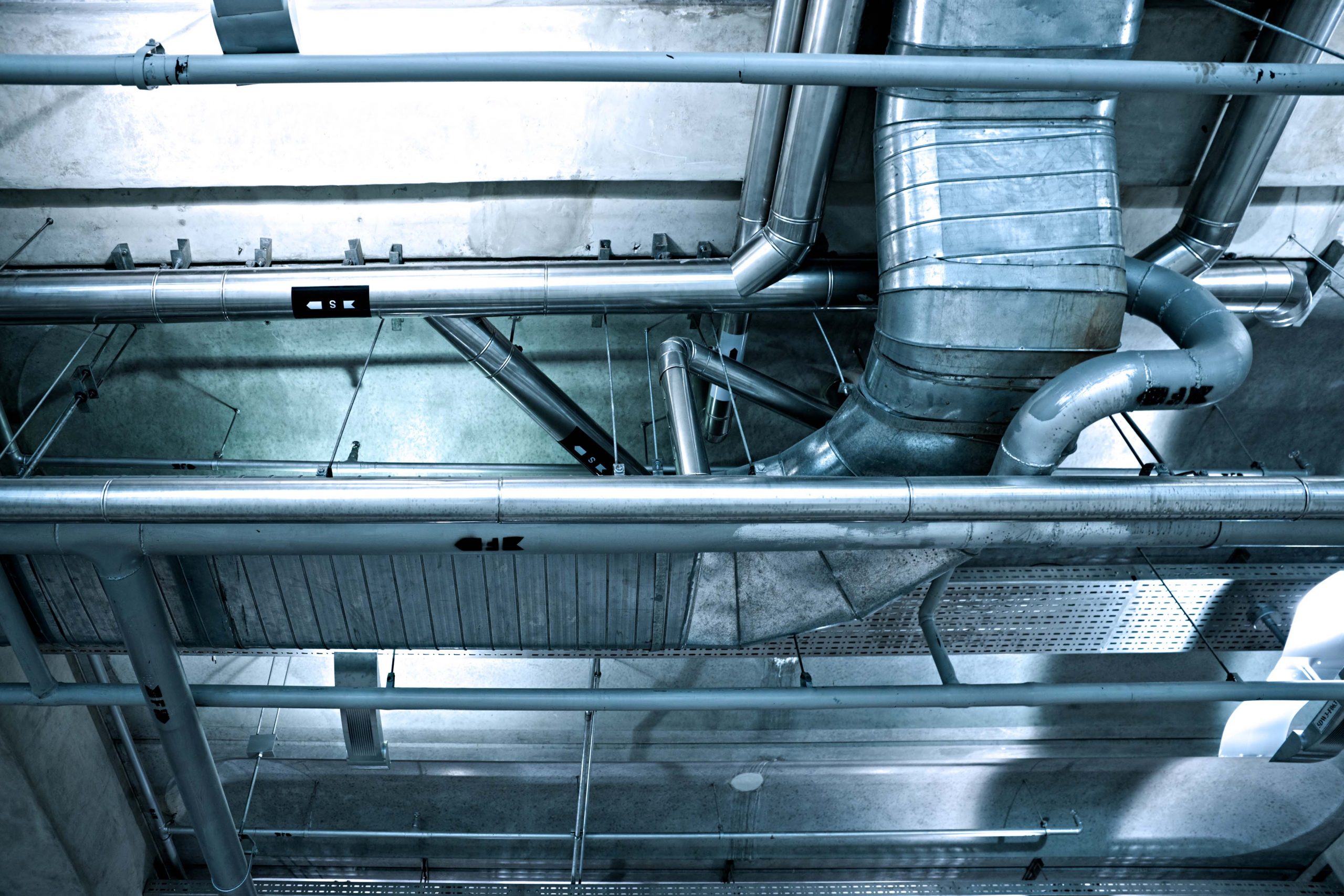
construction and supply, installation and maintenance.

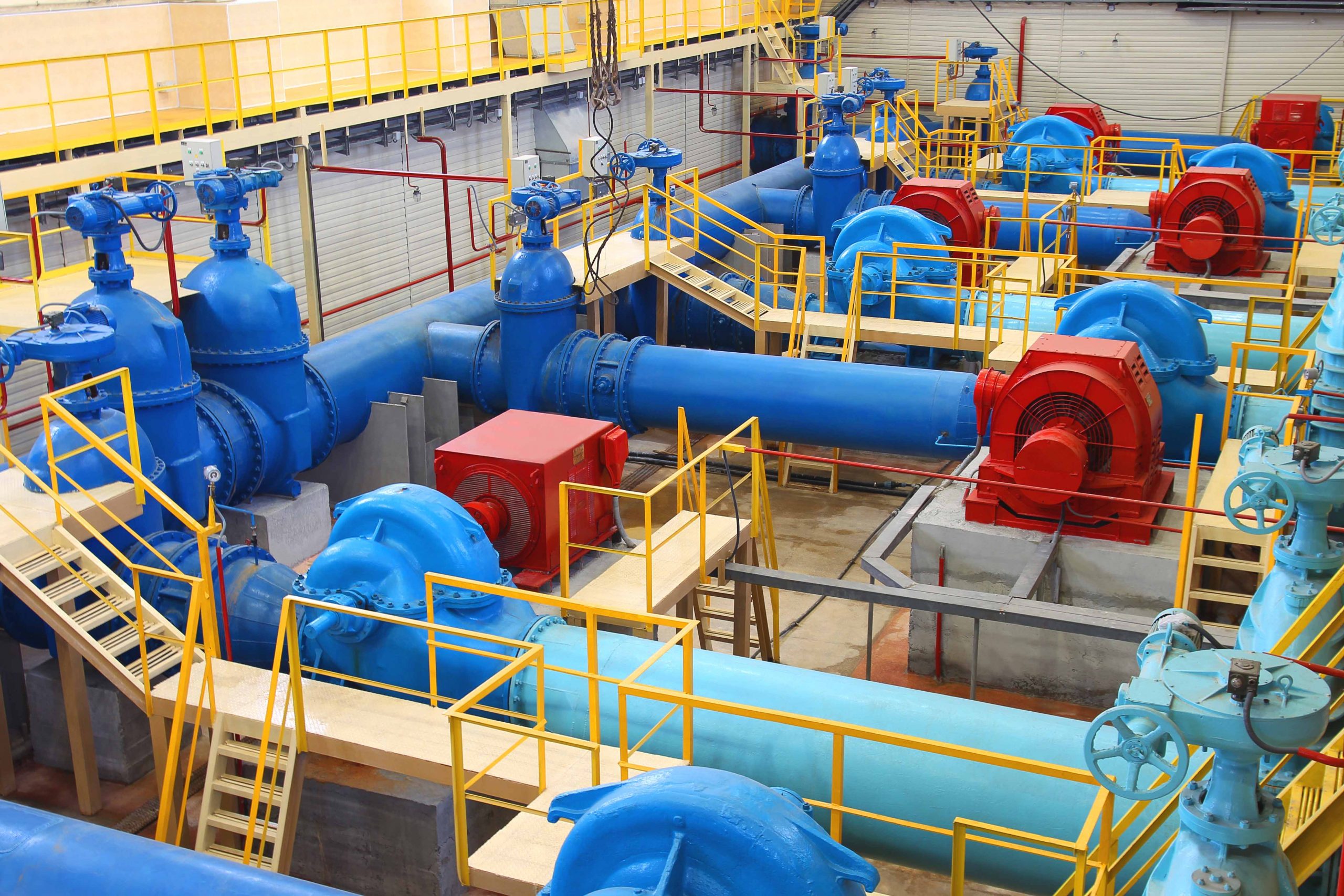
construction and supply, installation and maintenance.

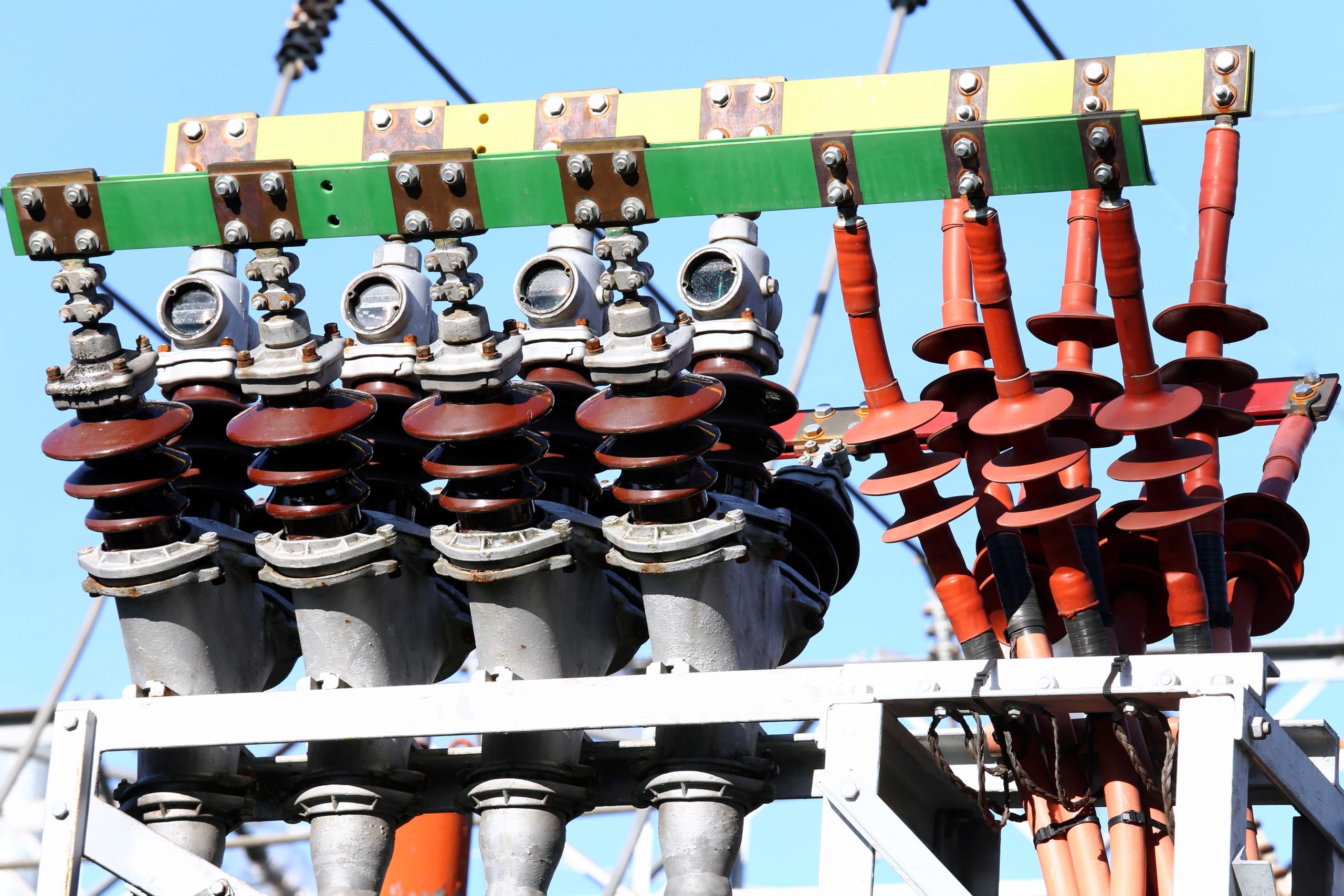
construction and supply, installation and maintenance.


construction and supply, installation and maintenance.


construction and supply, installation and maintenance.

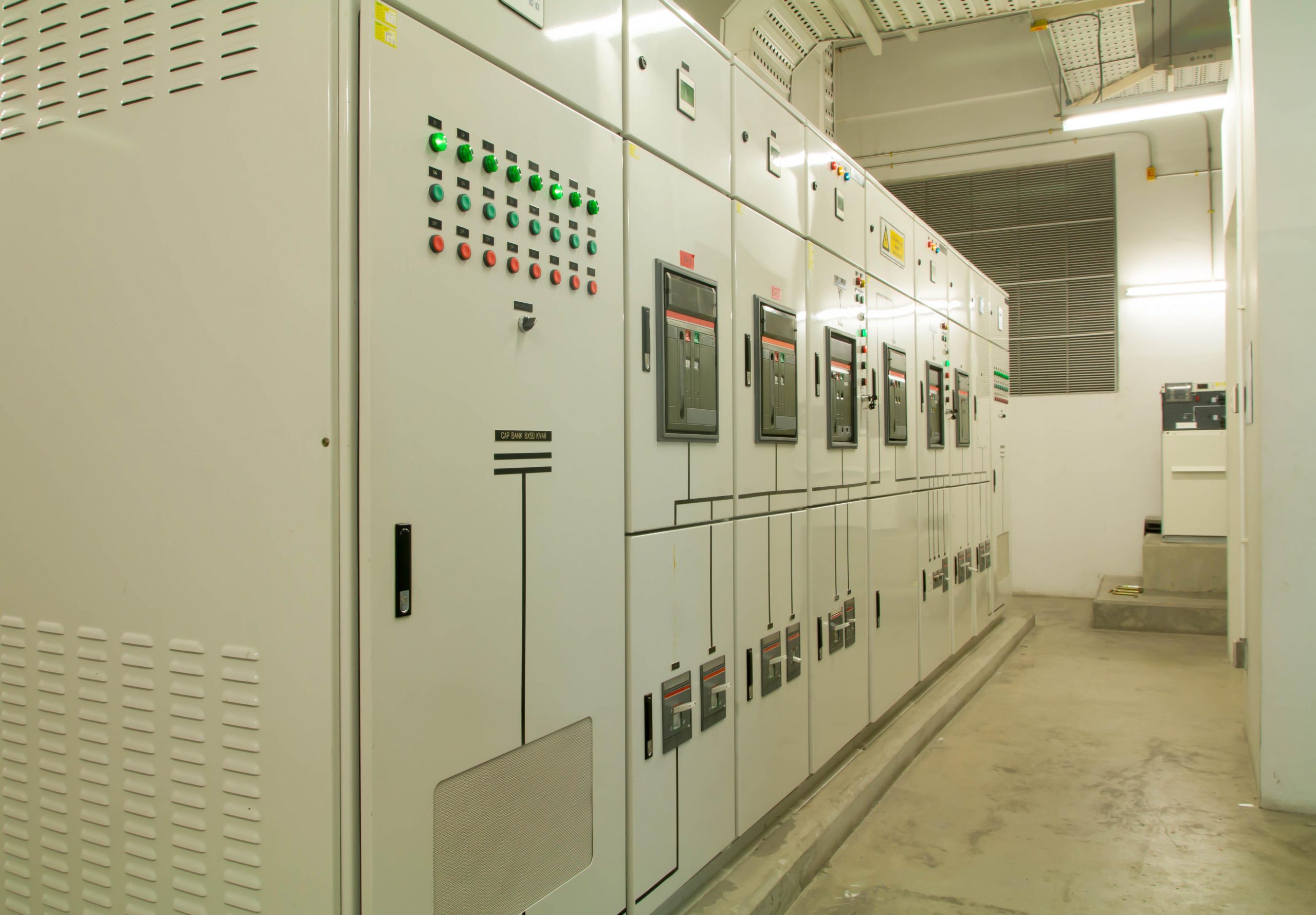
construction and supply, installation and maintenance.

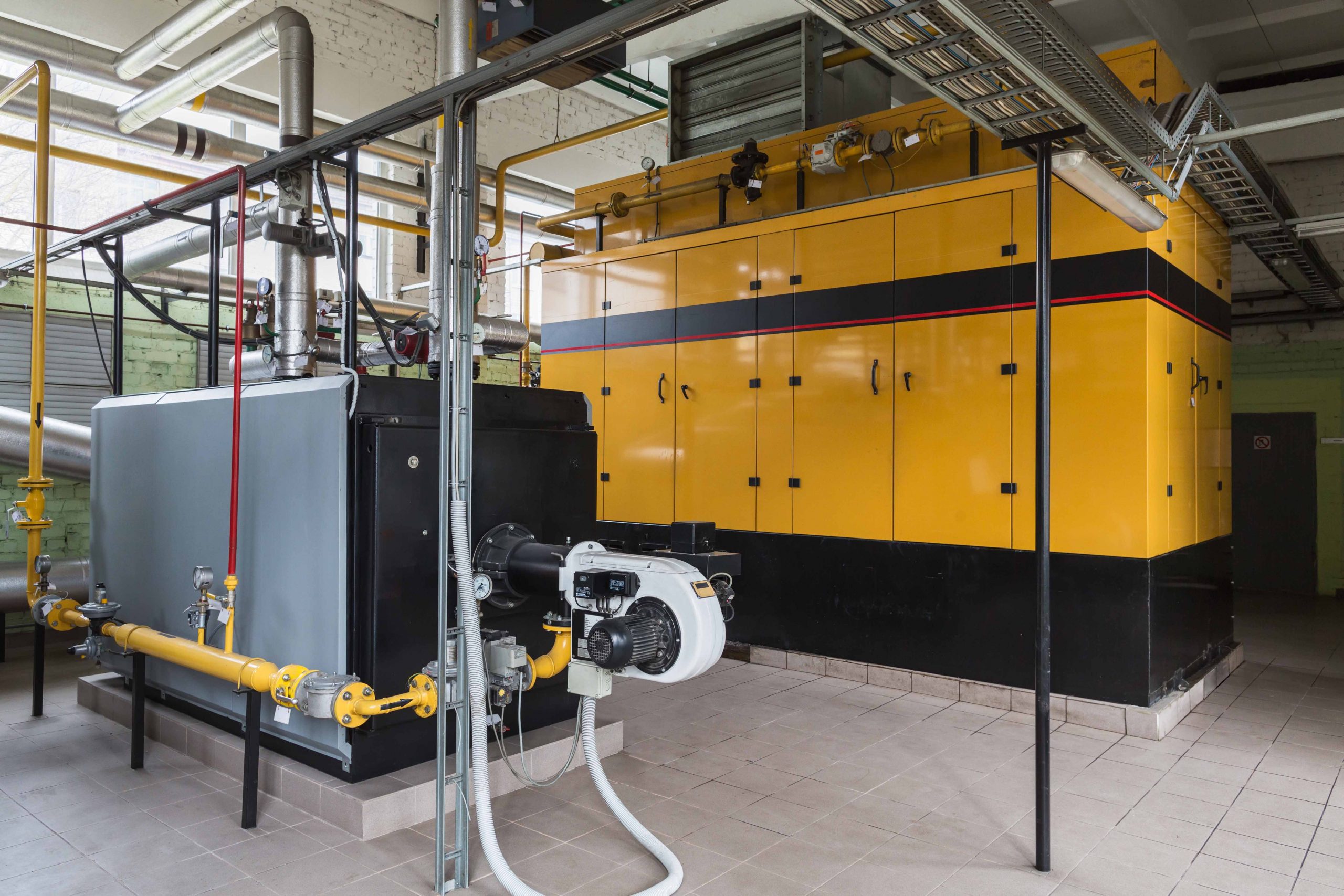
construction and supply, installation and maintenance.


construction and supply, installation and maintenance.


construction and supply, installation and maintenance.

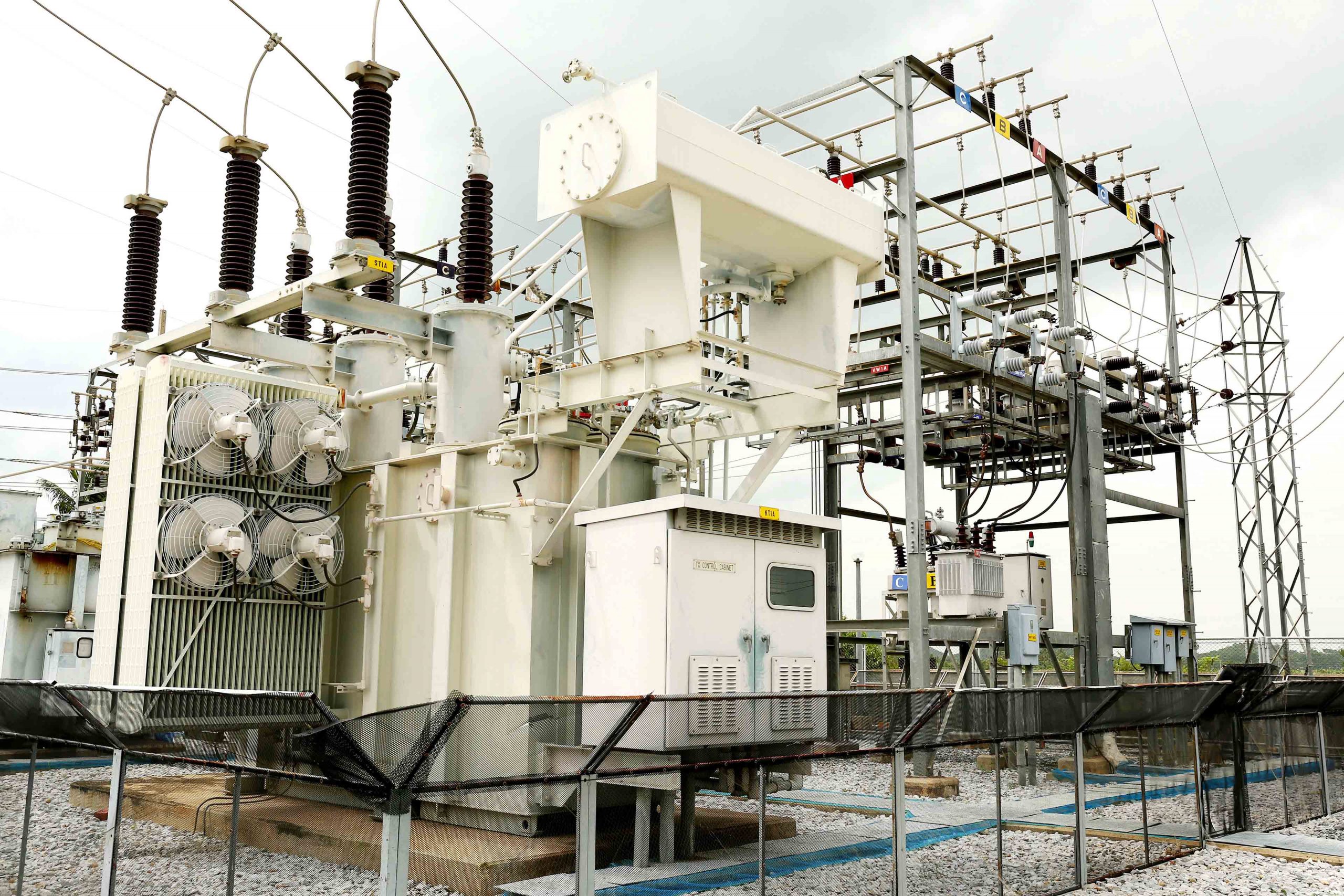
construction and supply, installation and maintenance.


construction and supply, installation and maintenance.


construction and supply, installation and maintenance.


construction and supply, installation and maintenance.

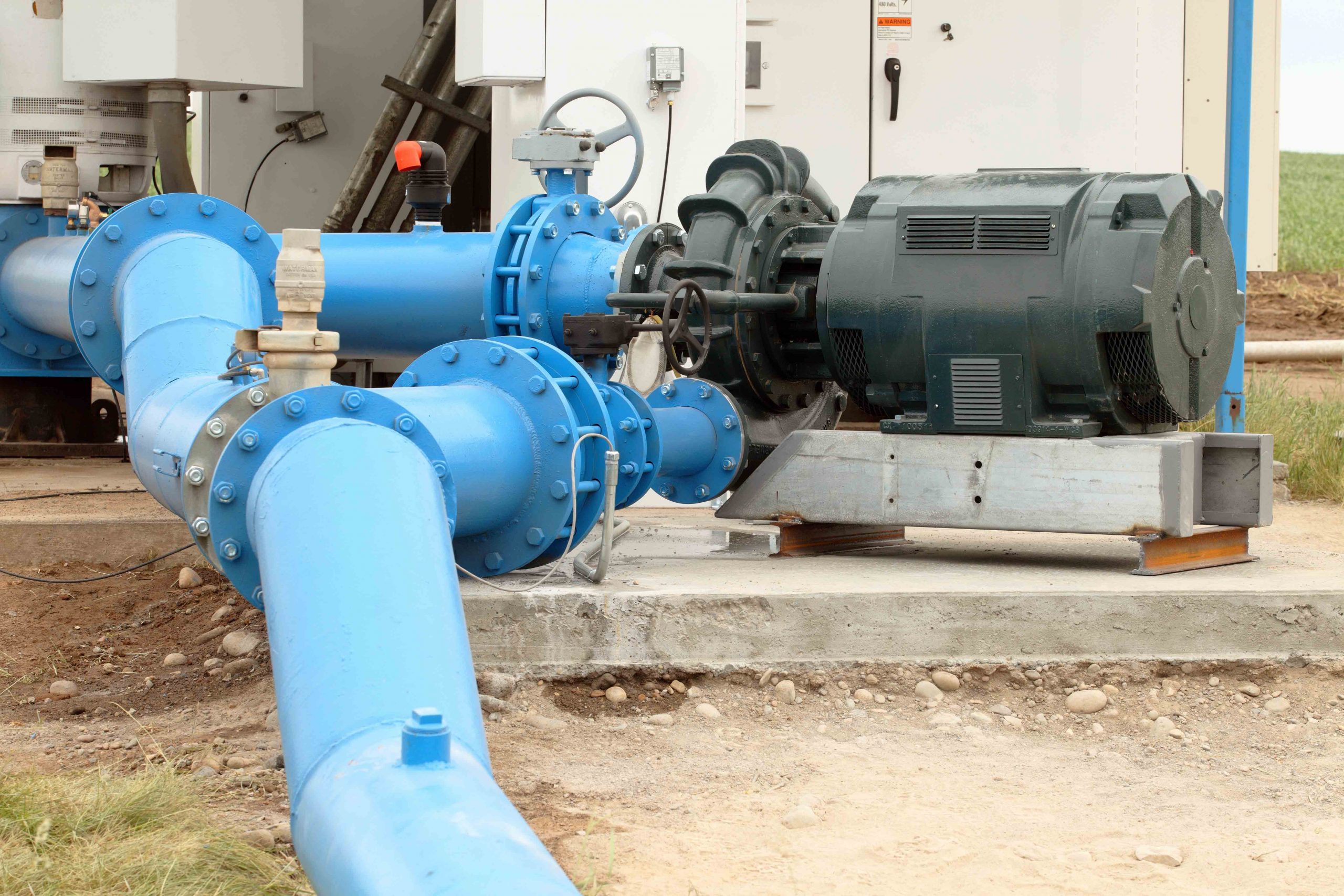
construction and supply, installation and maintenance.


construction and supply, installation and maintenance.


construction and supply, installation and maintenance.

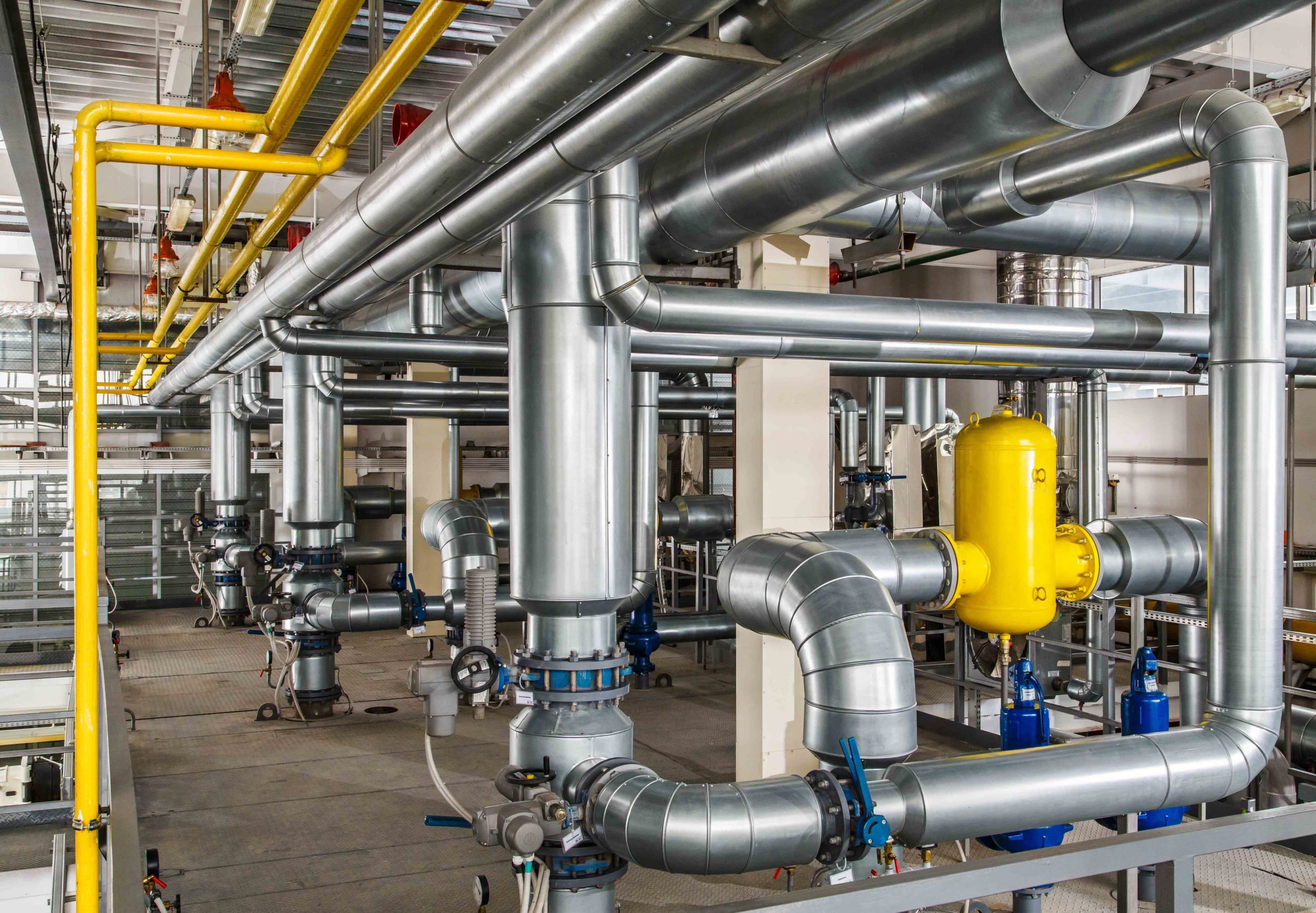
construction and supply, installation and maintenance.

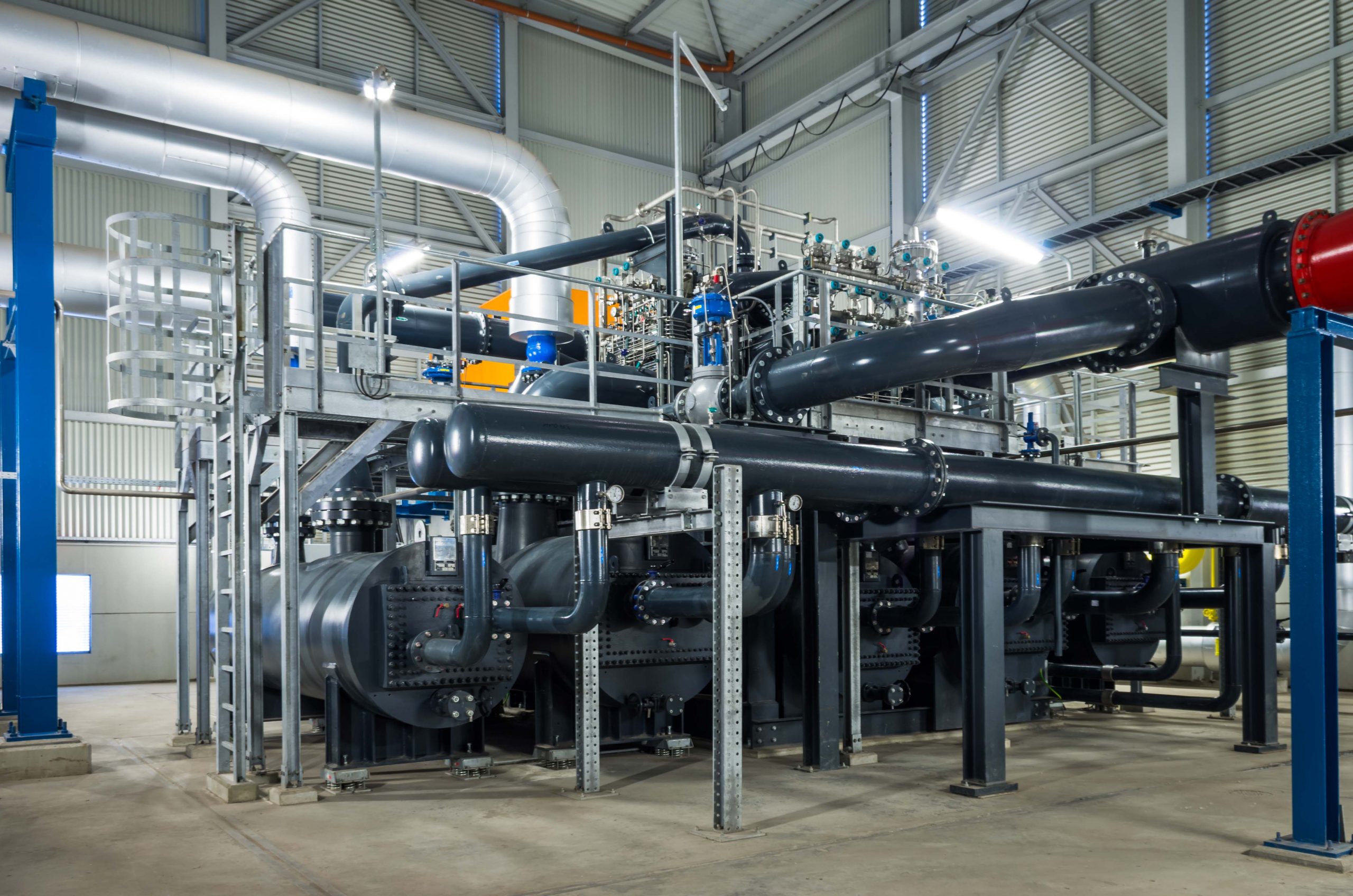
construction and supply, installation and maintenance.

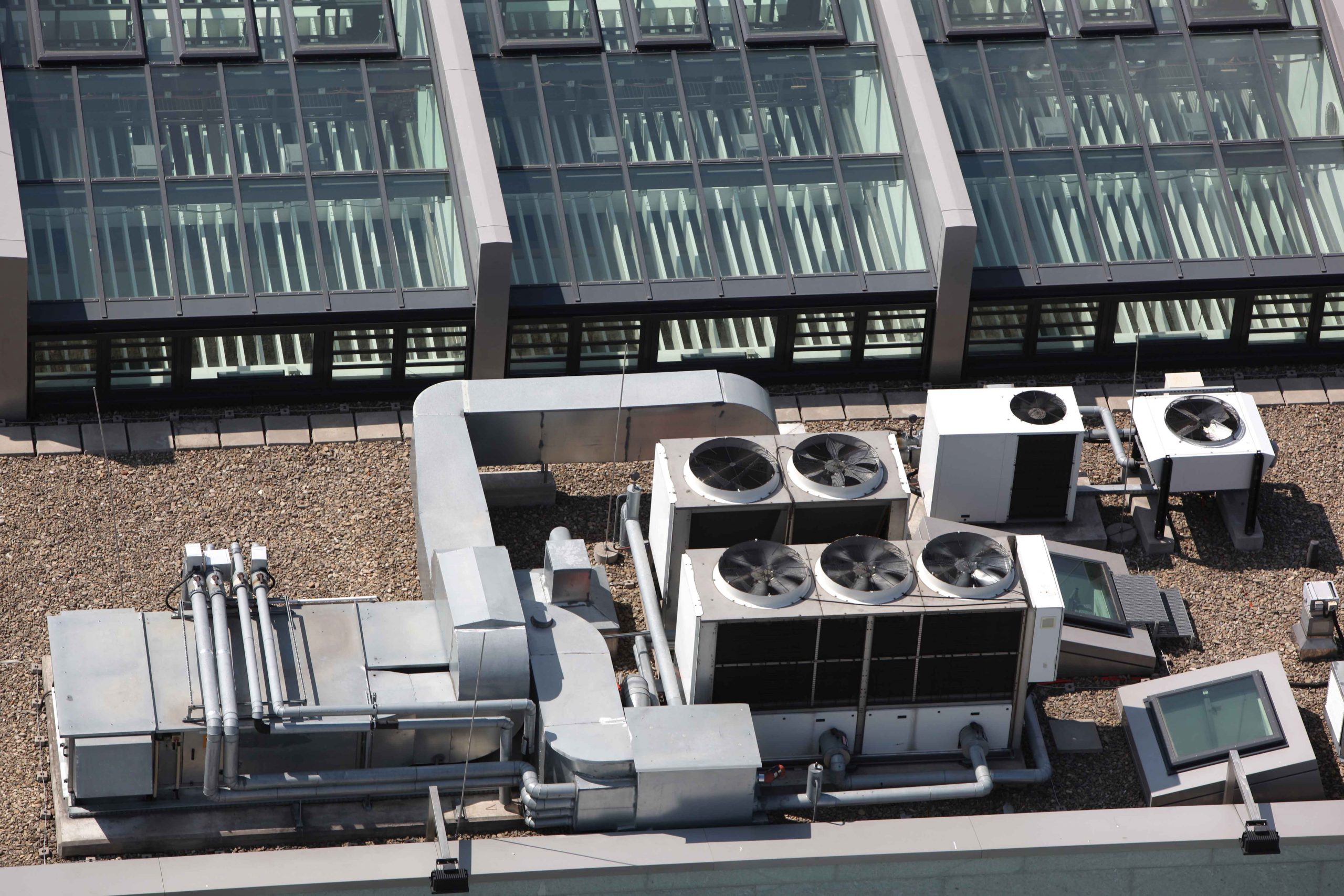
construction and supply, installation and maintenance.

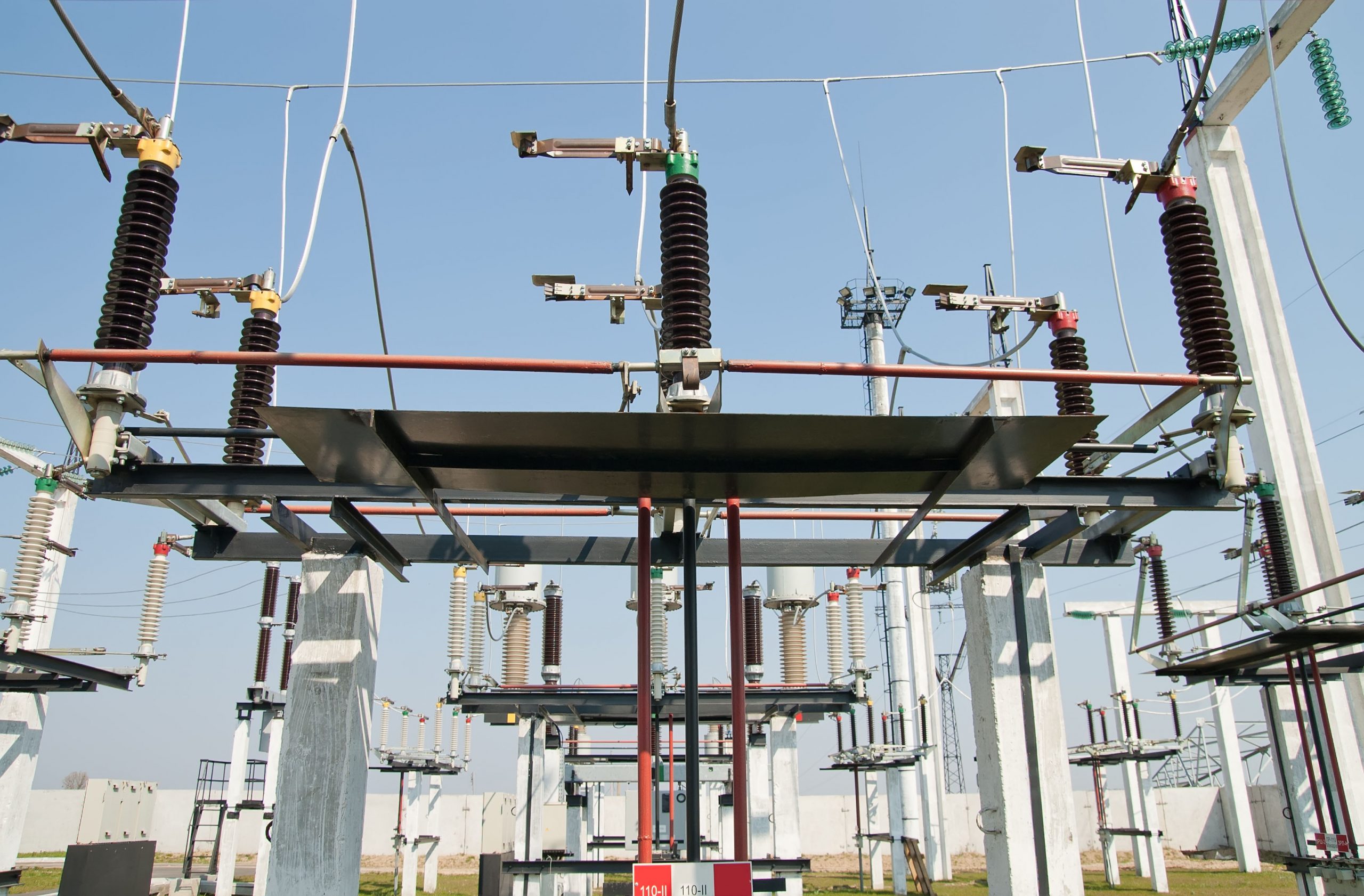
construction and supply, installation and maintenance.

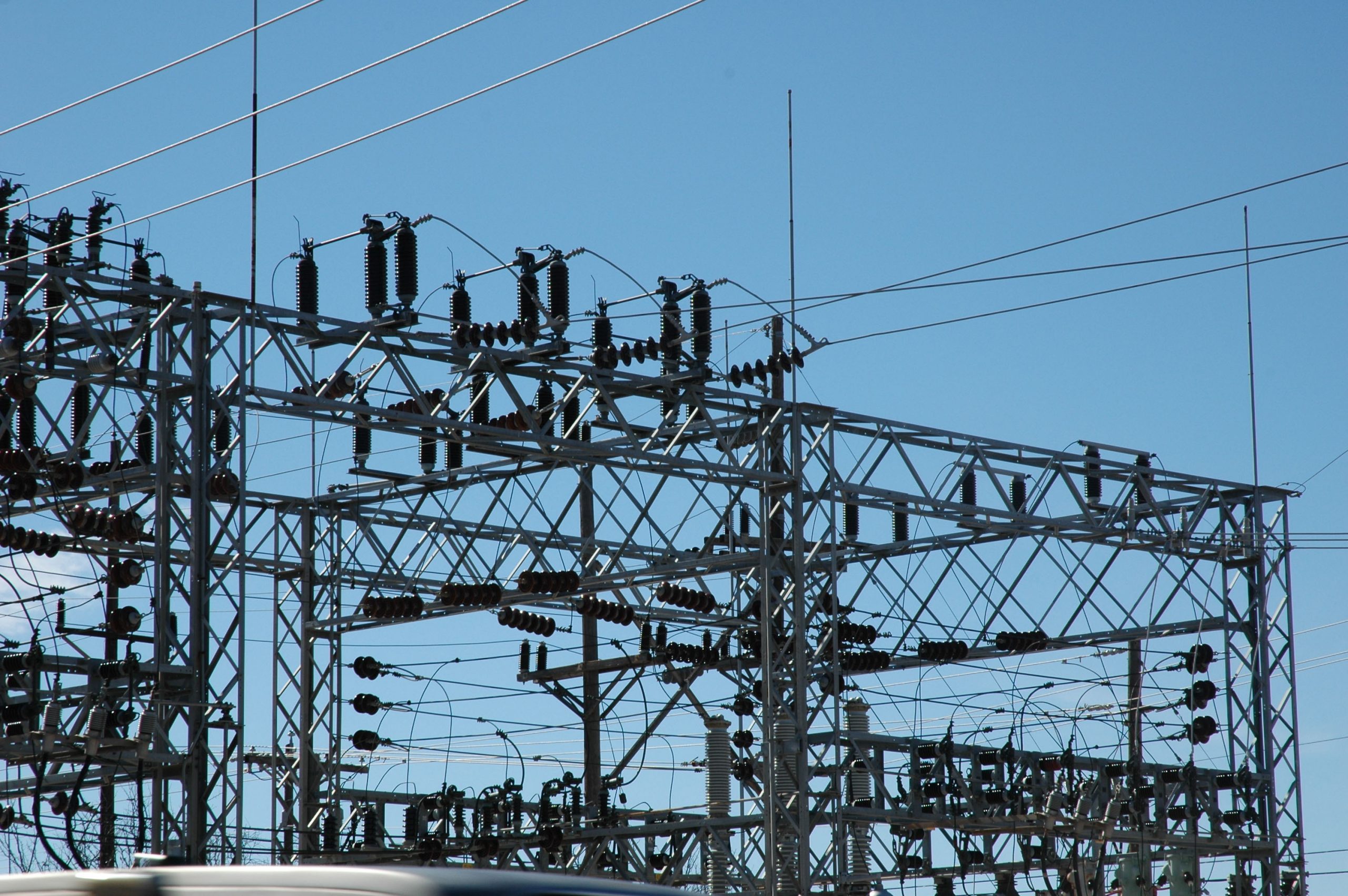
construction and supply, installation and maintenance.


construction and supply, installation and maintenance.


construction and supply, installation and maintenance.

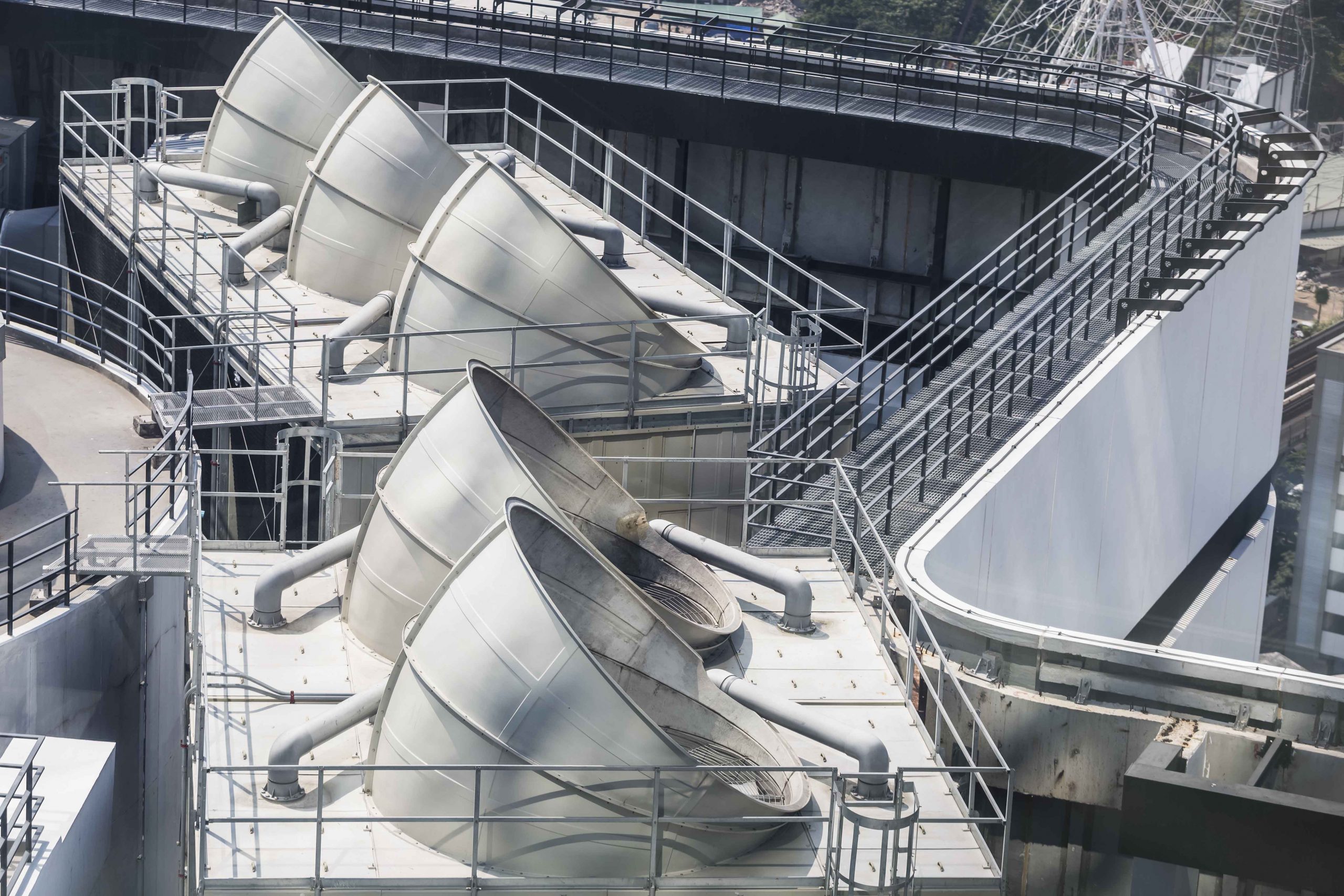
construction and supply, installation and maintenance.


construction and supply, installation and maintenance.


construction and supply, installation and maintenance.

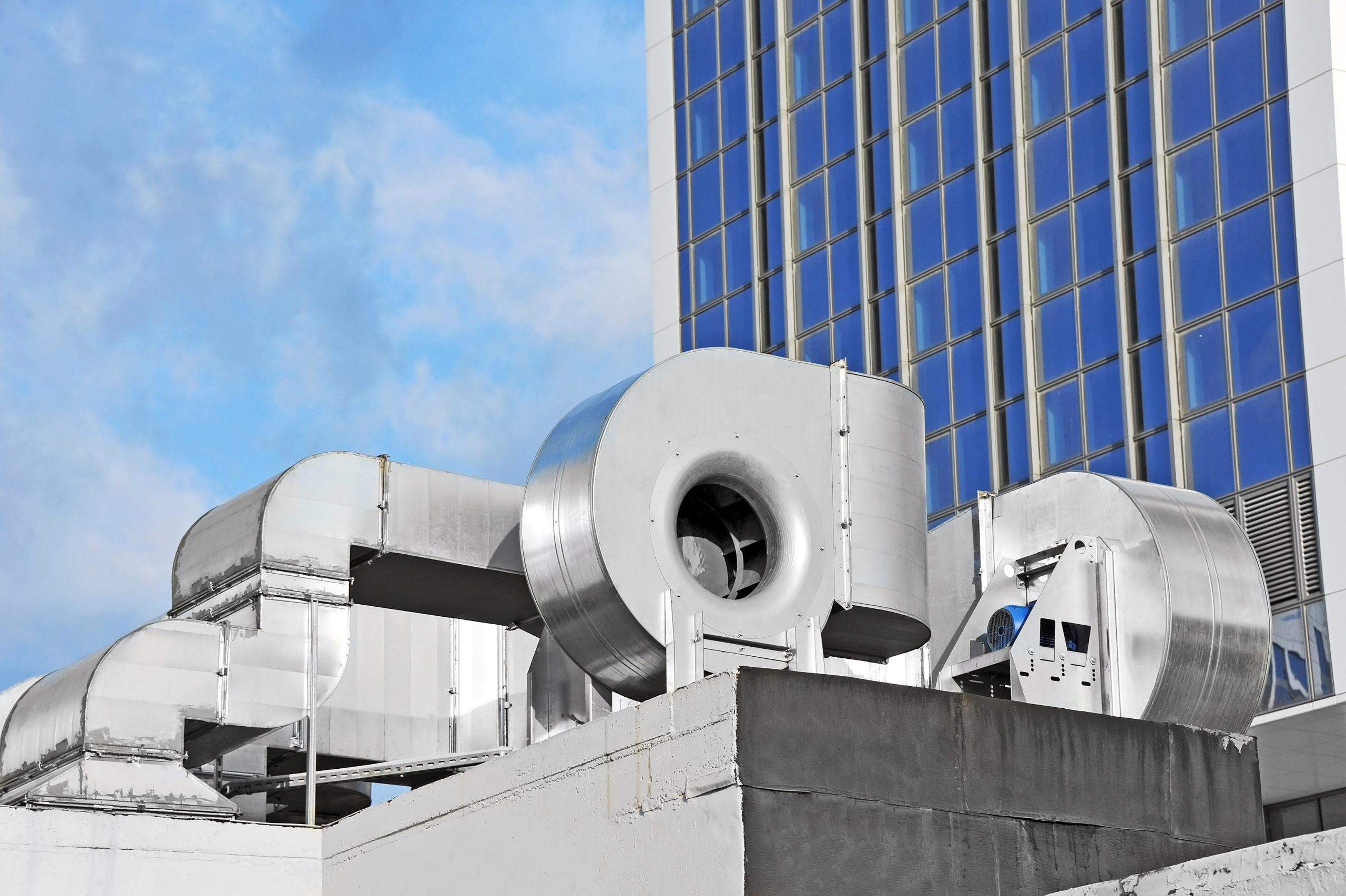
construction and supply, installation and maintenance.


construction and supply, installation and maintenance.


construction and supply, installation and maintenance.

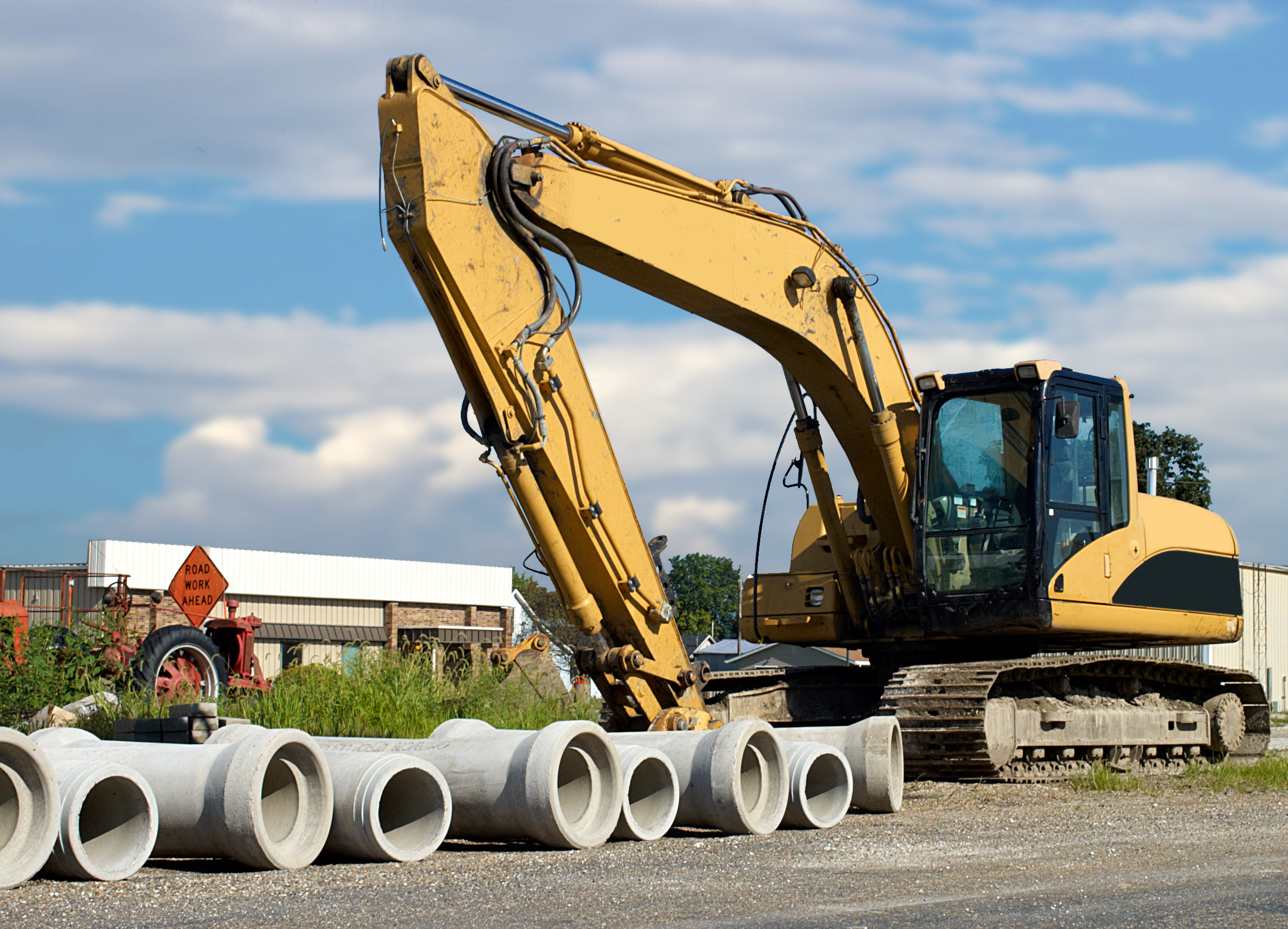
construction and supply, installation and maintenance.

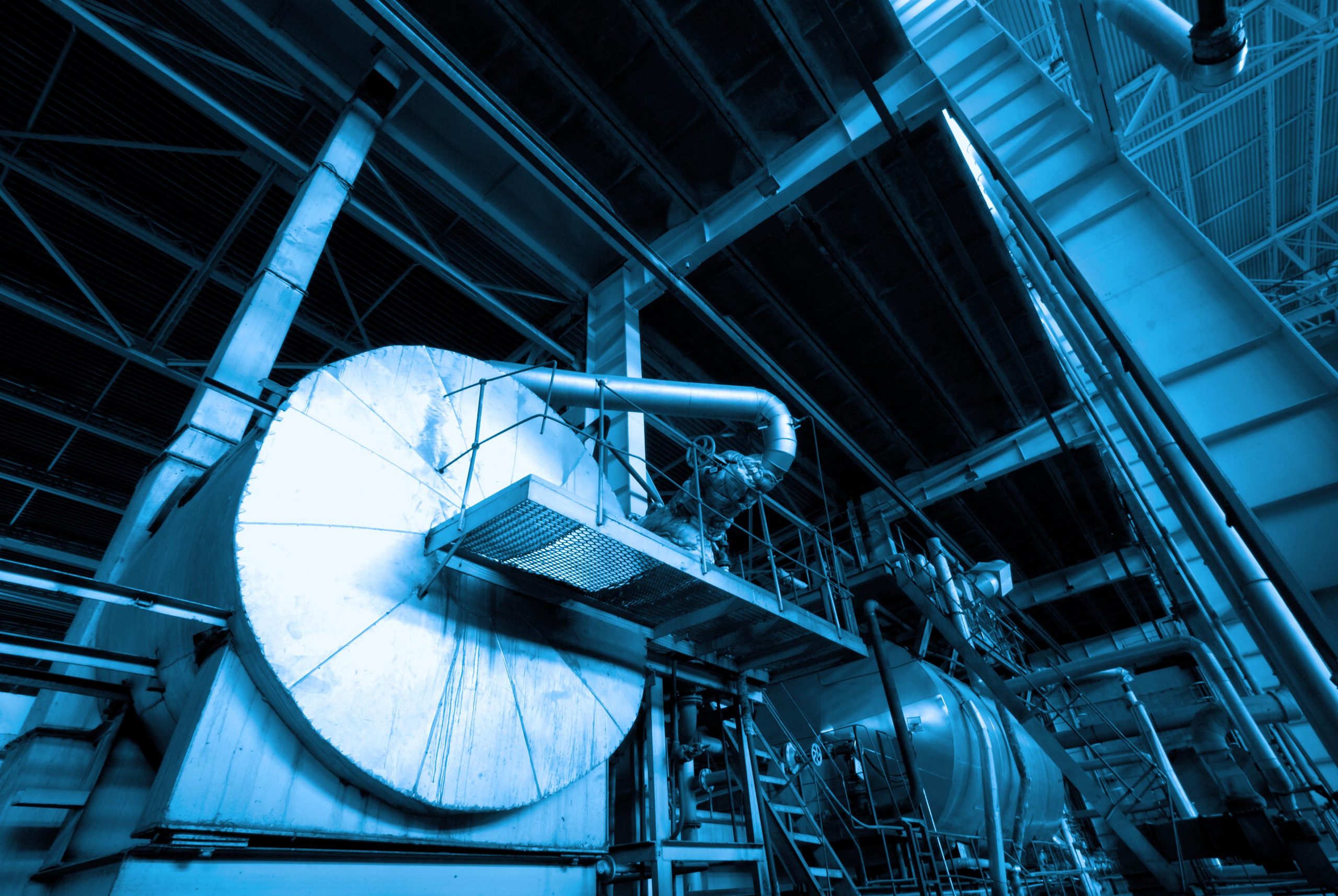
construction and supply, installation and maintenance.


construction and supply, installation and maintenance.

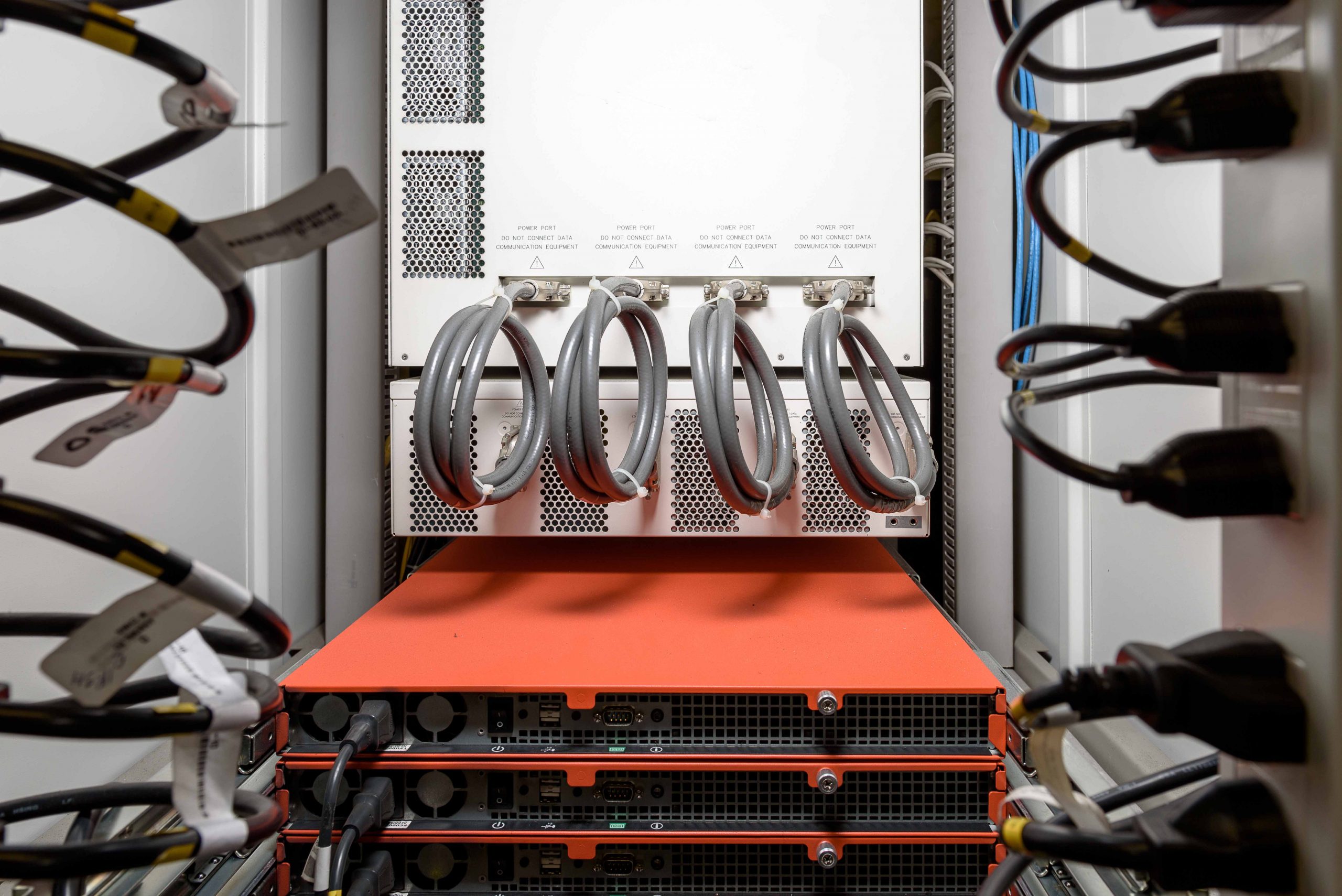
construction and supply, installation and maintenance.


construction and supply, installation and maintenance.

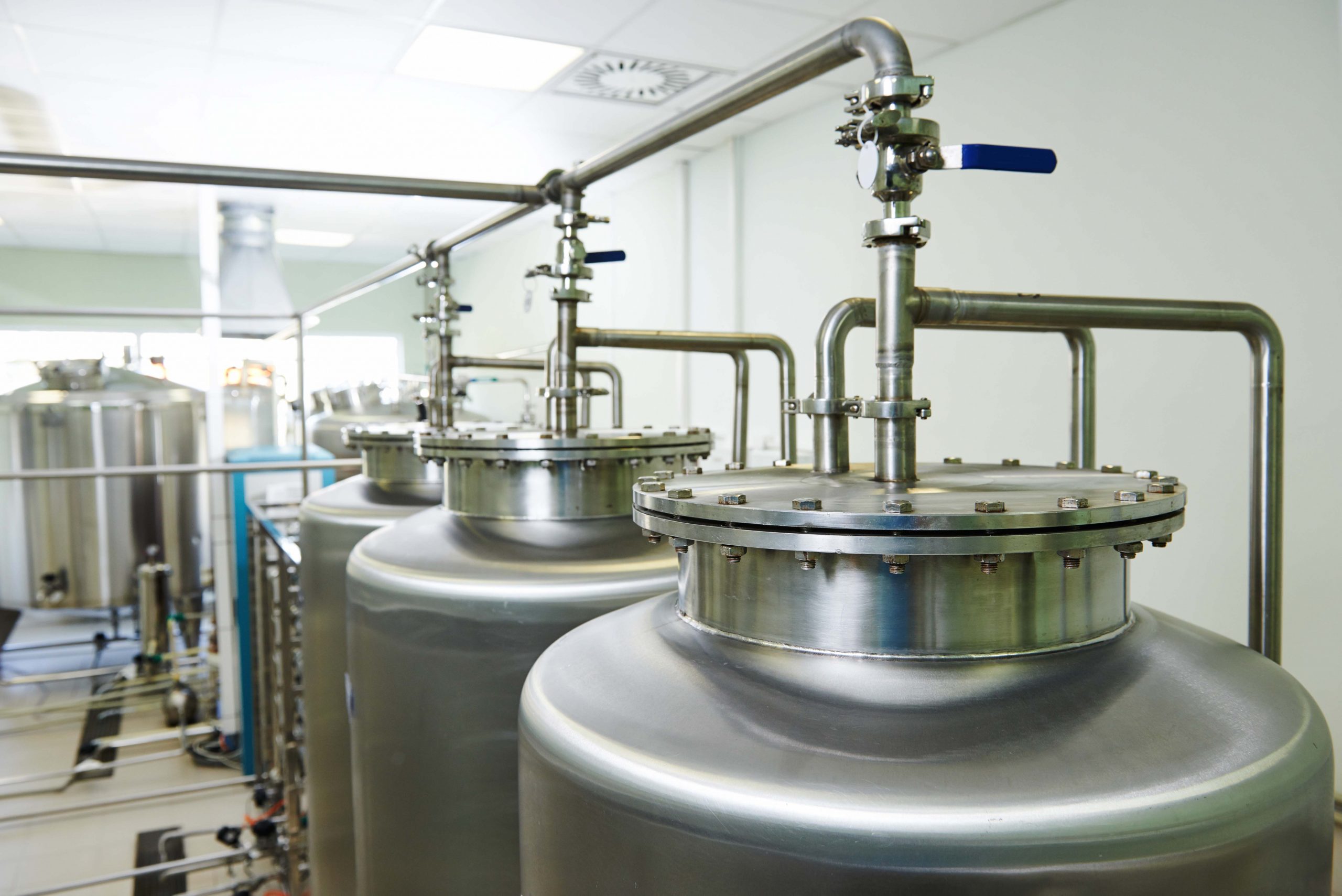
construction and supply, installation and maintenance.

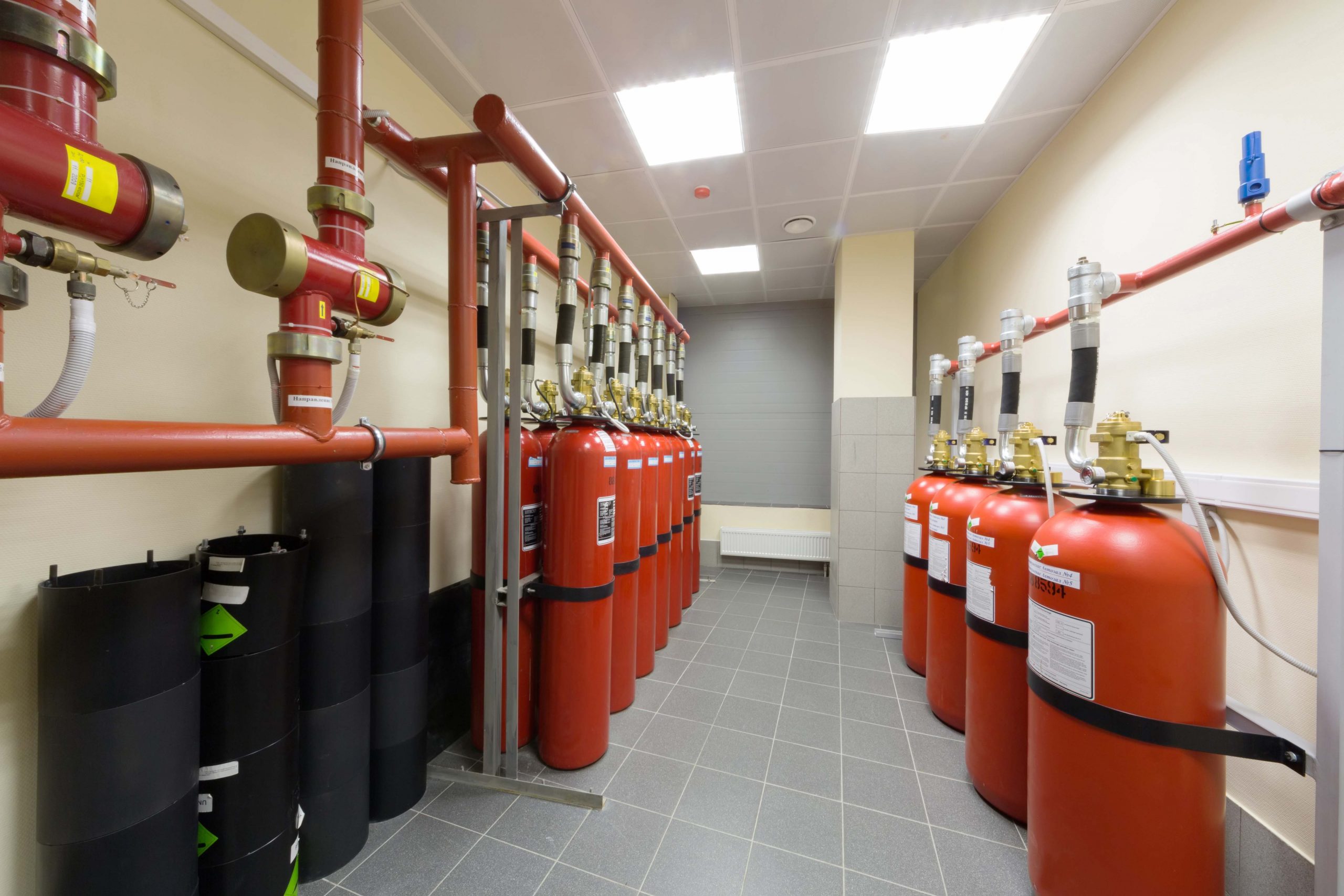
construction and supply, installation and maintenance.

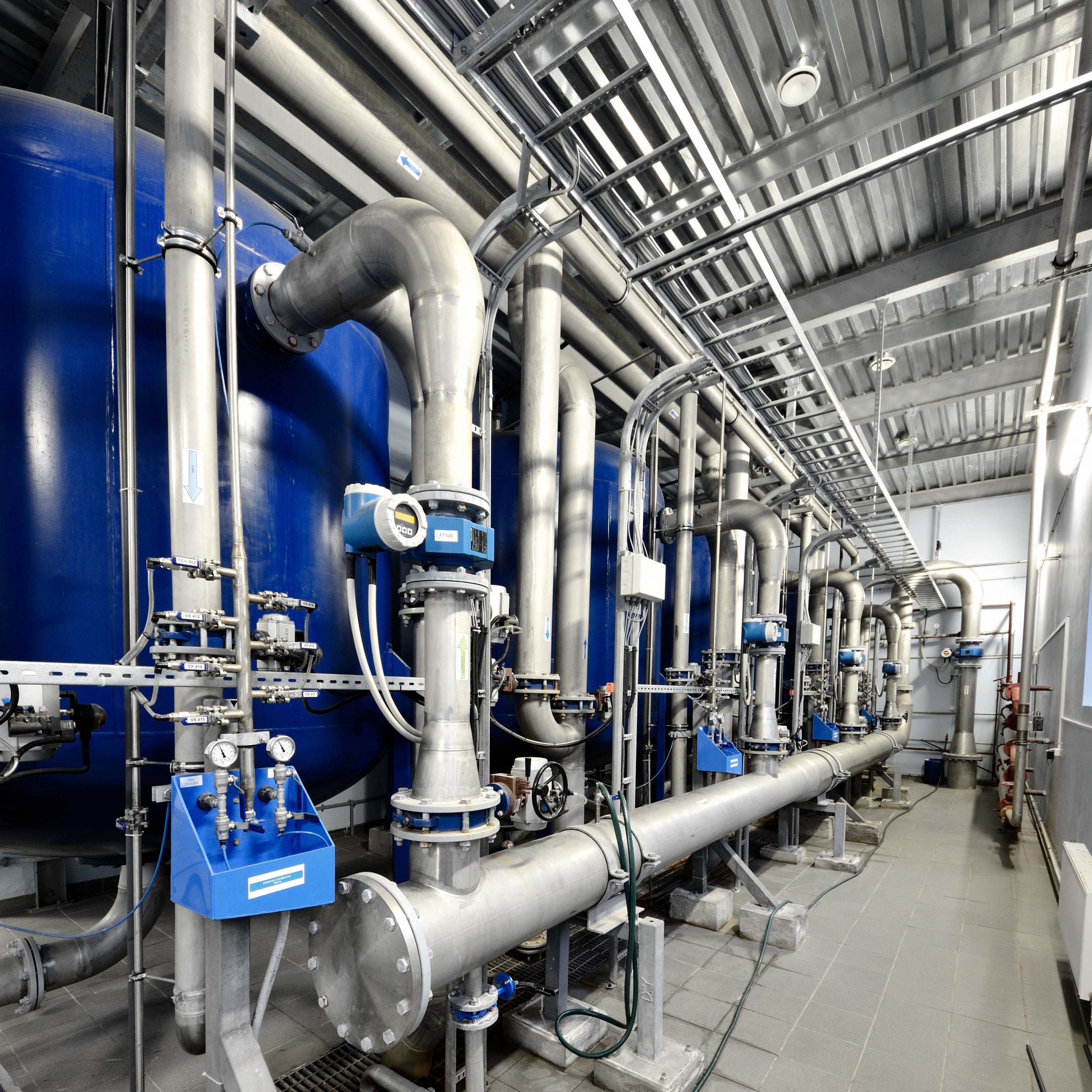
construction and supply, installation and maintenance.


construction and supply, installation and maintenance.

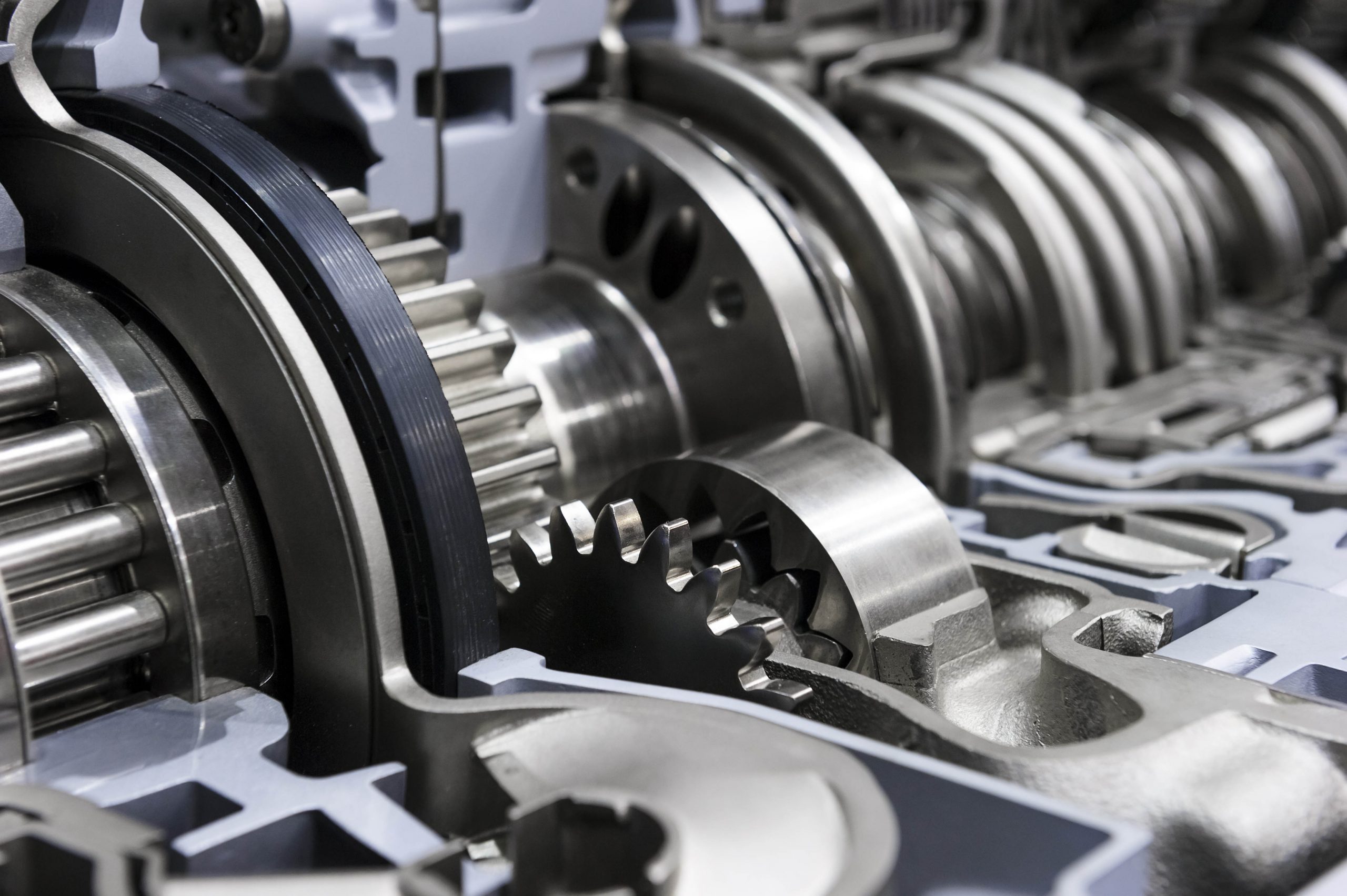
construction and supply, installation and maintenance.

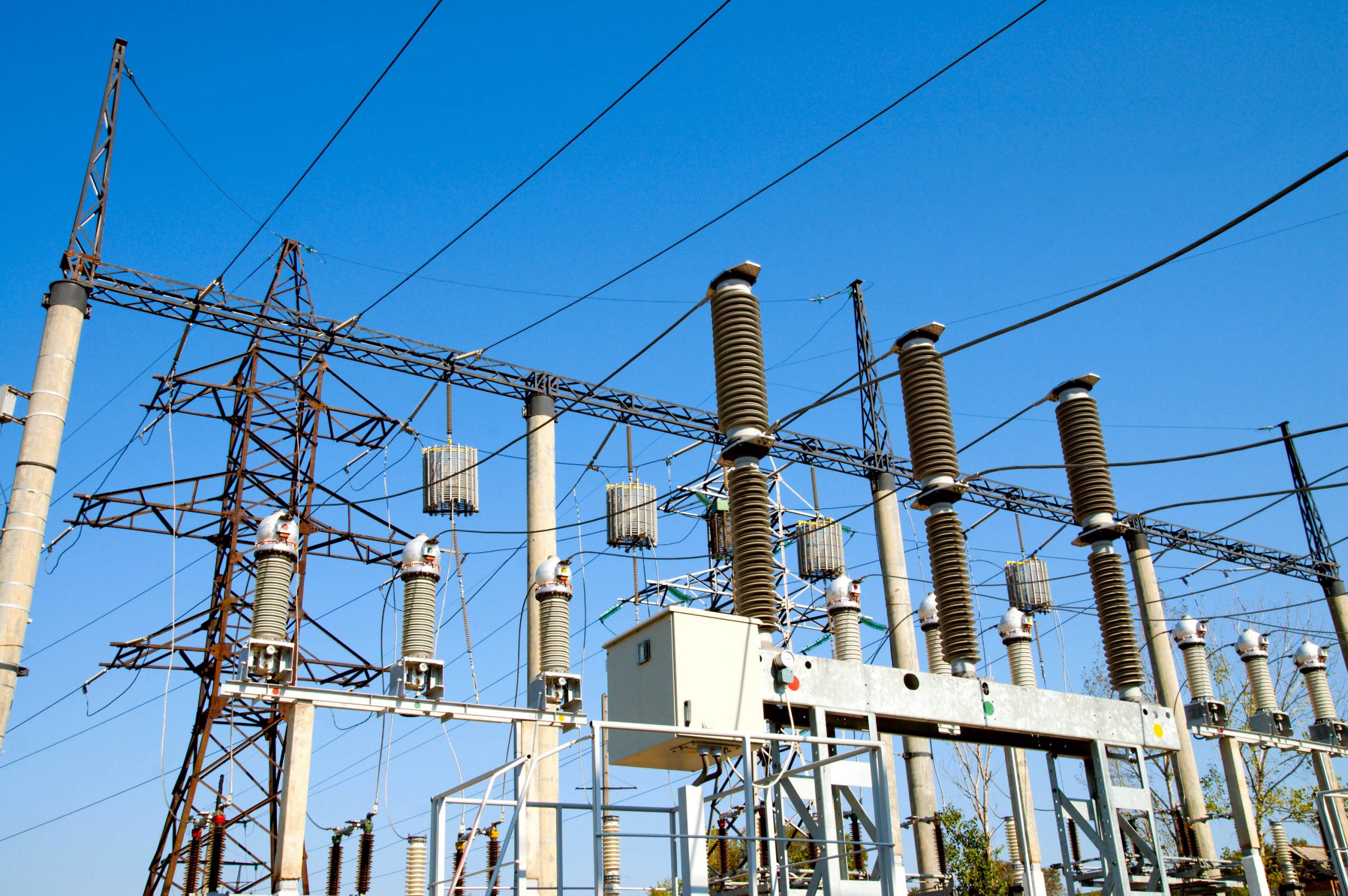
construction and supply, installation and maintenance.

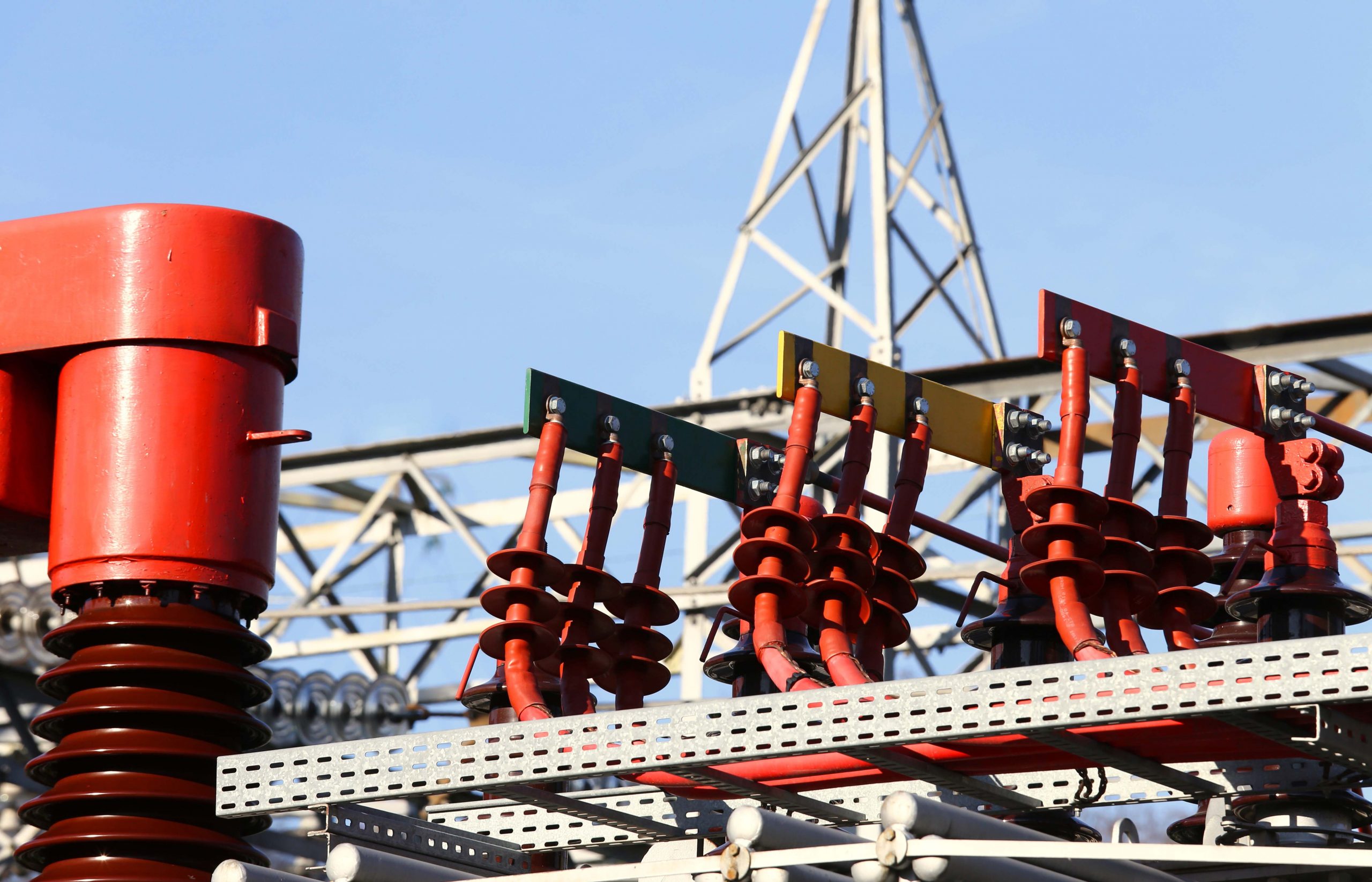
construction and supply, installation and maintenance.

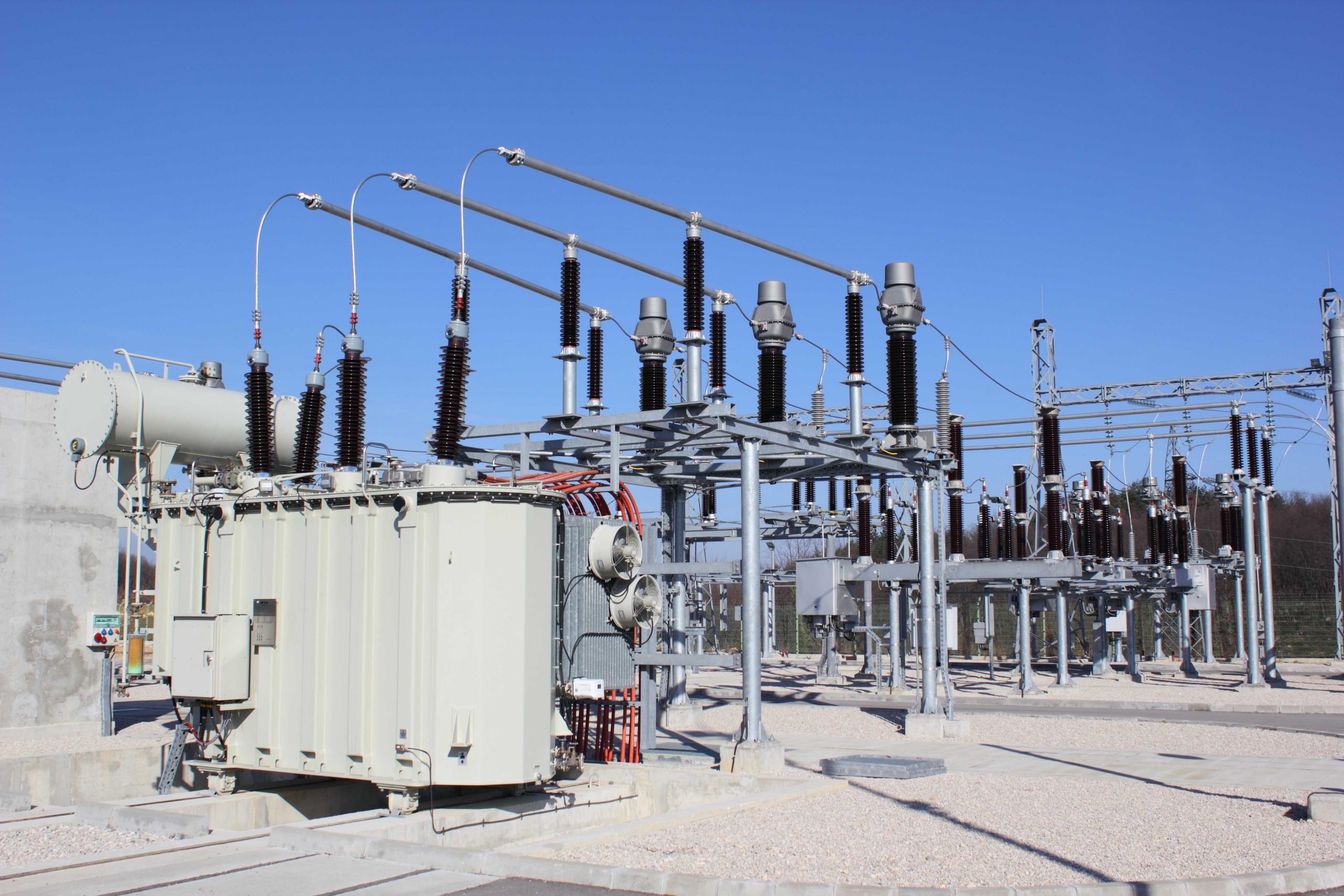
construction and supply, installation and maintenance.


construction and supply, installation and maintenance.

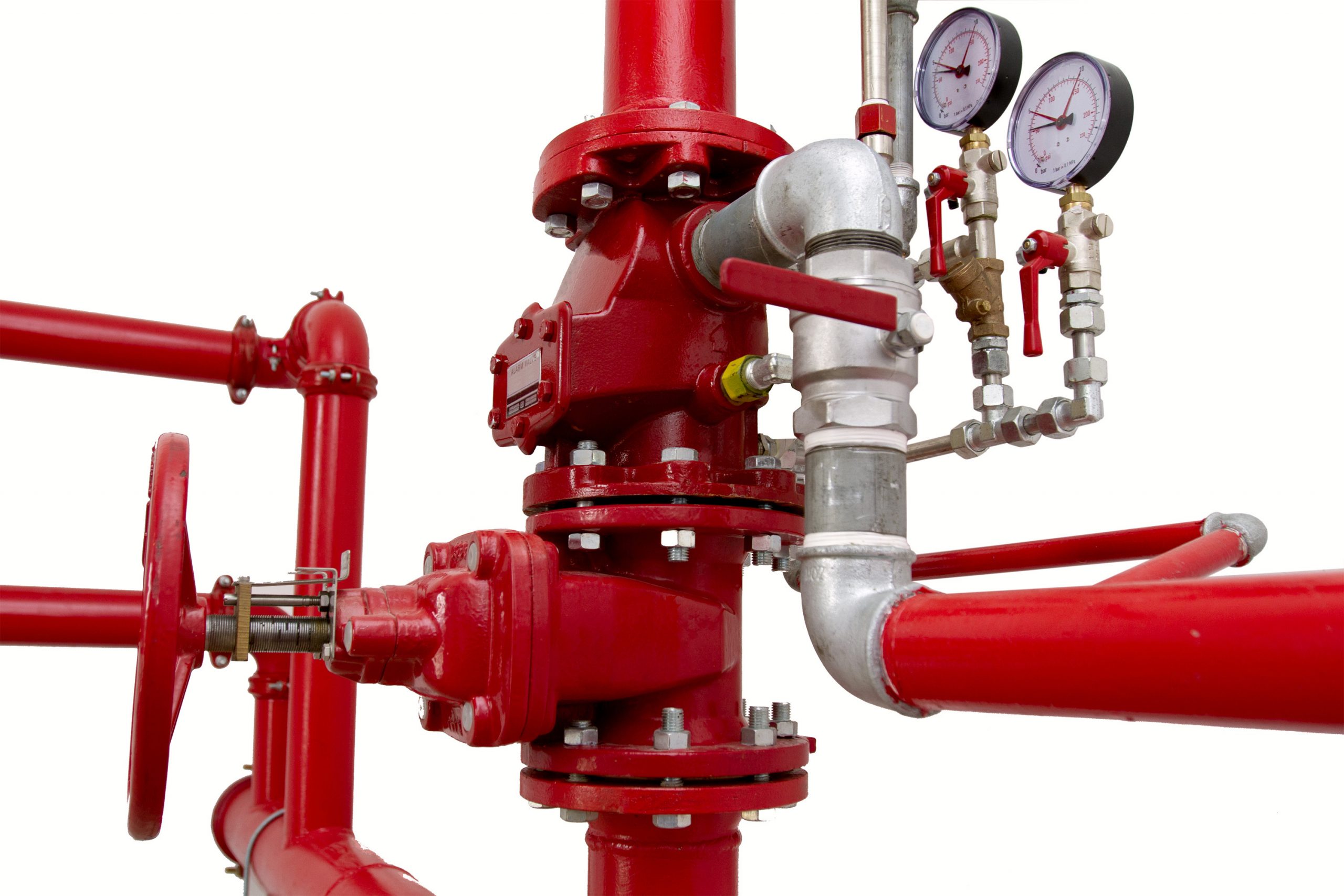
construction and supply, installation and maintenance.


construction and supply, installation and maintenance.

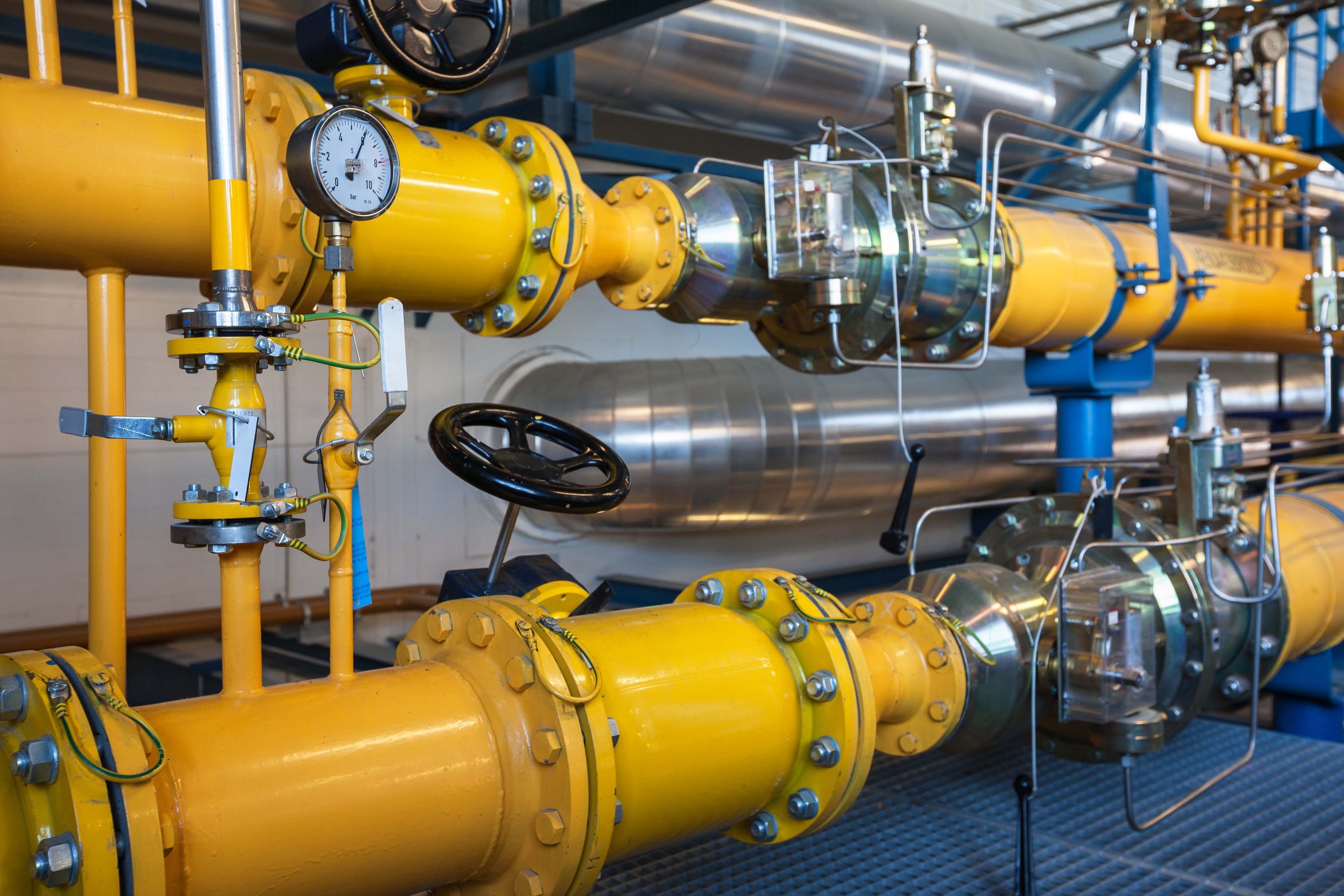
construction and supply, installation and maintenance.


construction and supply, installation and maintenance.

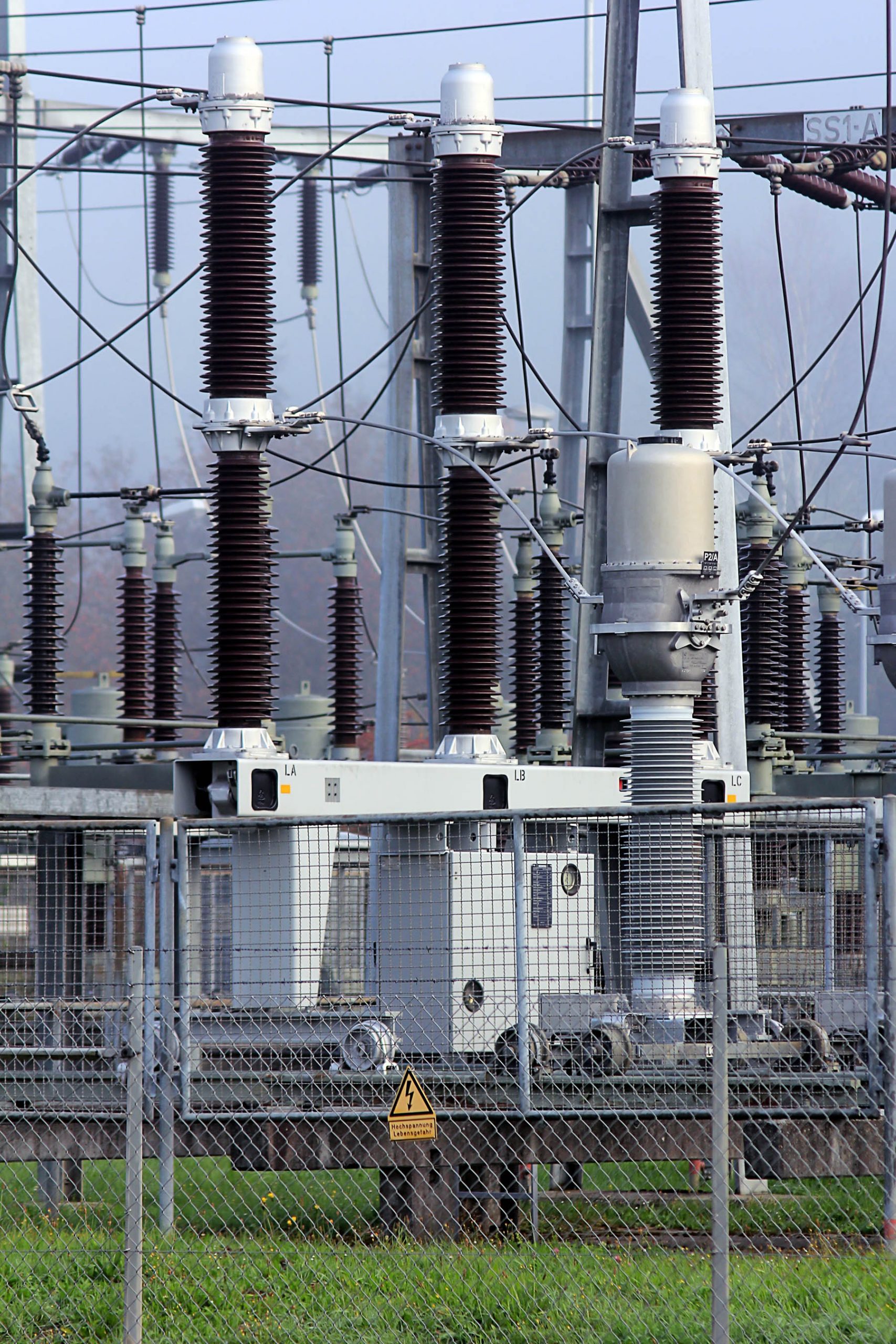
construction and supply, installation and maintenance.


construction and supply, installation and maintenance.

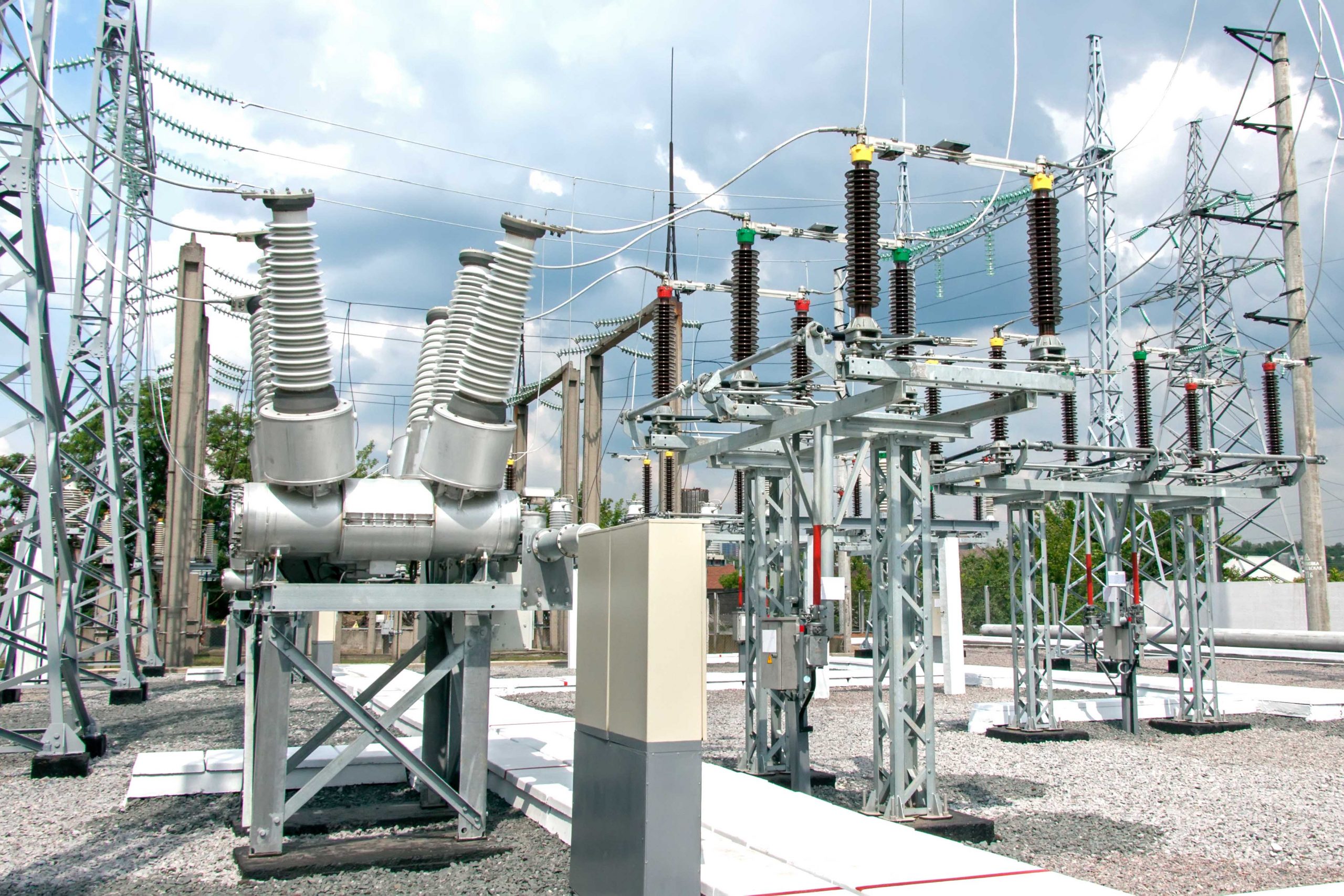
construction and supply, installation and maintenance.


construction and supply, installation and maintenance.

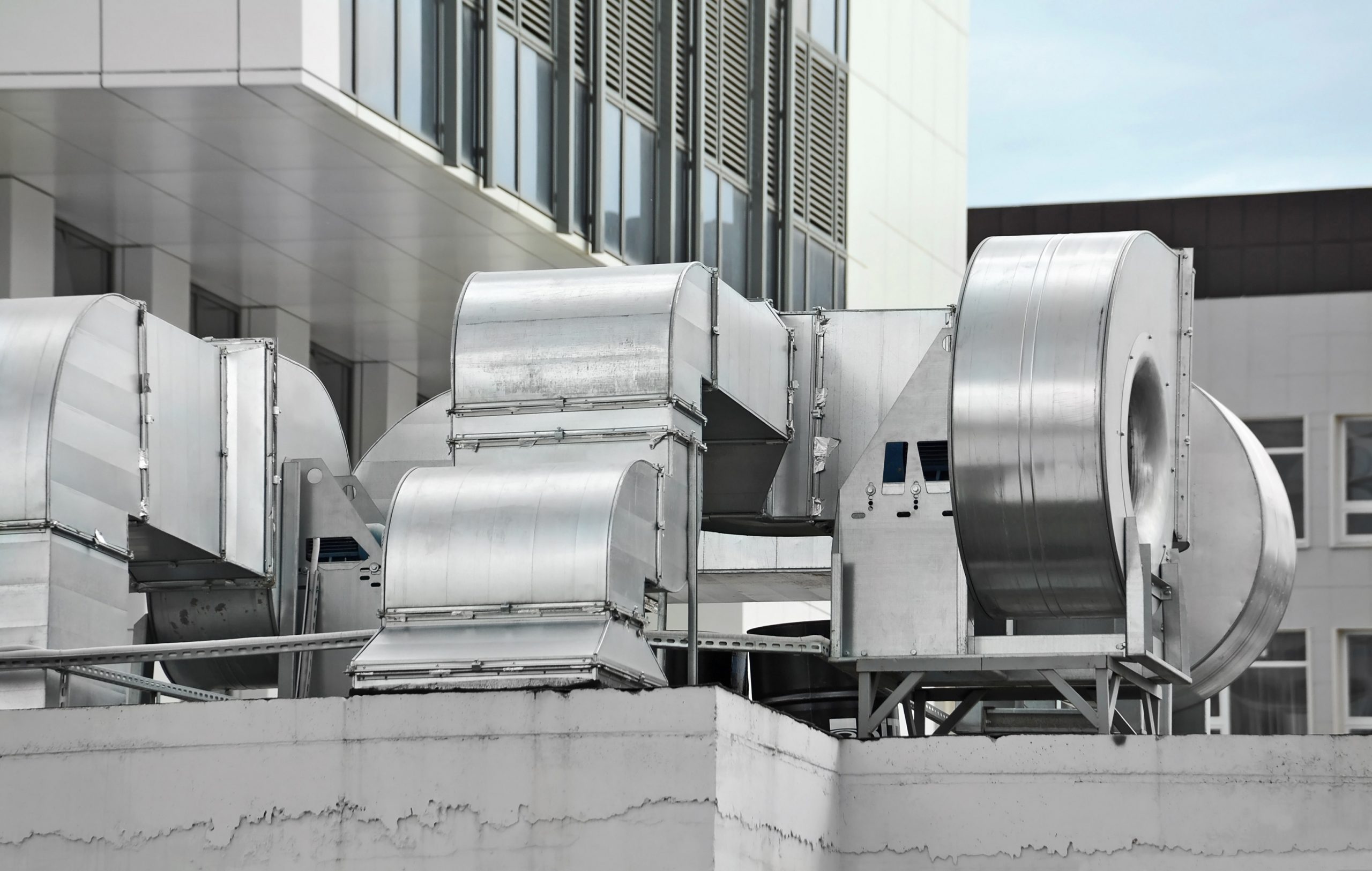
construction and supply, installation and maintenance.

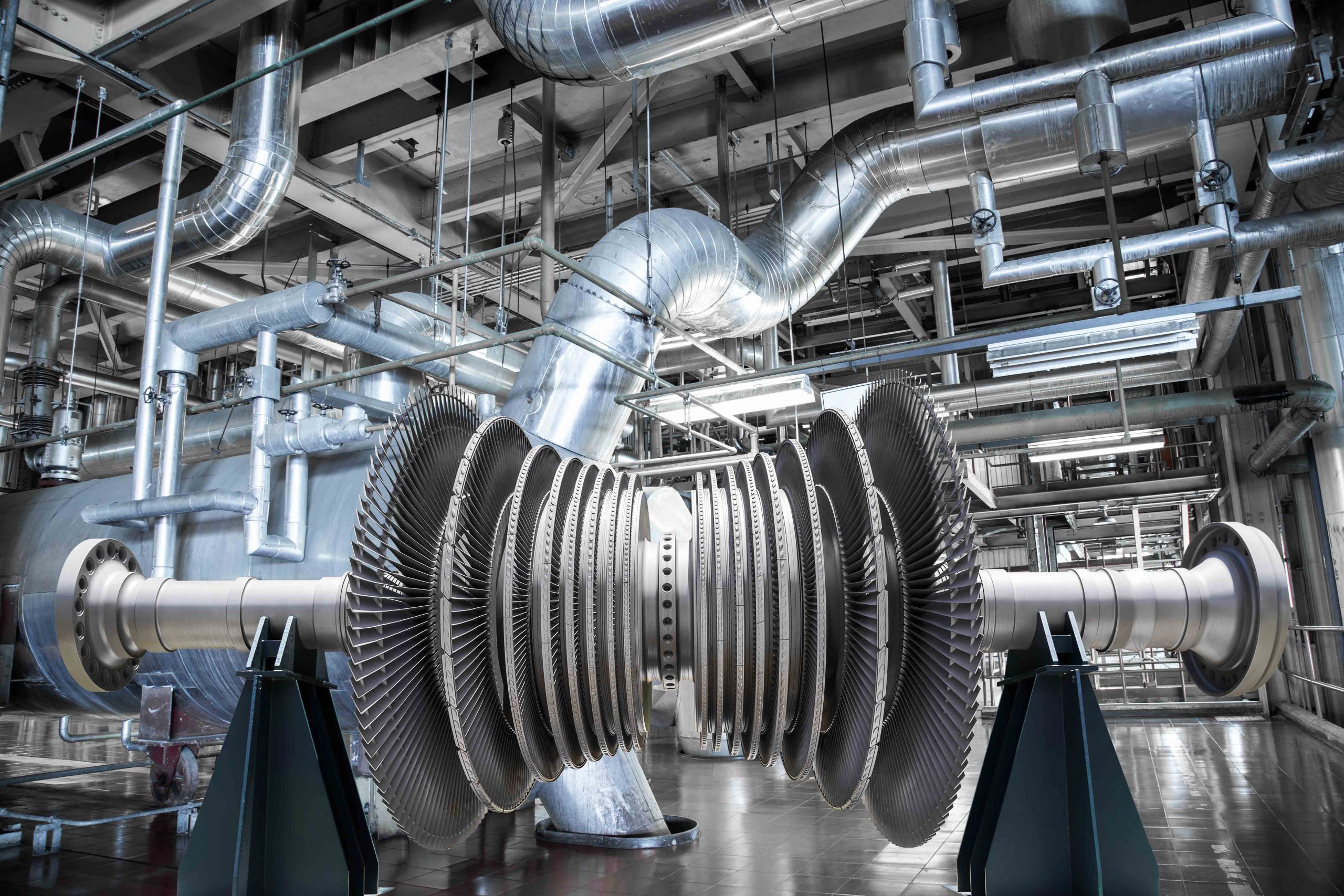
construction and supply, installation and maintenance.


construction and supply, installation and maintenance.


construction and supply, installation and maintenance.

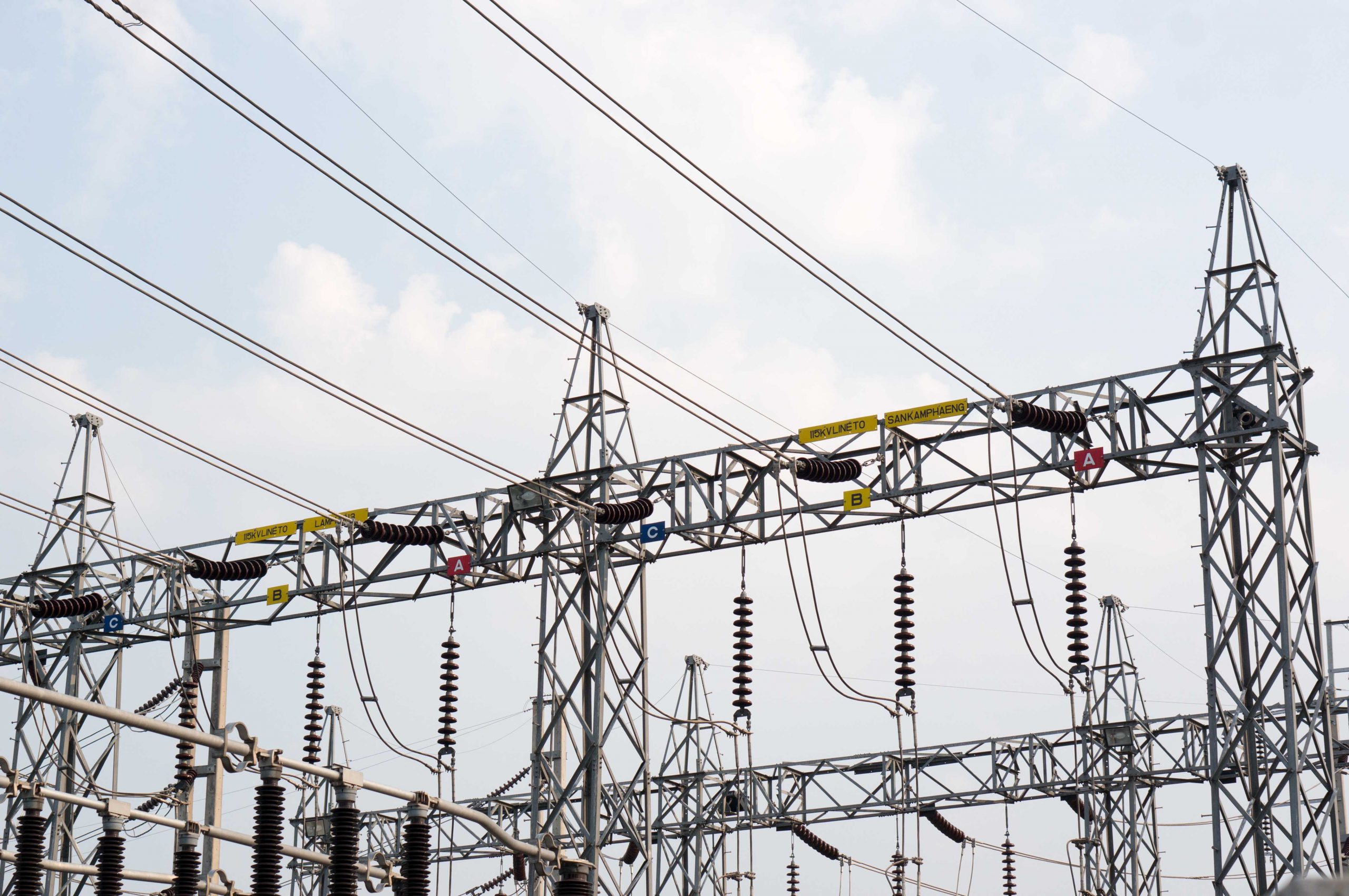
construction and supply, installation and maintenance.

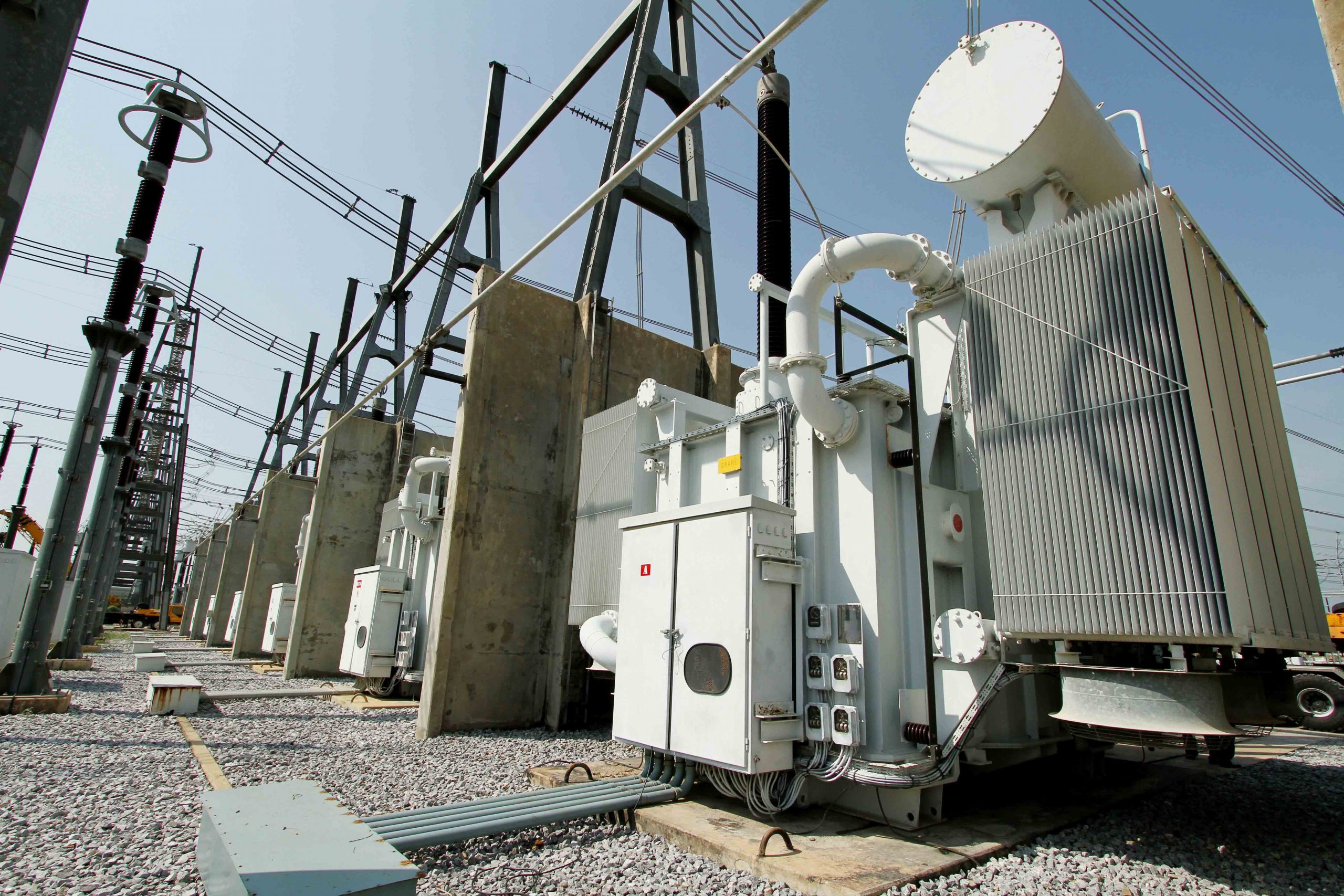
construction and supply, installation and maintenance.

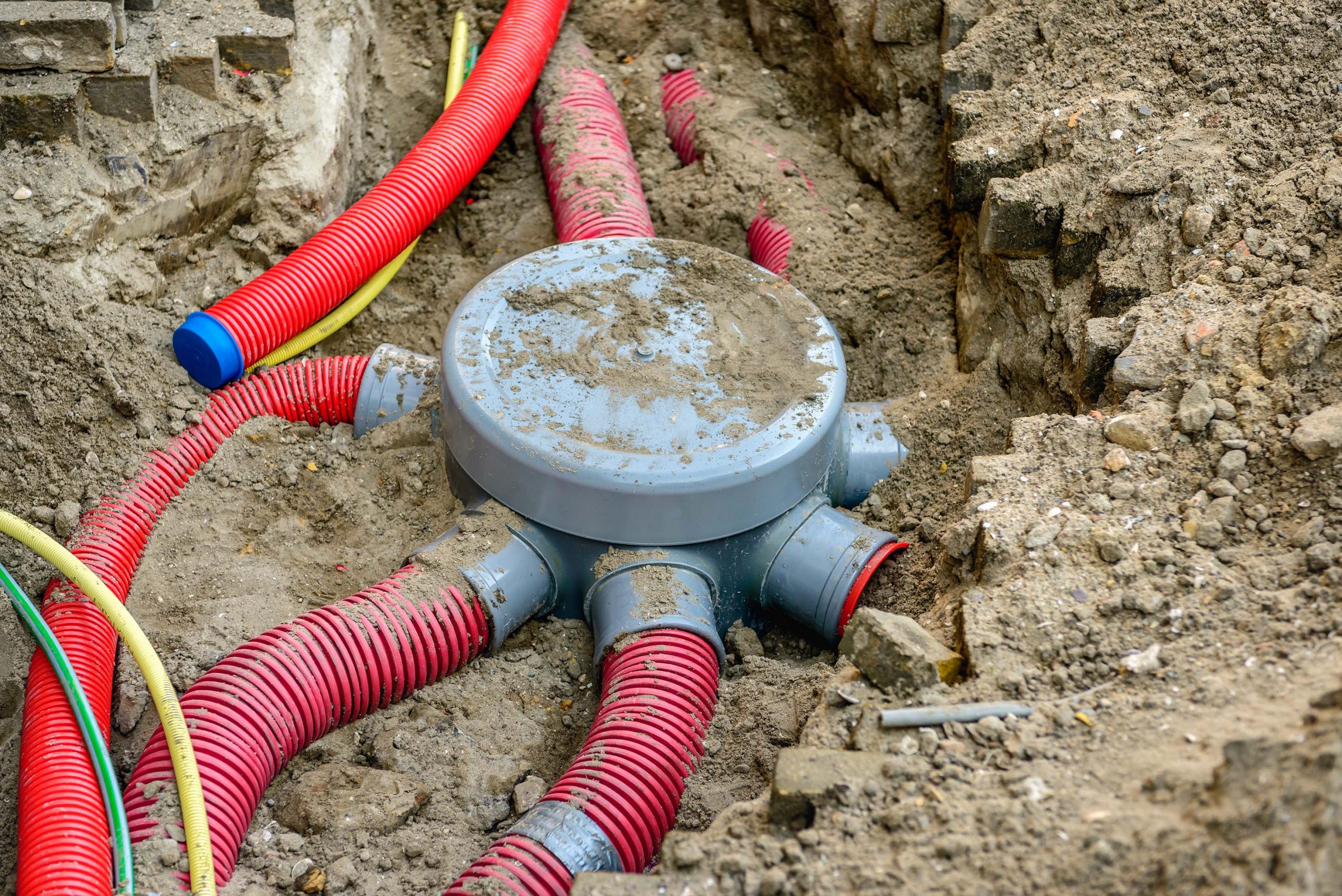
construction and supply, installation and maintenance.


construction and supply, installation and maintenance.

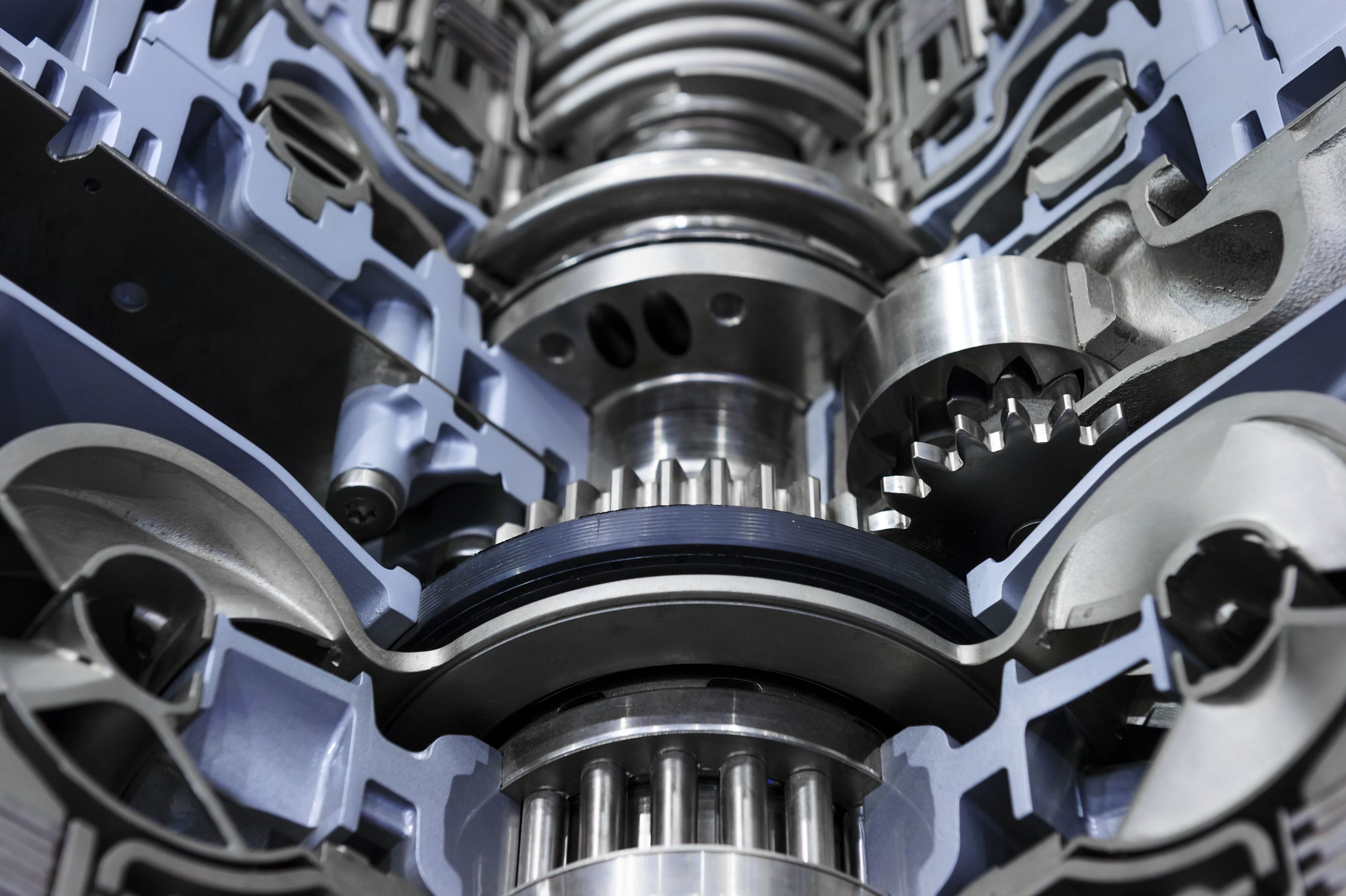
construction and supply, installation and maintenance.


construction and supply, installation and maintenance.


construction and supply, installation and maintenance.


construction and supply, installation and maintenance.

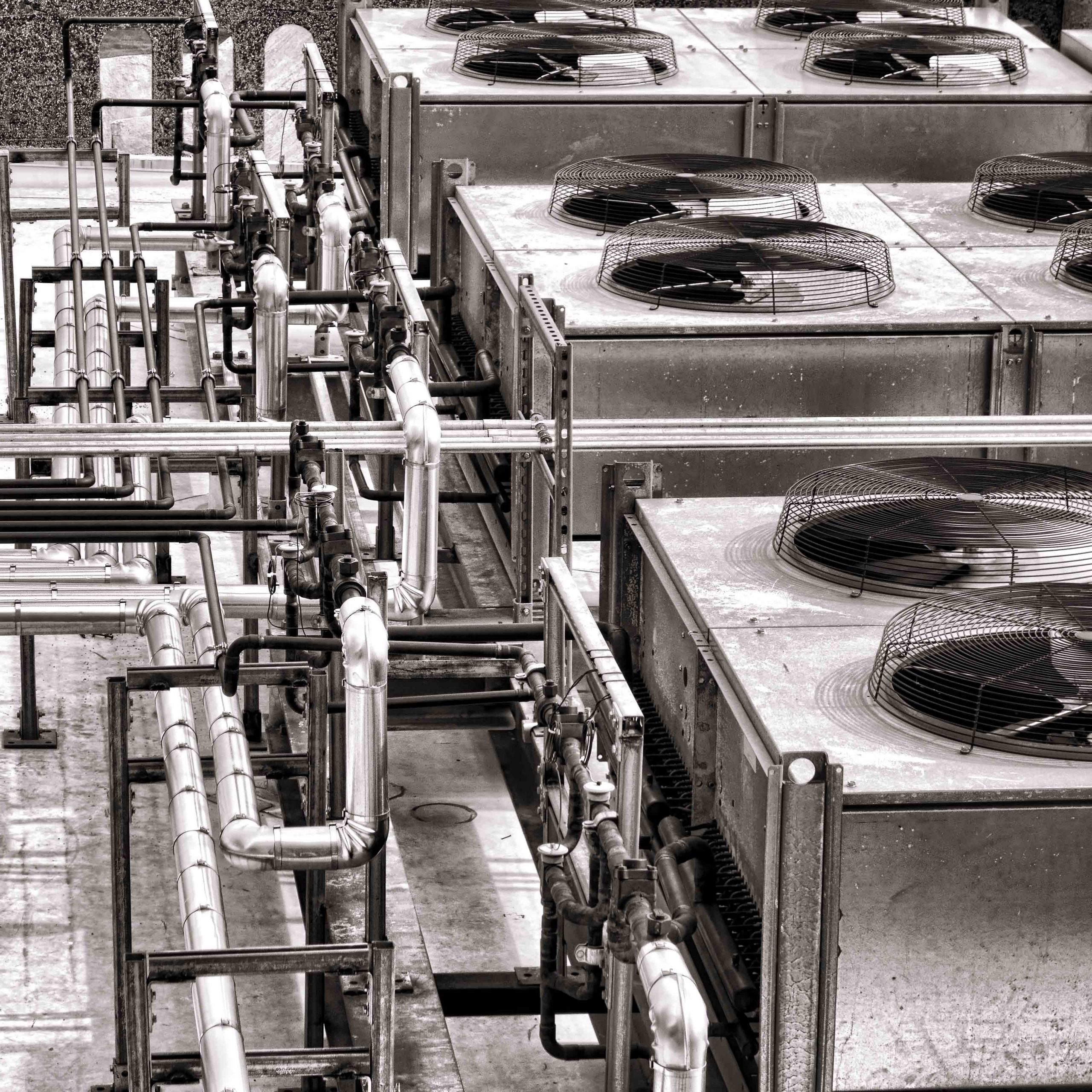
construction and supply, installation and maintenance.


construction and supply, installation and maintenance.


construction and supply, installation and maintenance.


construction and supply, installation and maintenance.

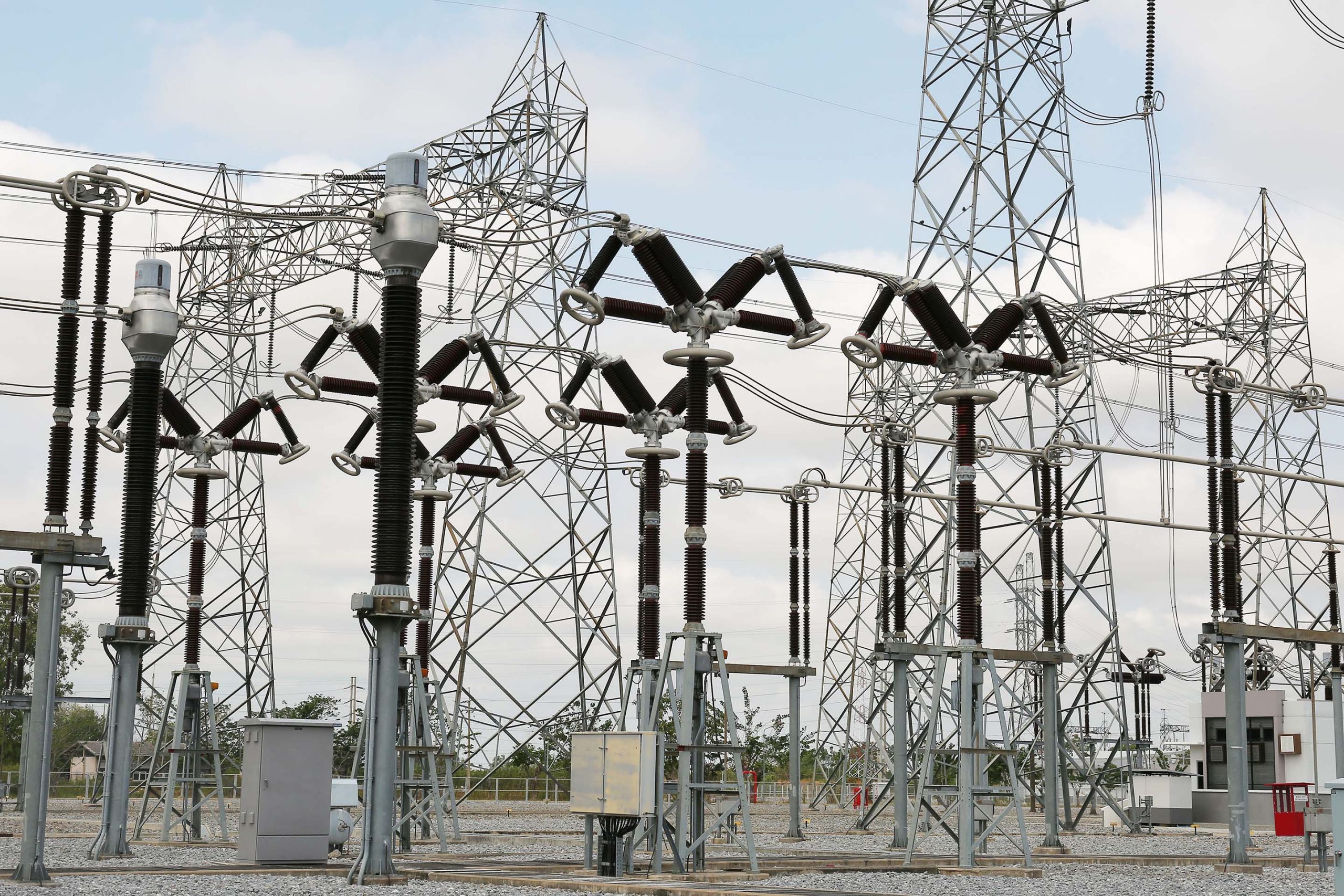
construction and supply, installation and maintenance.


construction and supply, installation and maintenance.

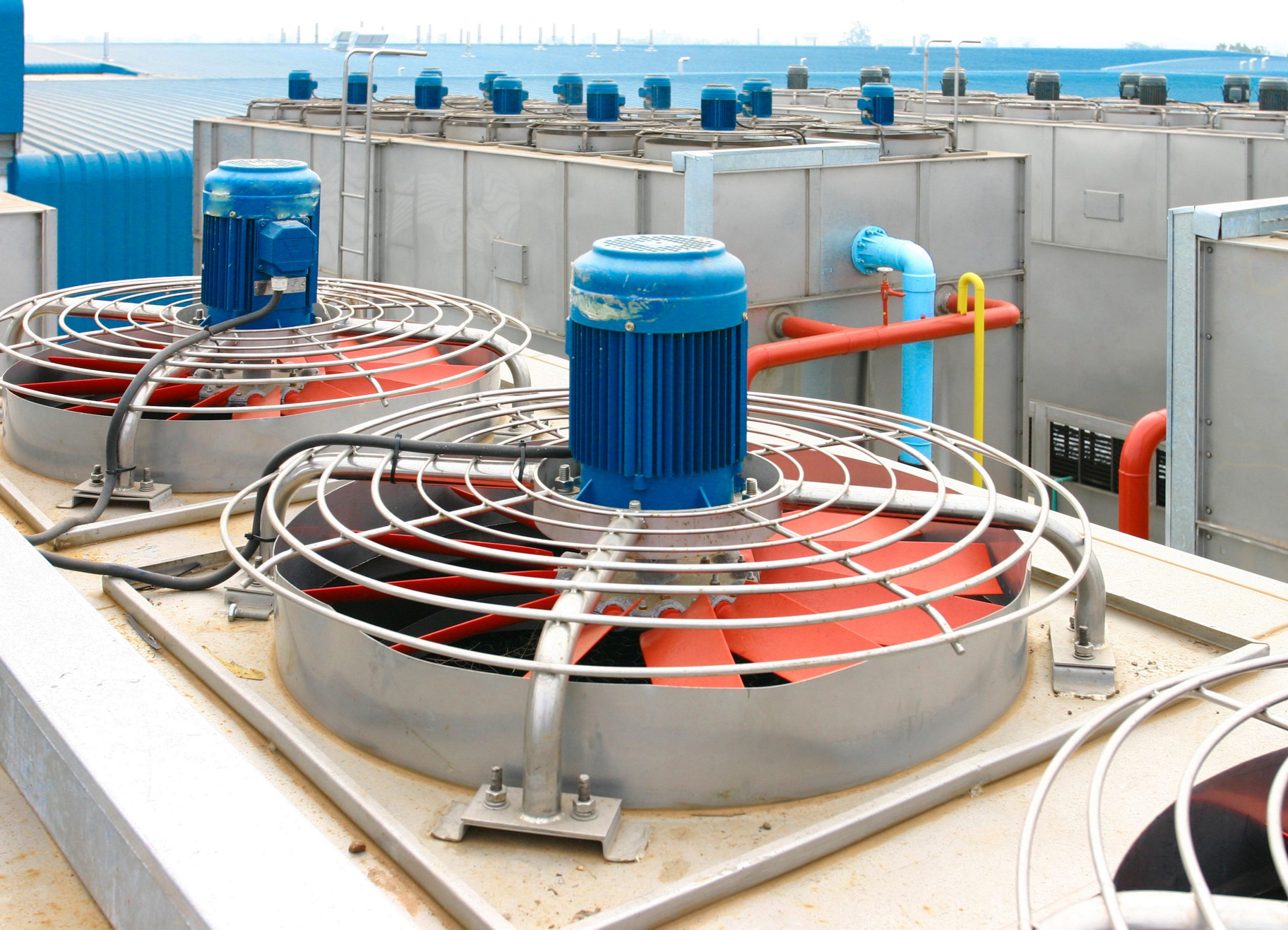
construction and supply, installation and maintenance.

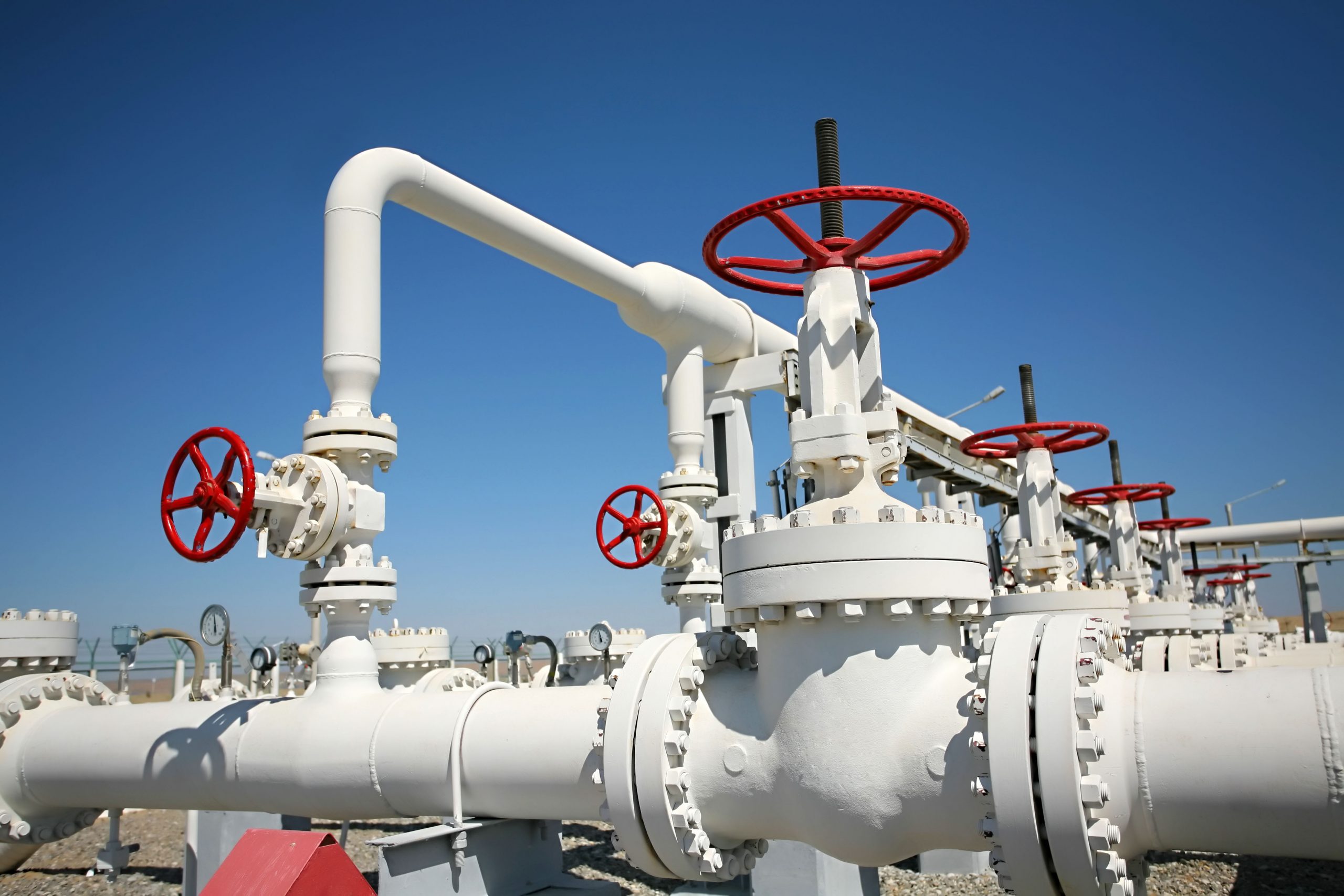
construction and supply, installation and maintenance.


construction and supply, installation and maintenance.

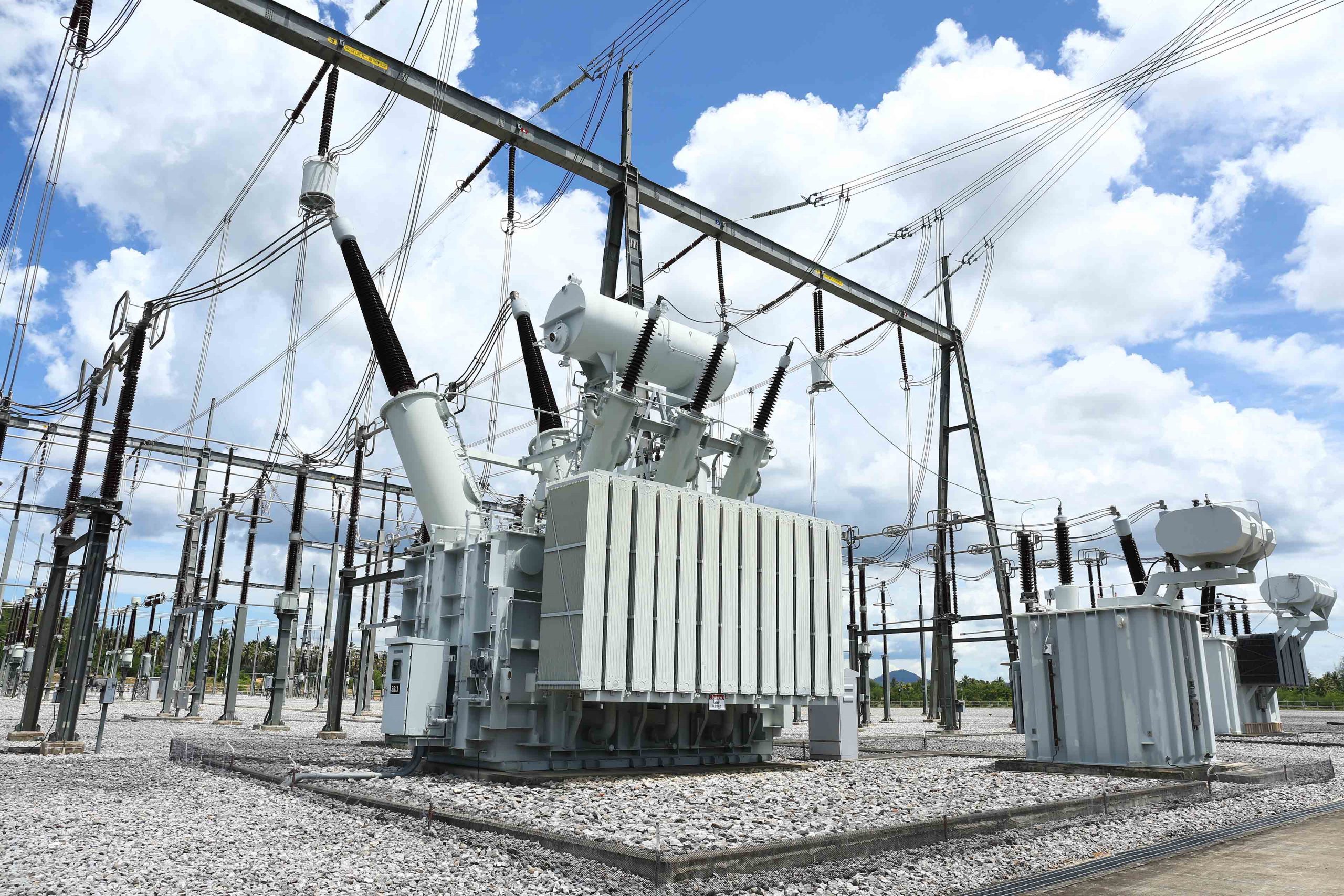
construction and supply, installation and maintenance.


construction and supply, installation and maintenance.


construction and supply, installation and maintenance.

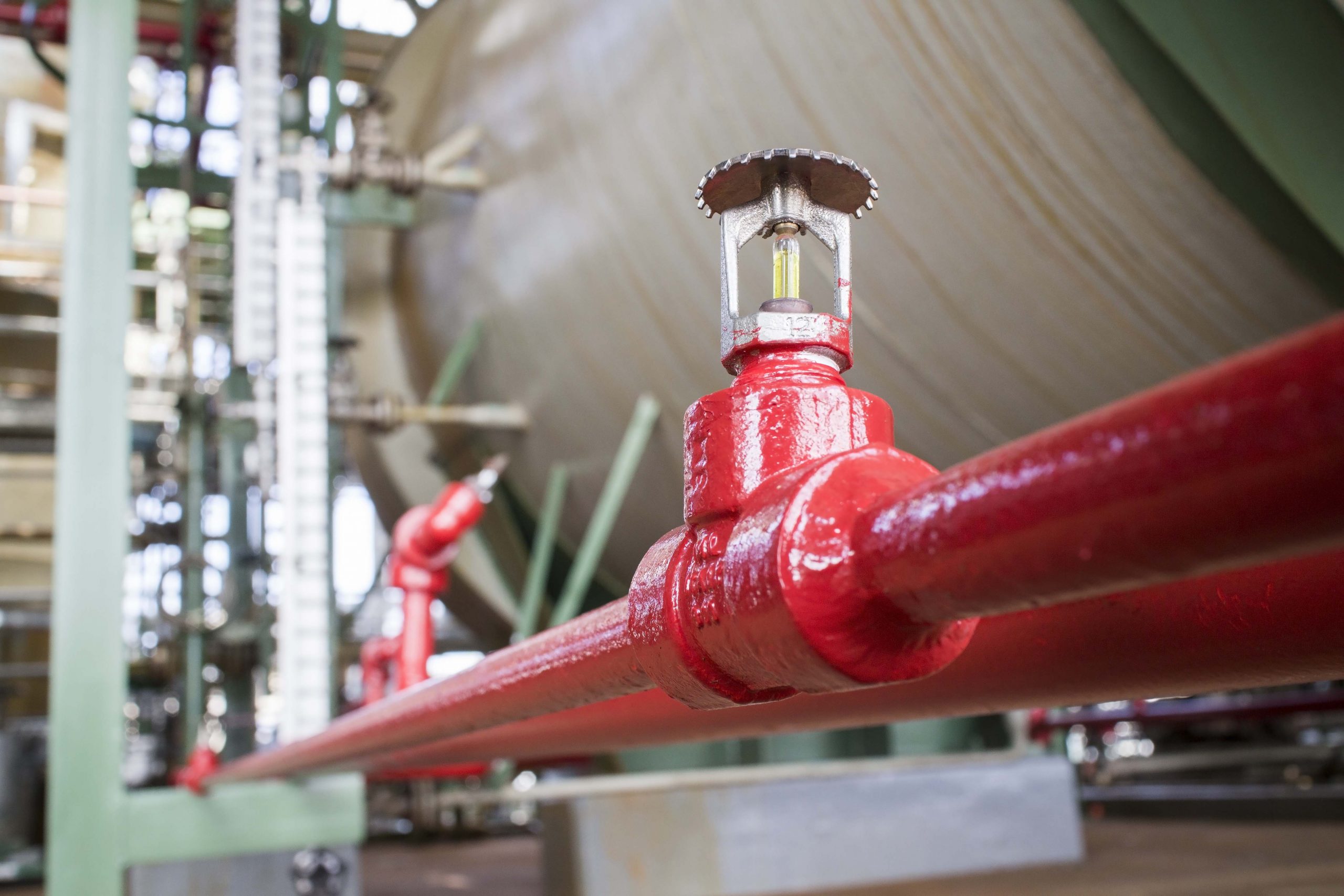
construction and supply, installation and maintenance.

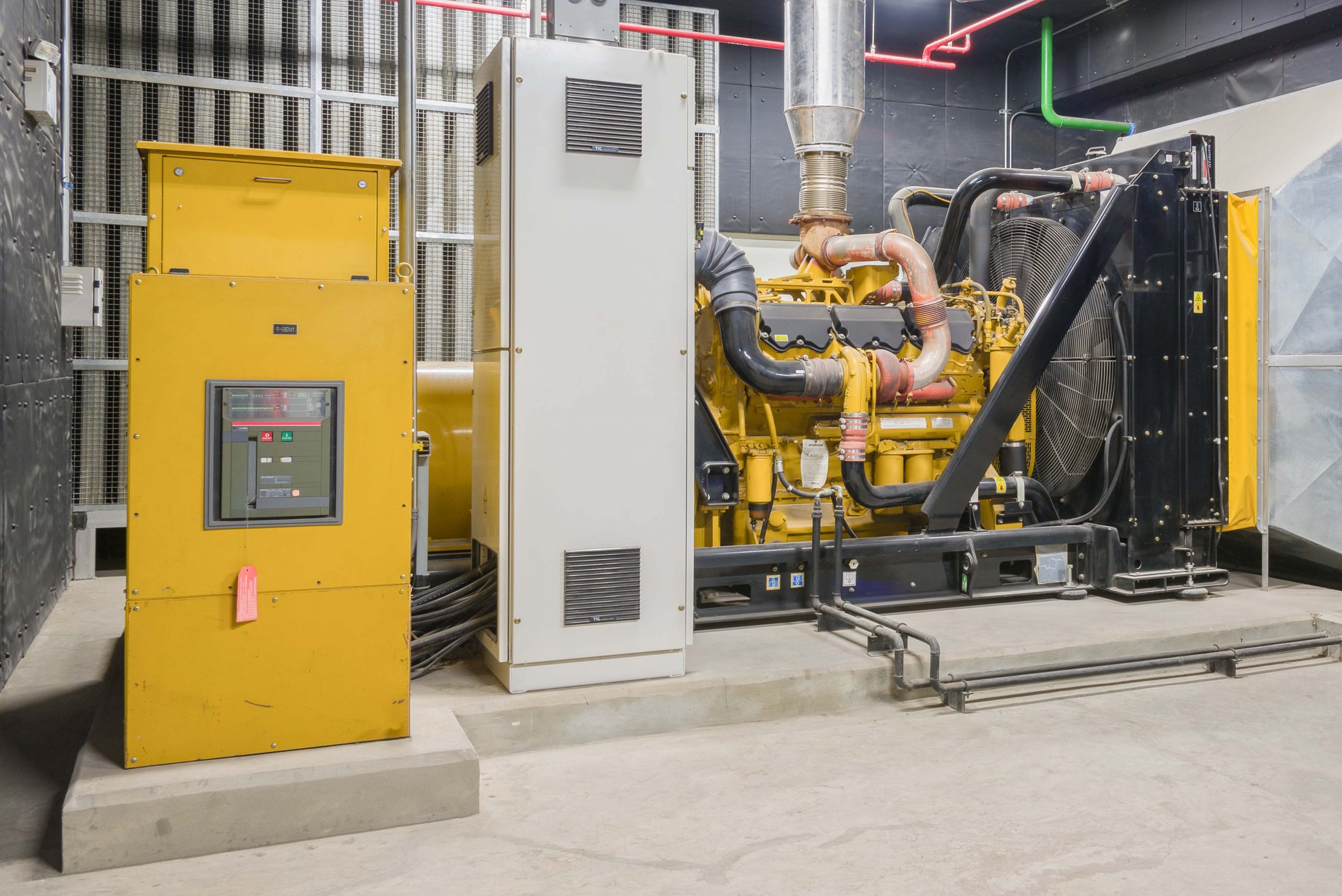
construction and supply, installation and maintenance.

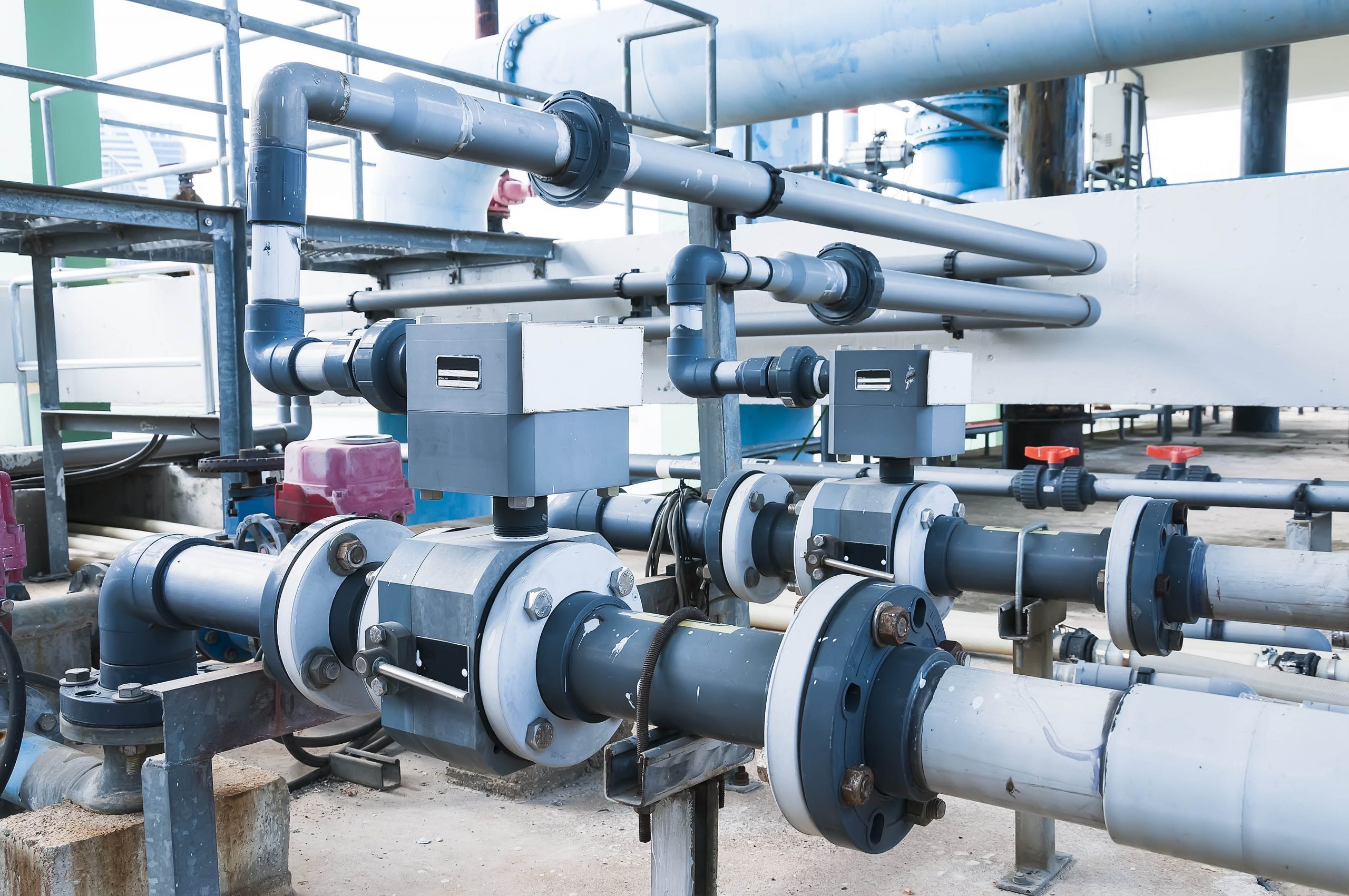
construction and supply, installation and maintenance.

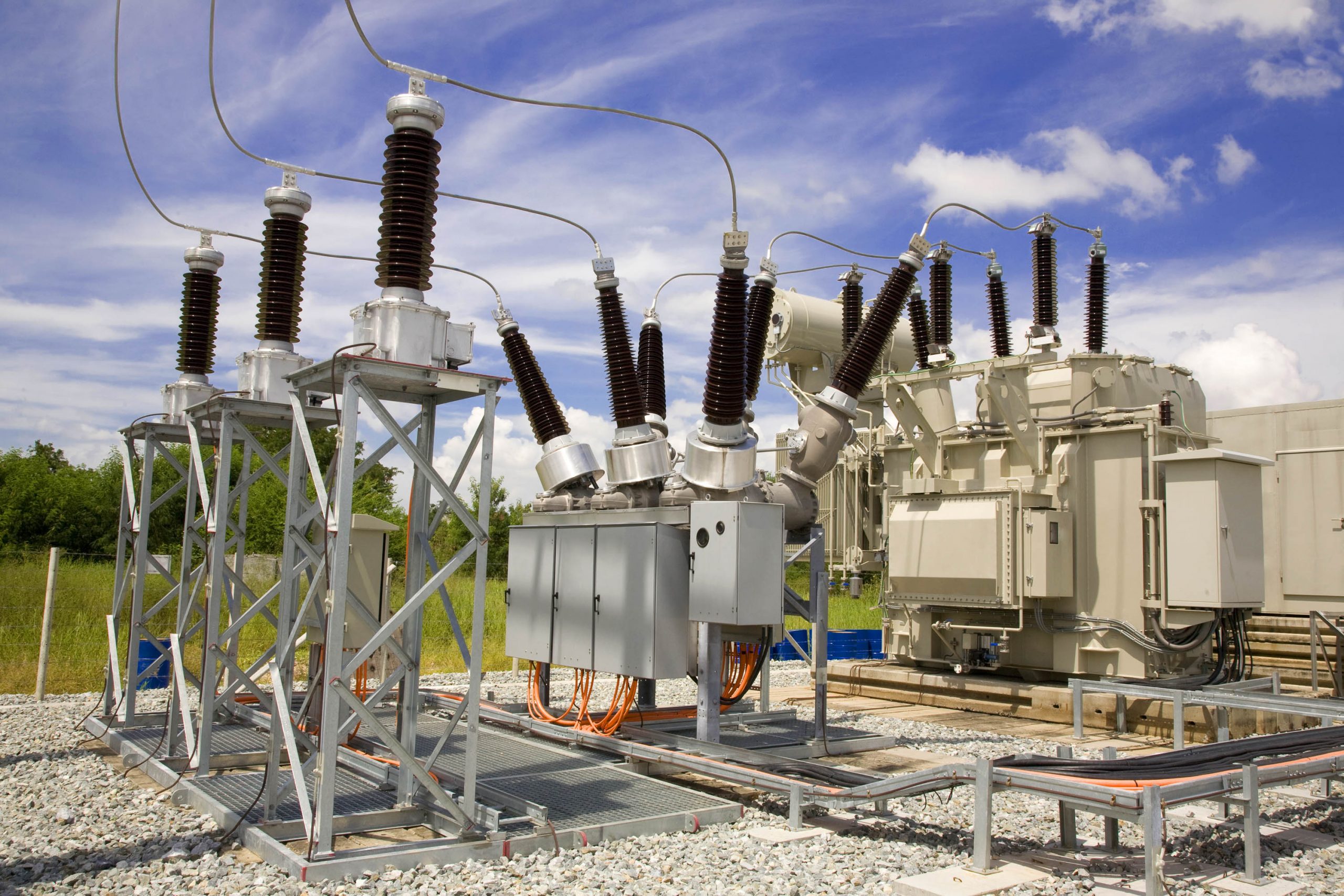
construction and supply, installation and maintenance.

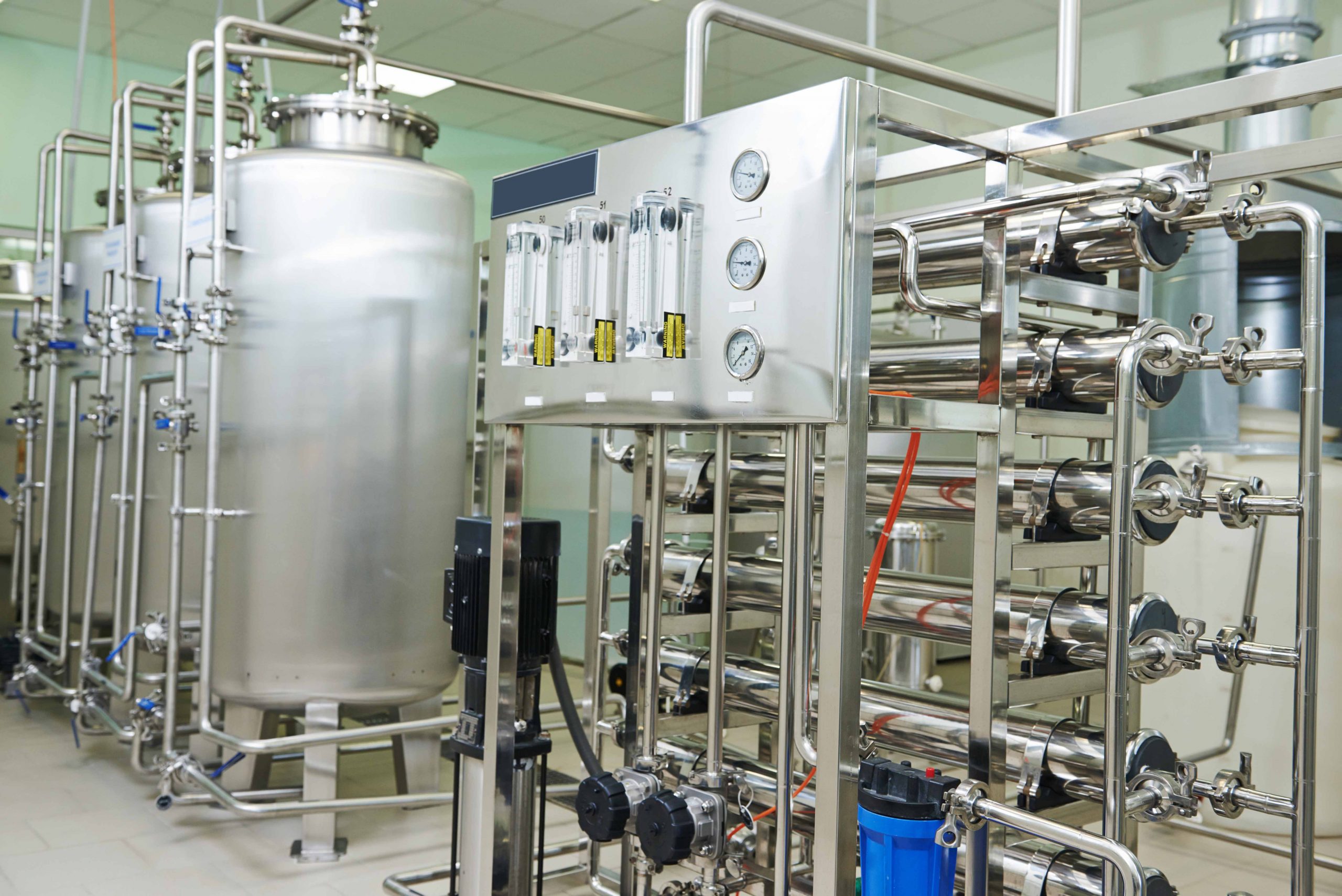
construction and supply, installation and maintenance.


construction and supply, installation and maintenance.

Computer peripherals are devices such as monitors, modems, or printers that are external to a computer
system but work closely with it. Digital computer systems consist of a central processor unit accompanied by
peripheral devices, which input, output, transfer and store data and information. In the design of many
systems, the function of peripherals, such as printers, disk drives, mice, etc. can be more important than the
particular microprocessor employed. The peripherals are any various devices (including sensors) used to enter
information and instructions into a computer for storage or processing and to deliver the processed data to a
human operator or, in some cases, a machine controlled by the computer. Such devices make up the
peripheral equipment of modern digital computer systems. An input device converts incoming data and
instructions into a pattern of electrical signals in binary code that are comprehensible to a digital computer.
An output device reverses the process, translating the digitized signals into a form intelligible to the user.
